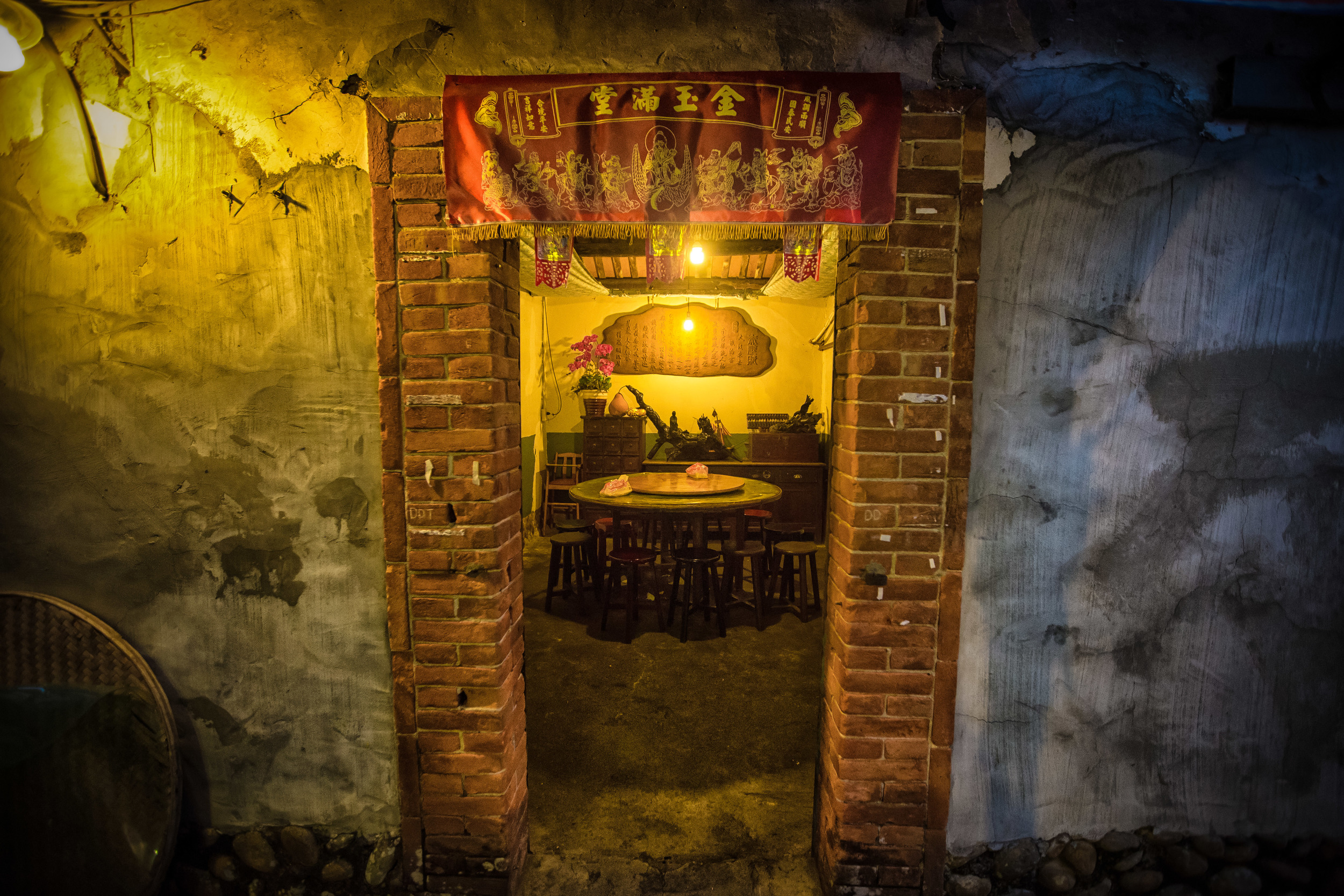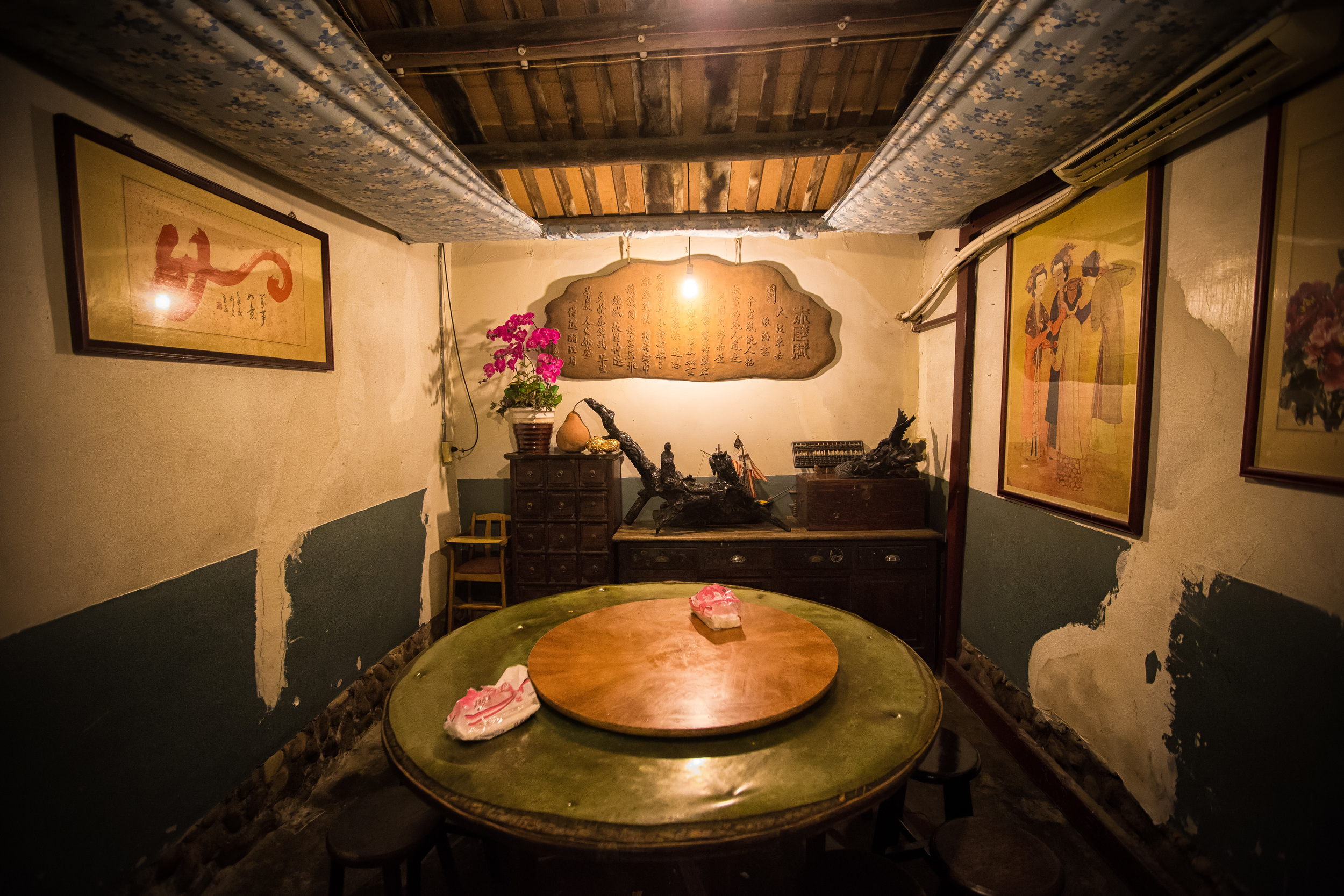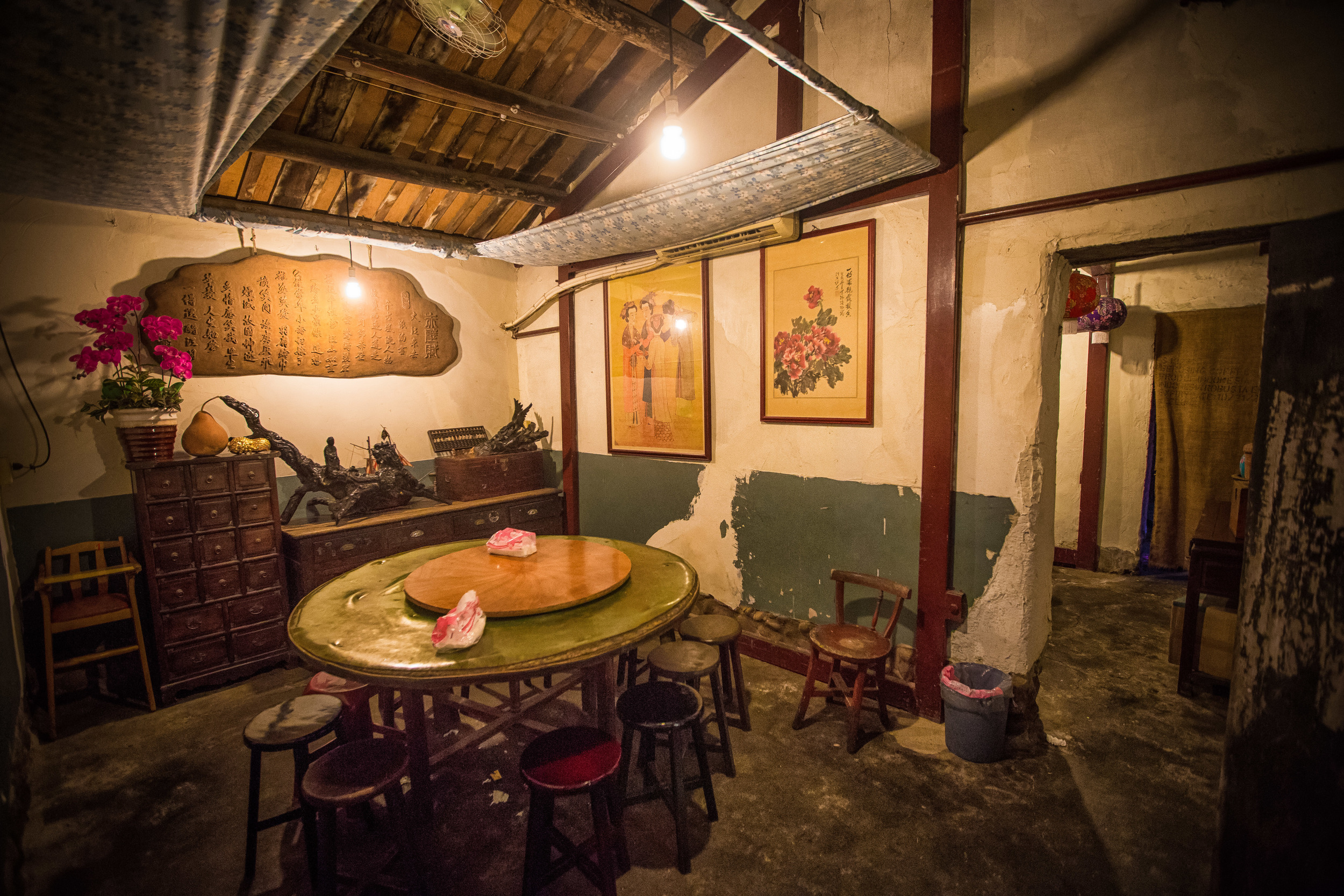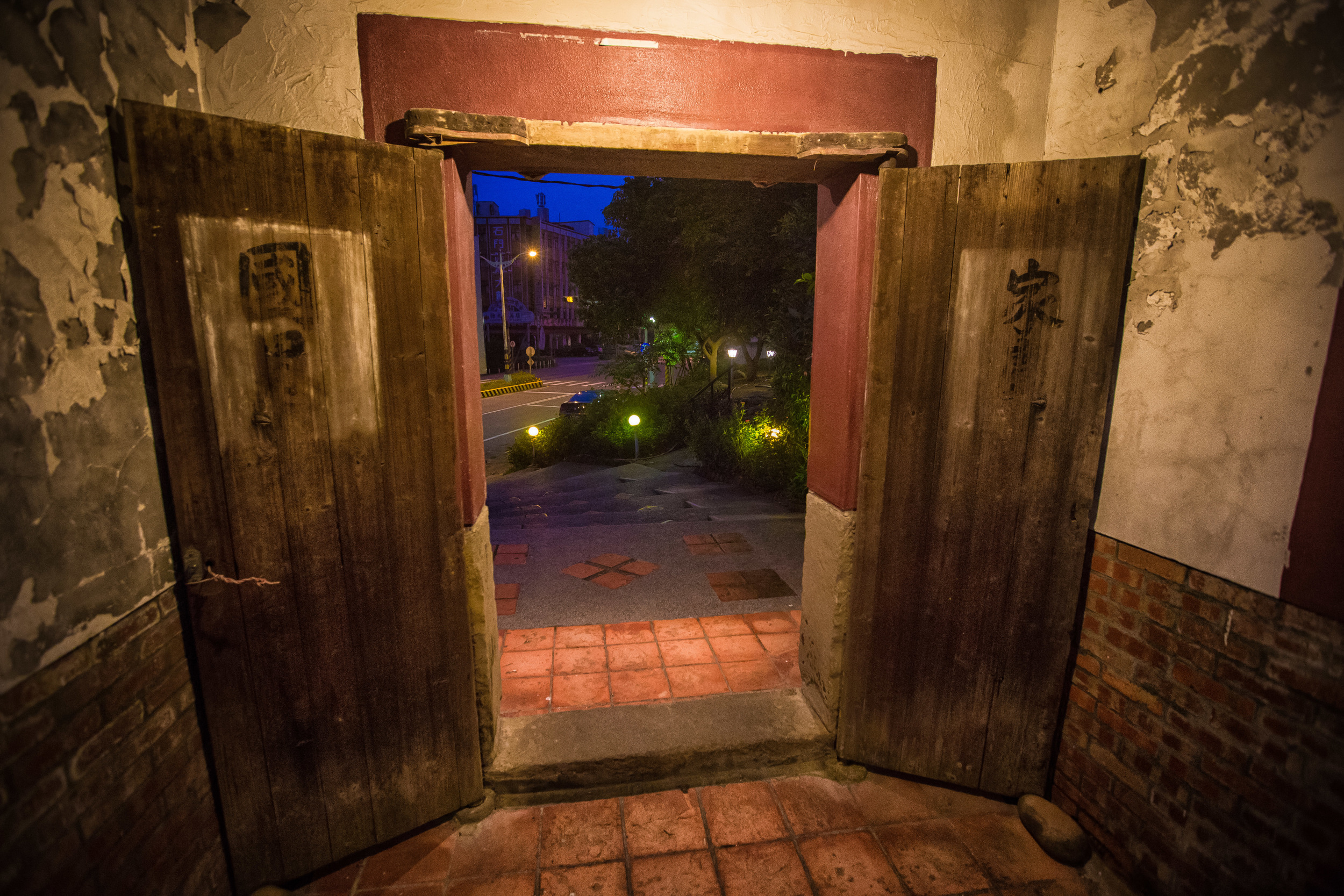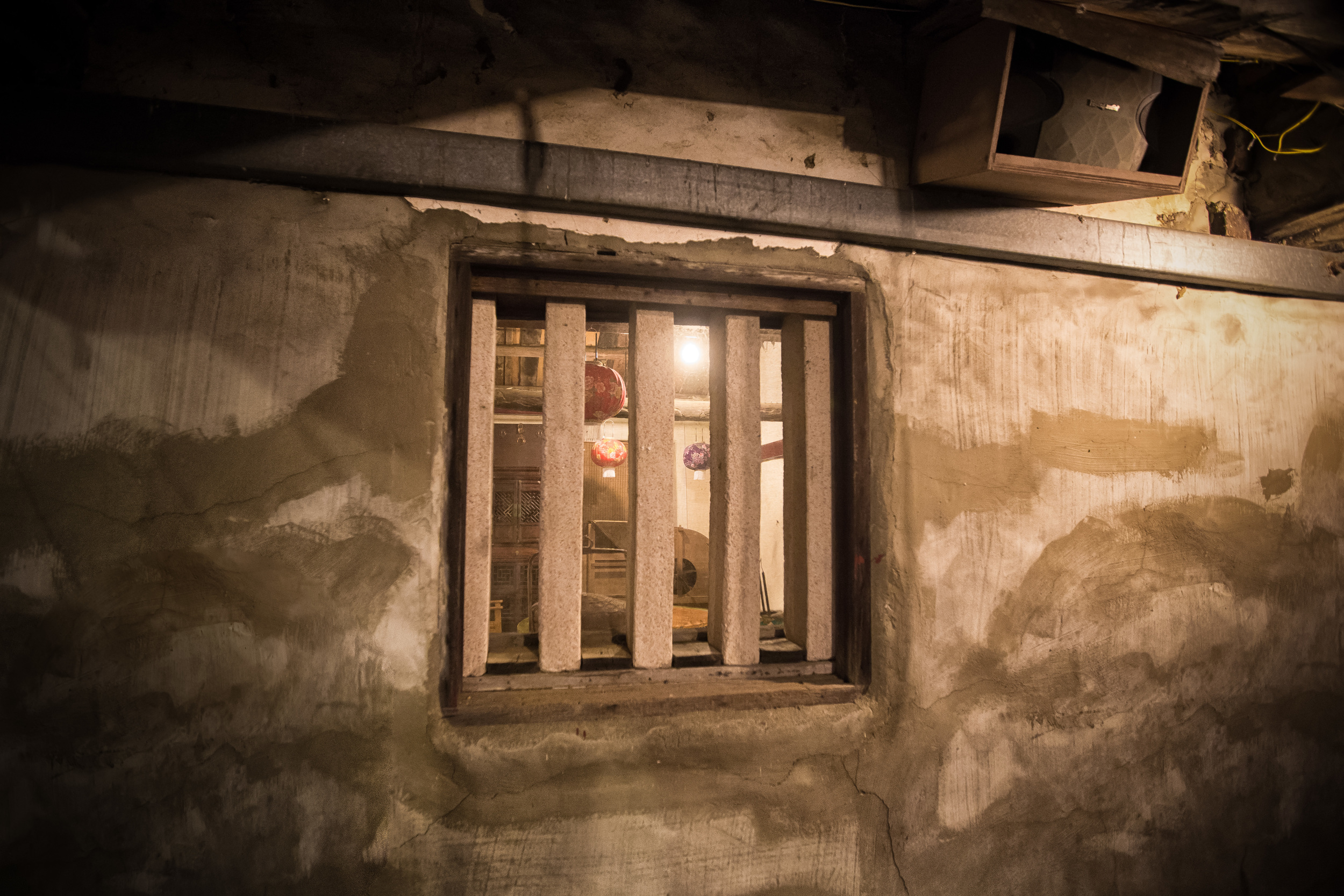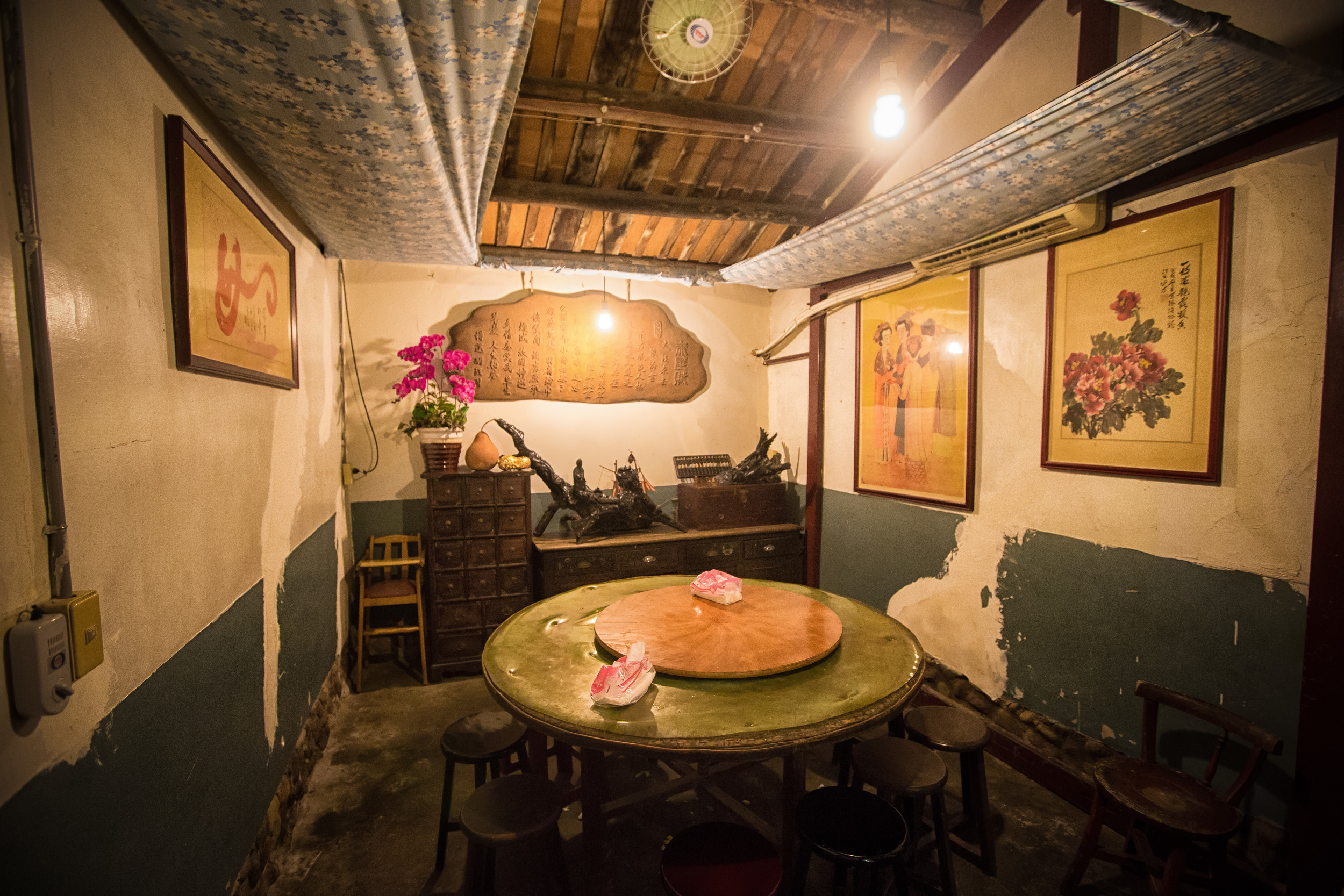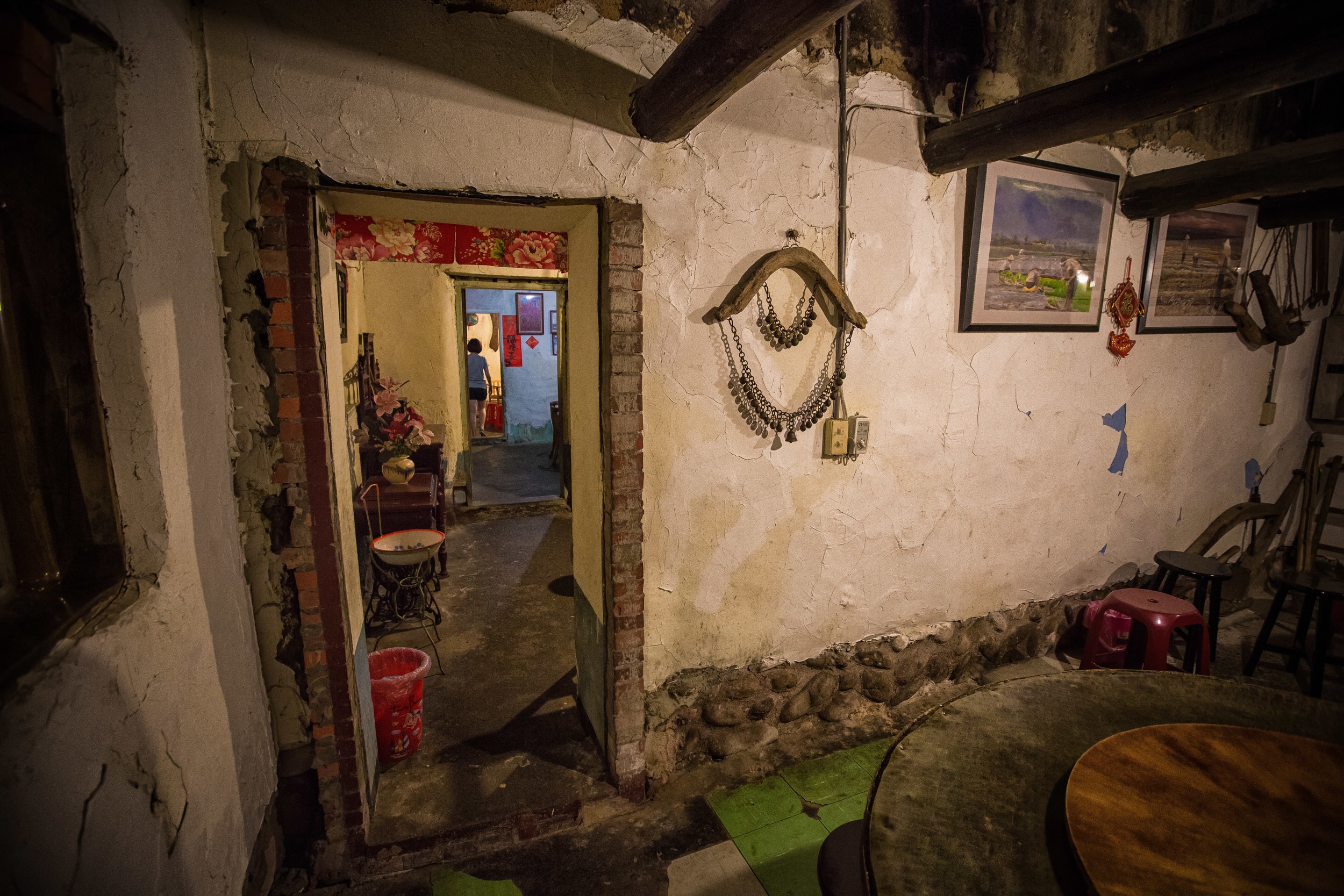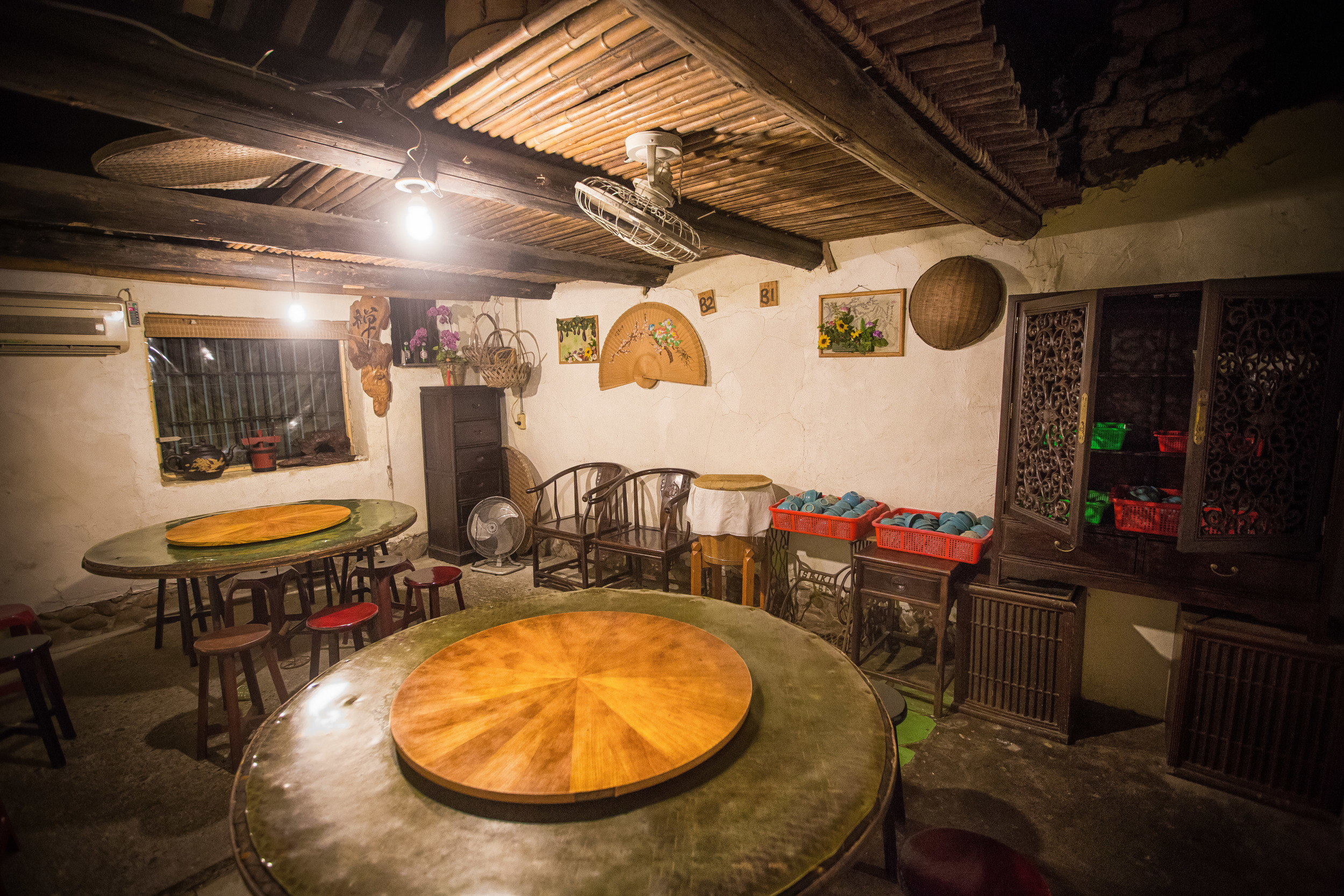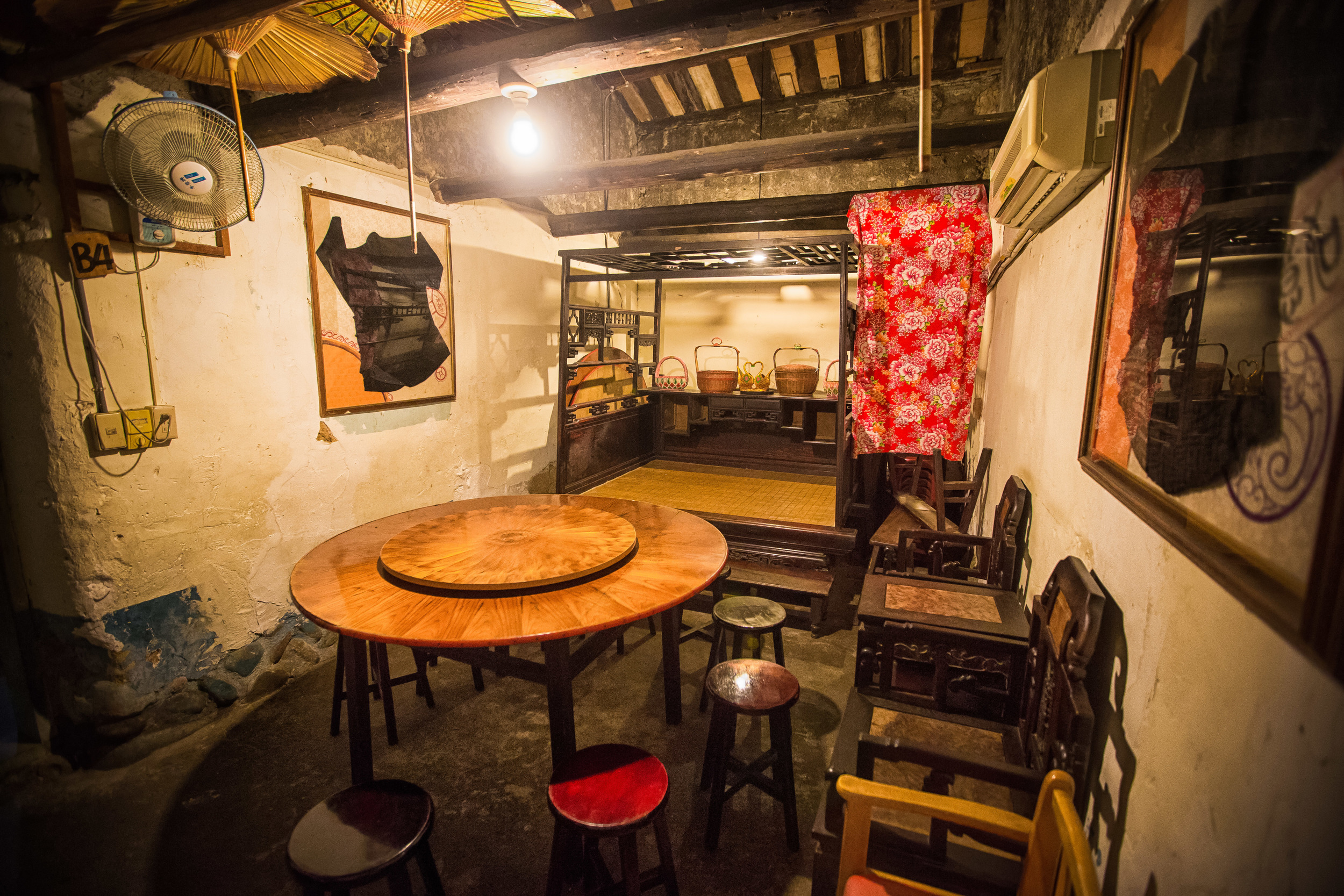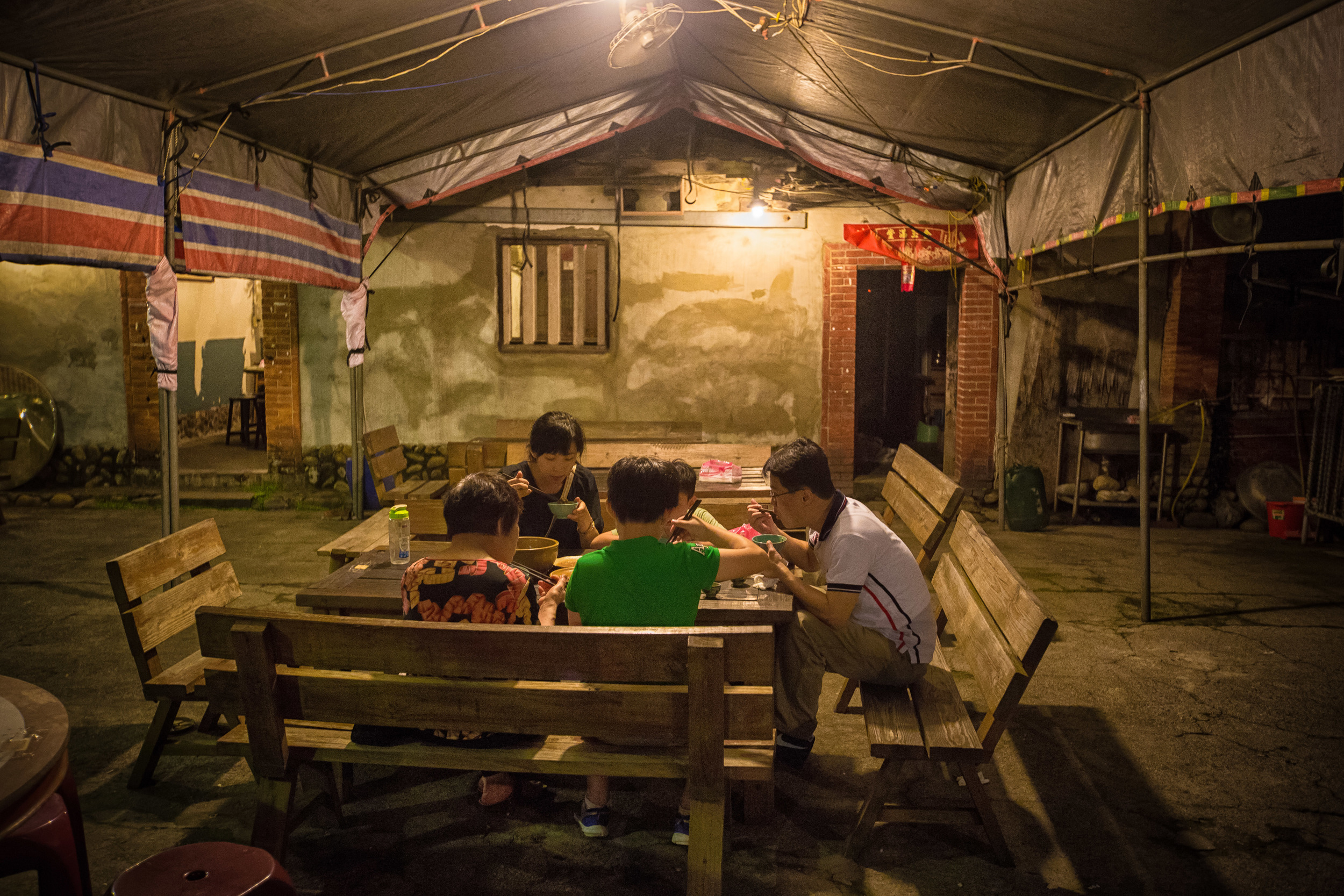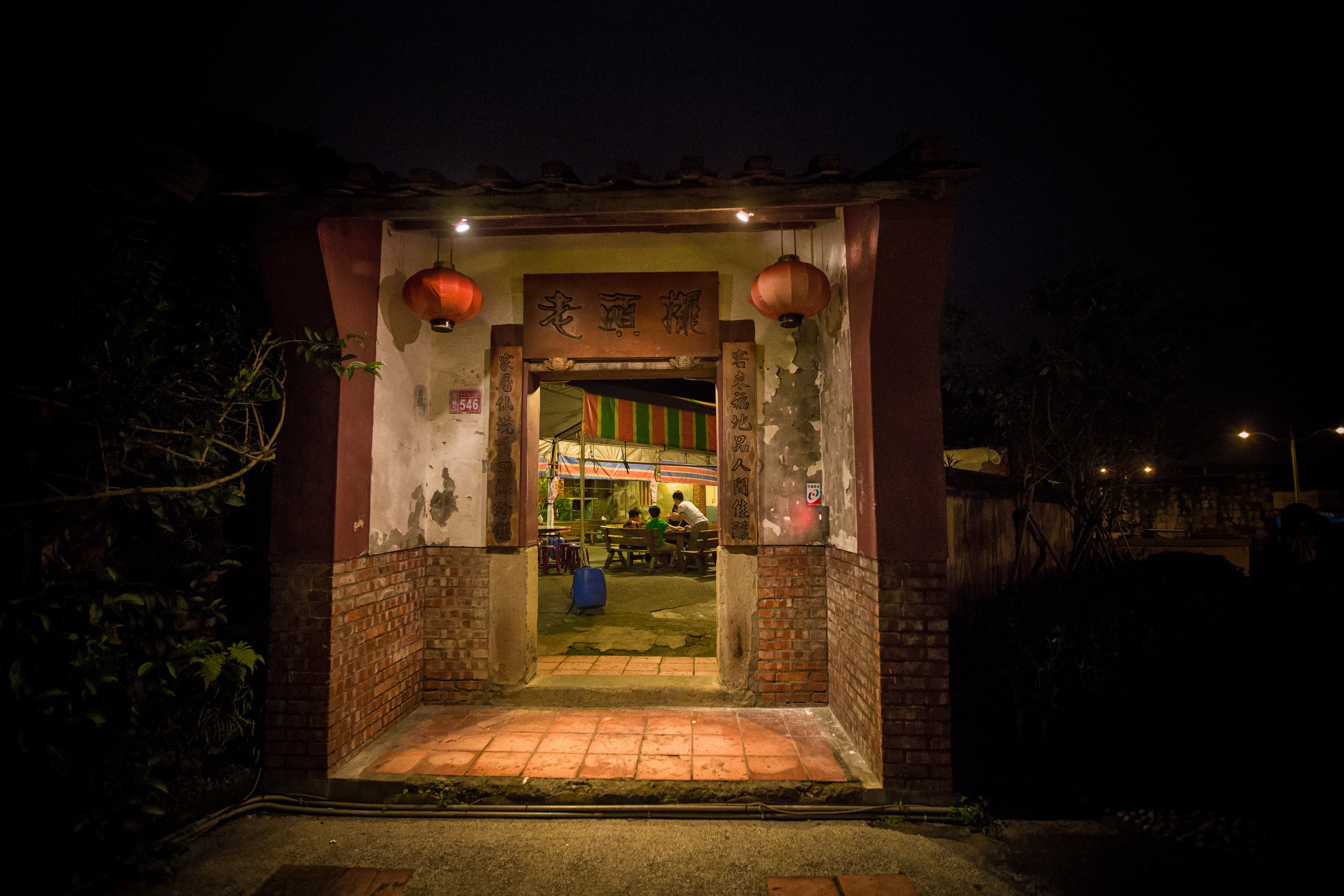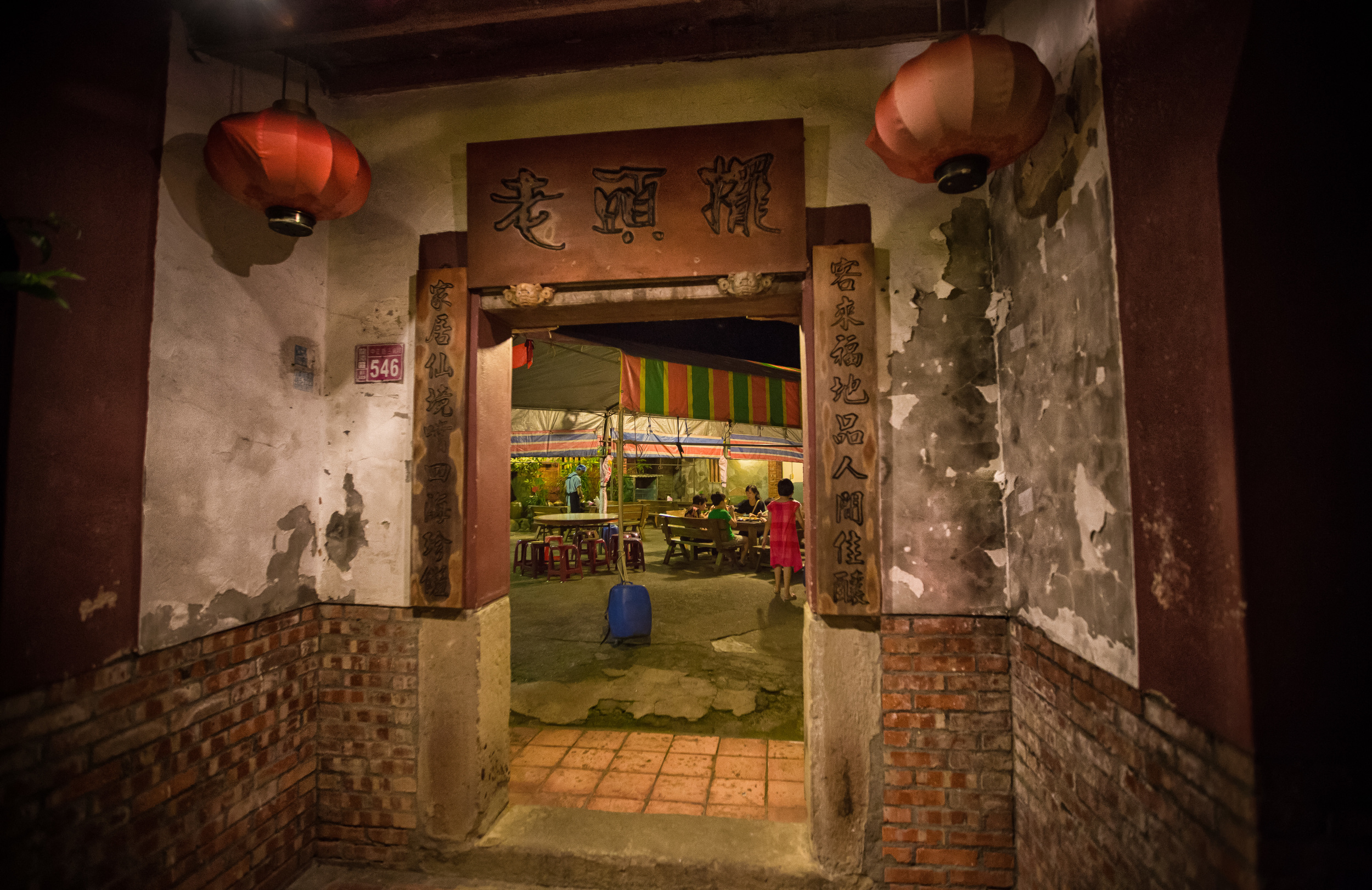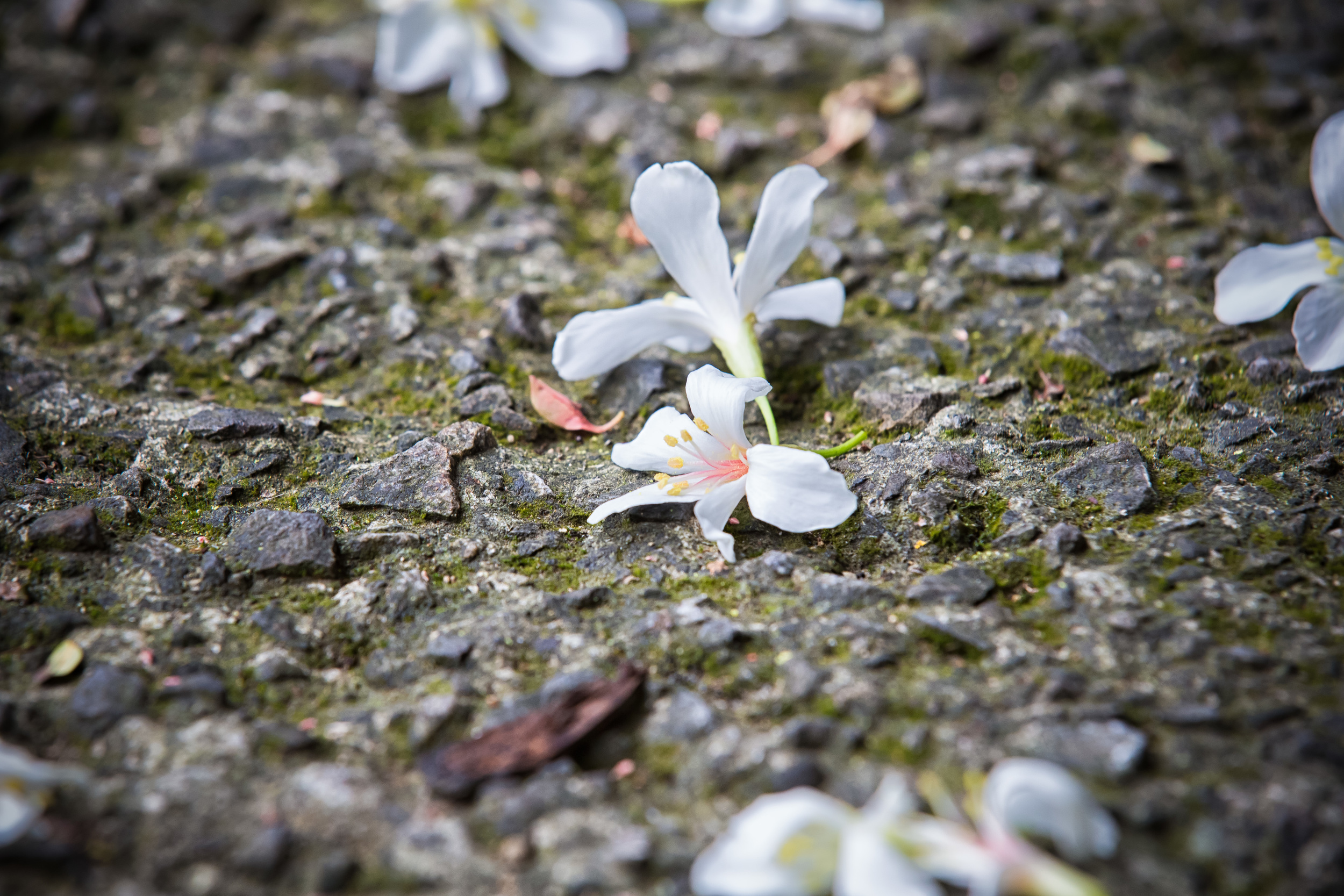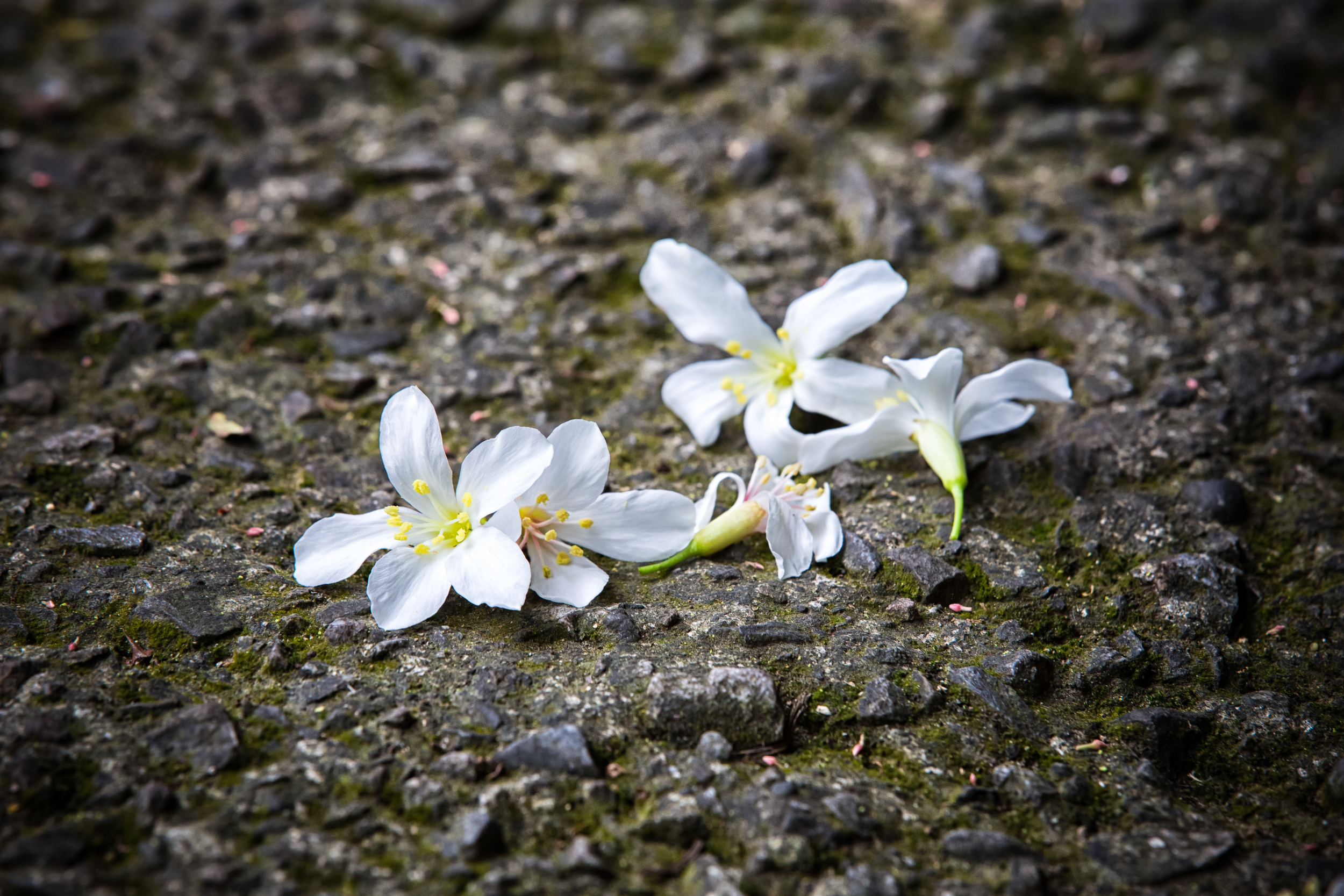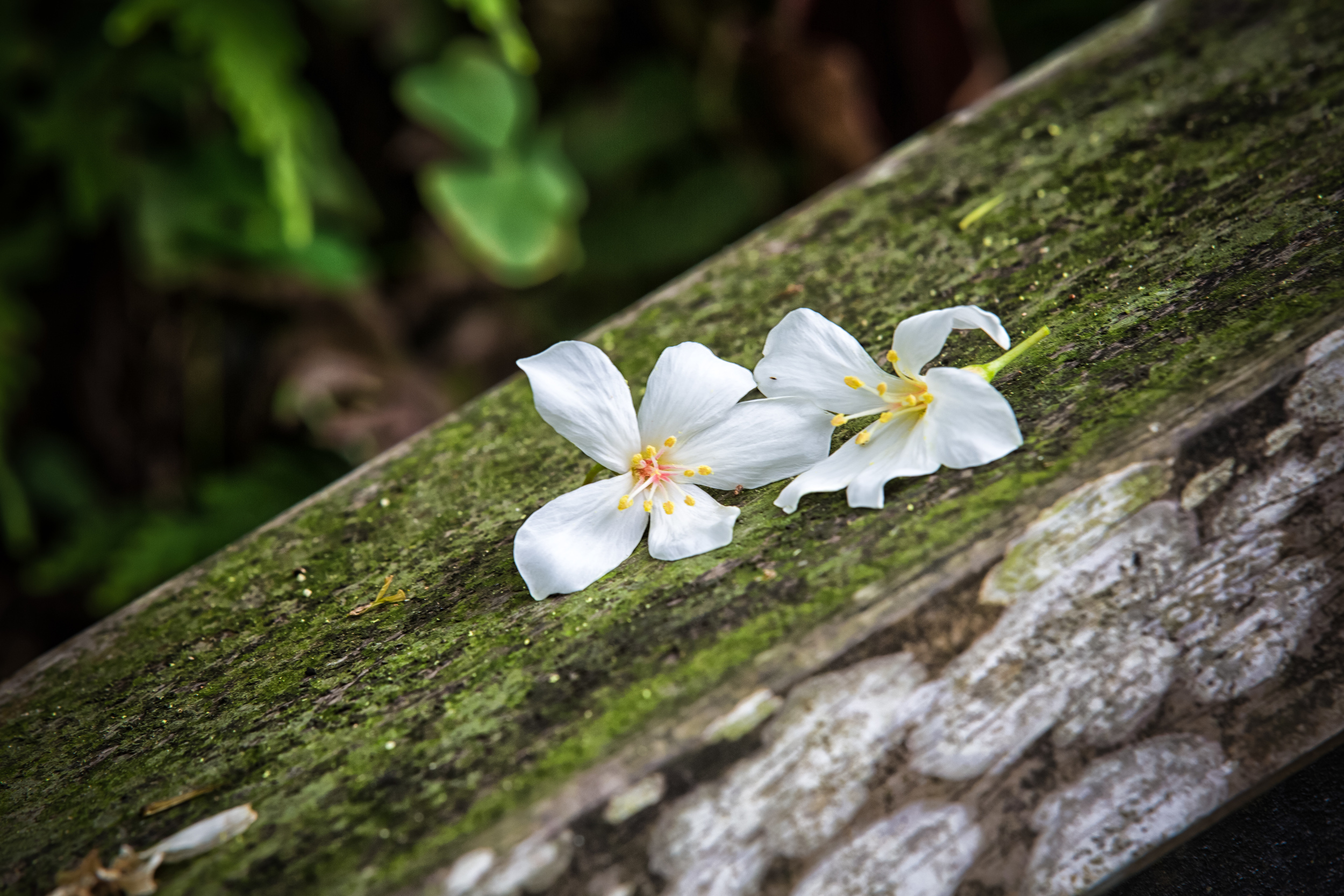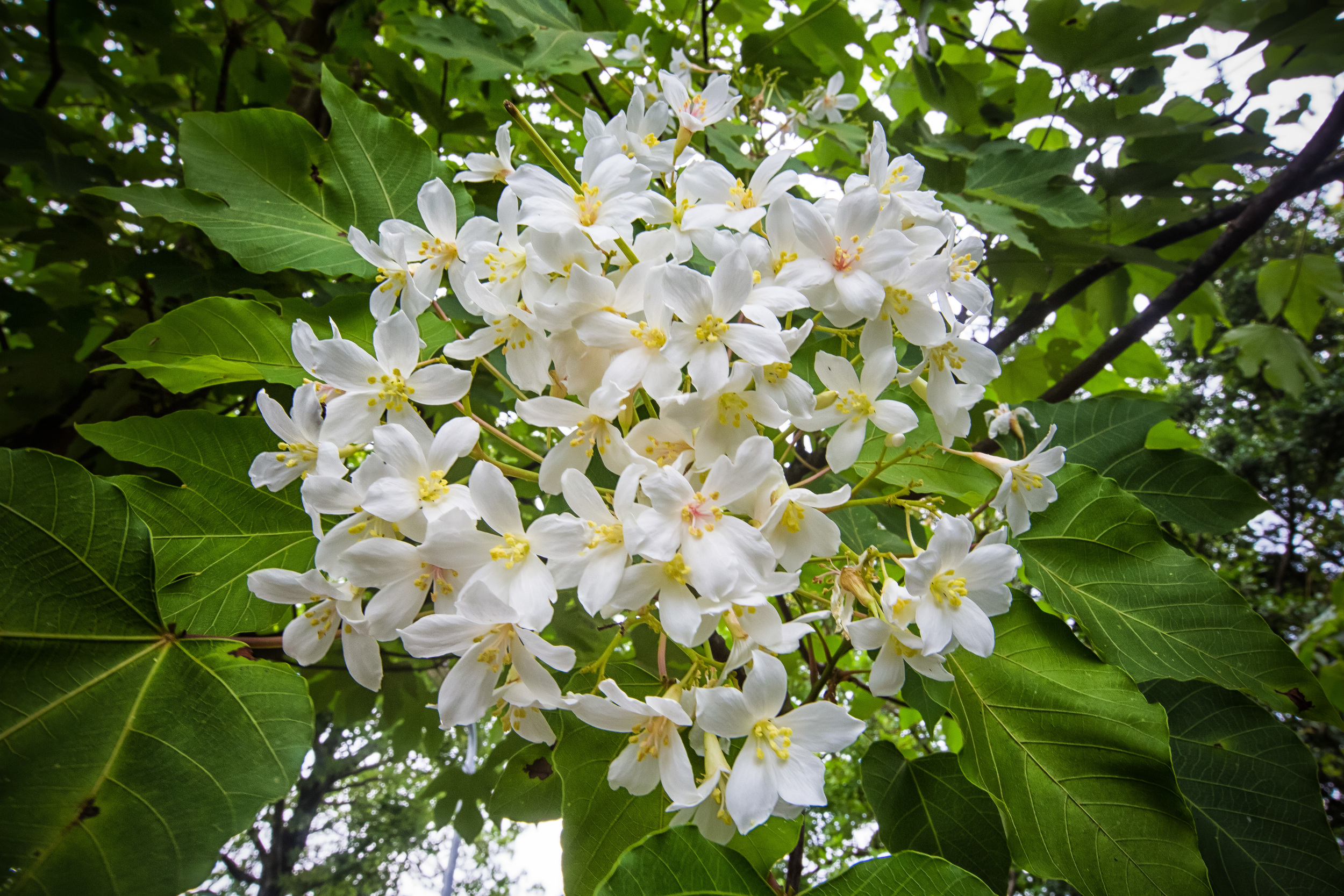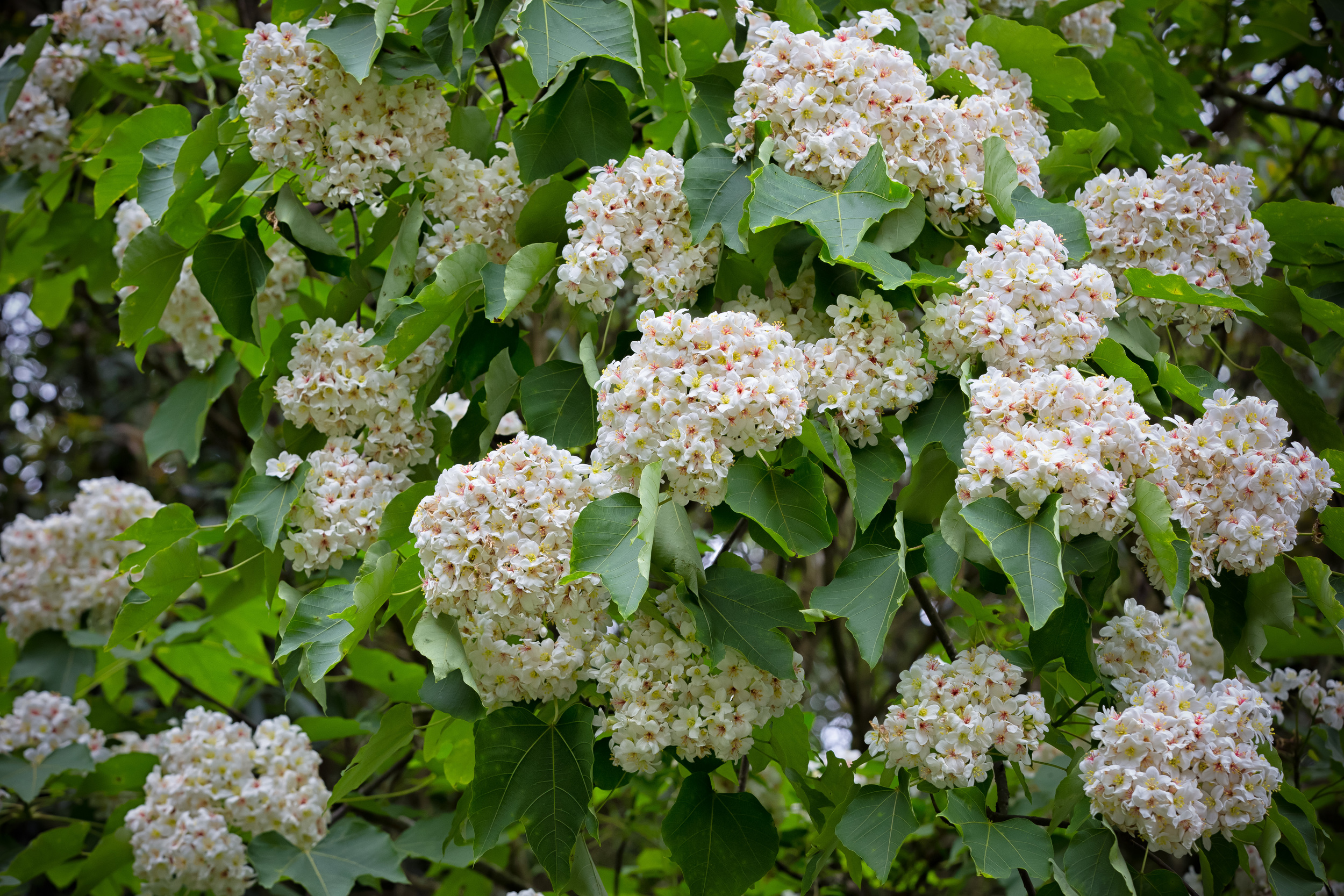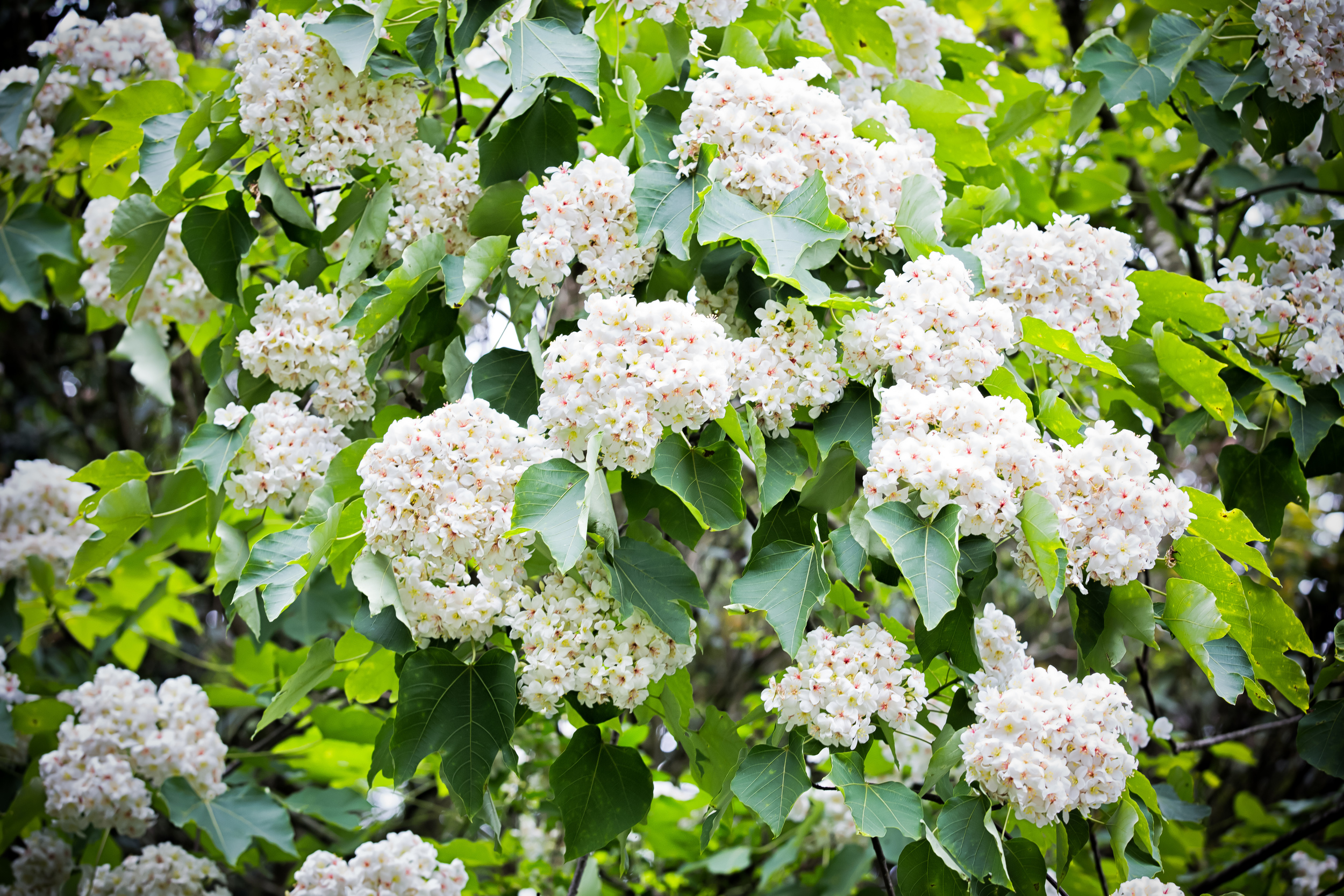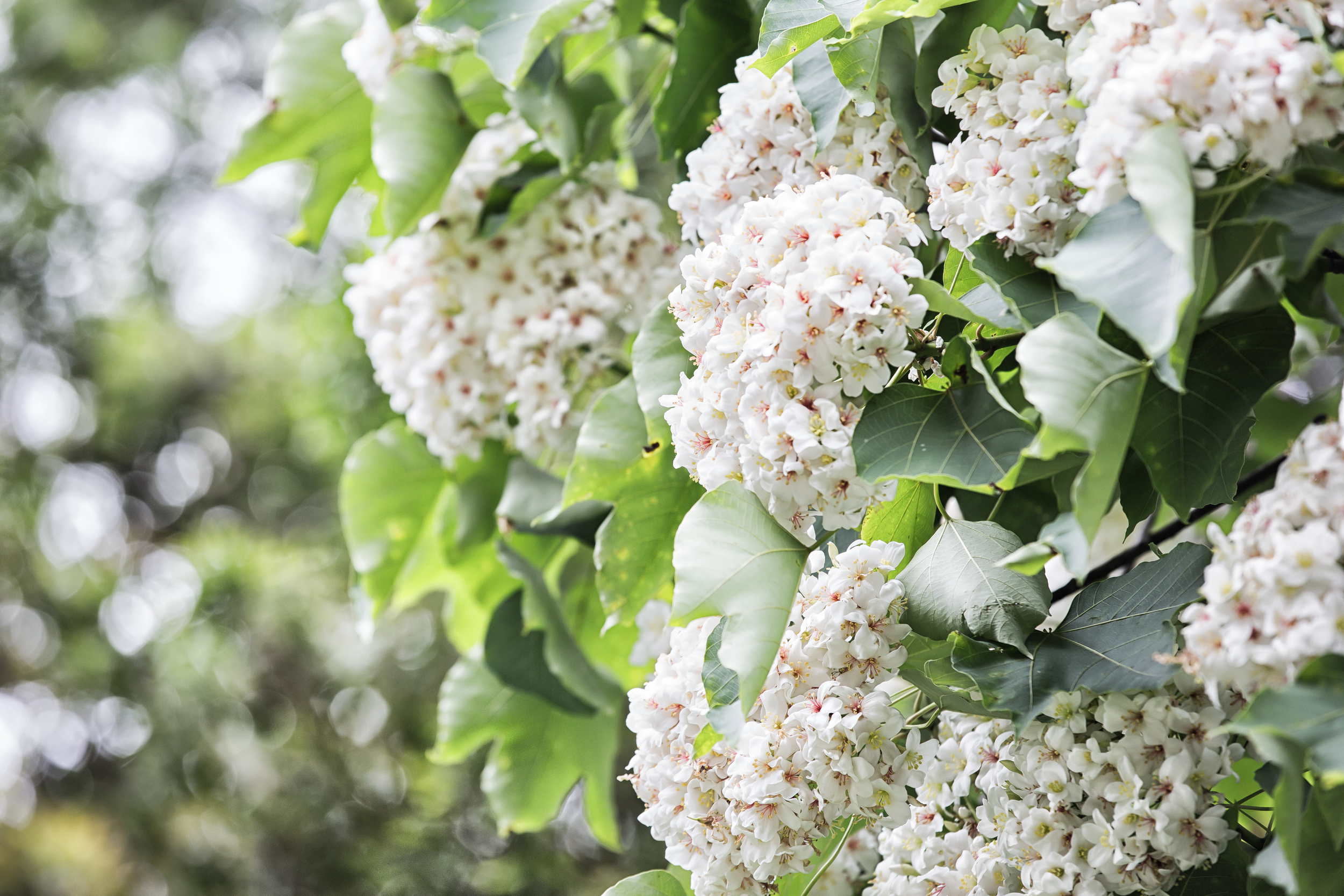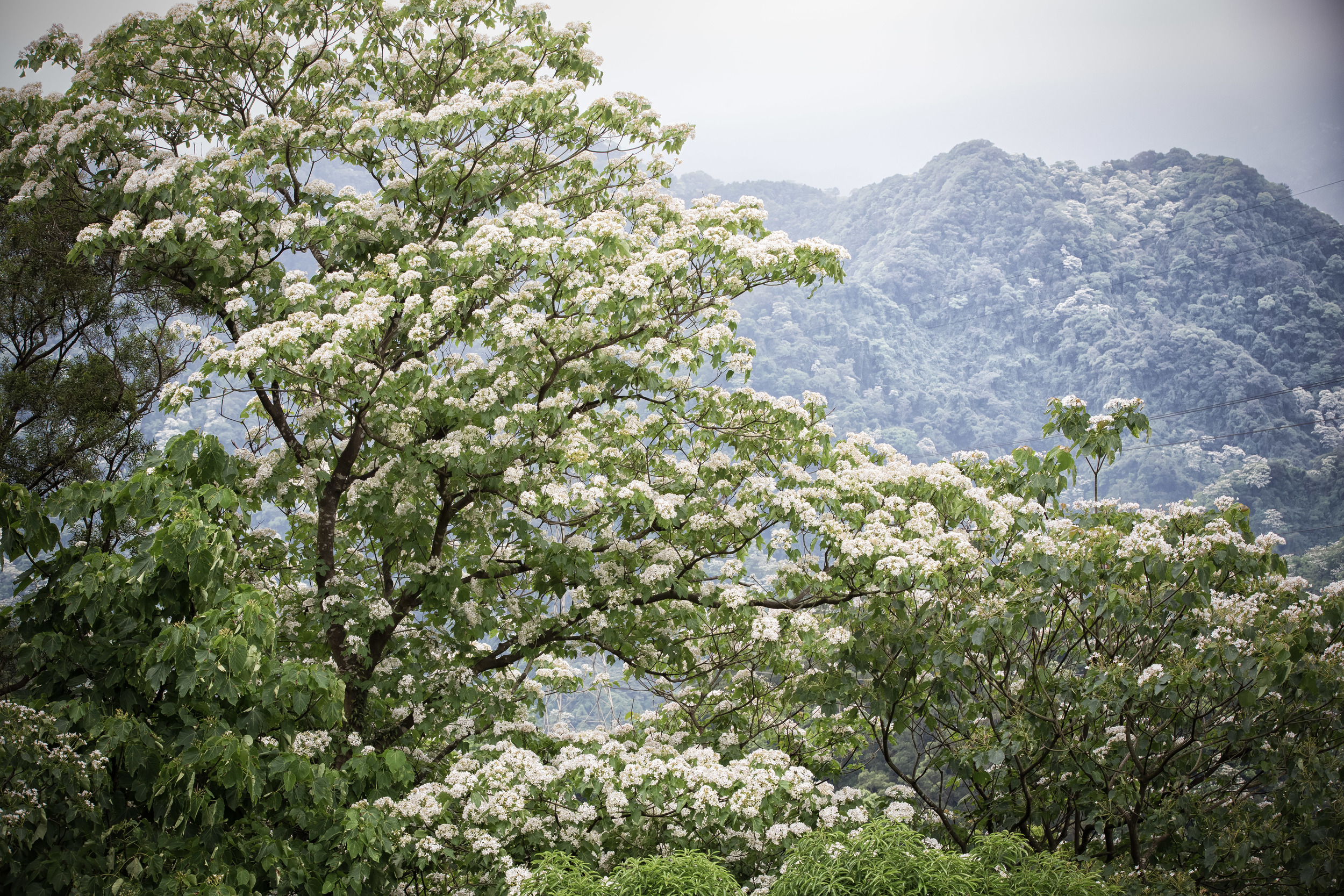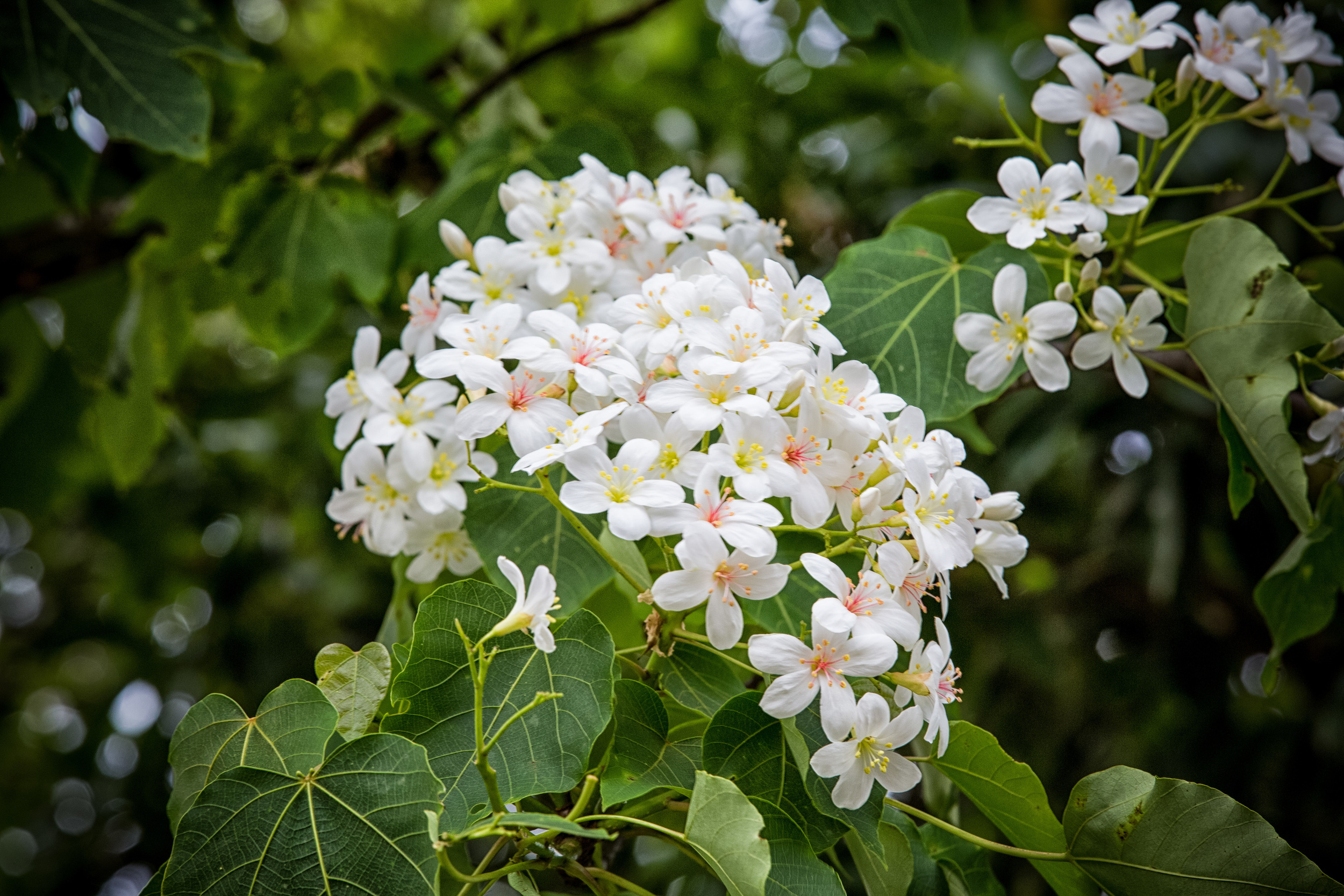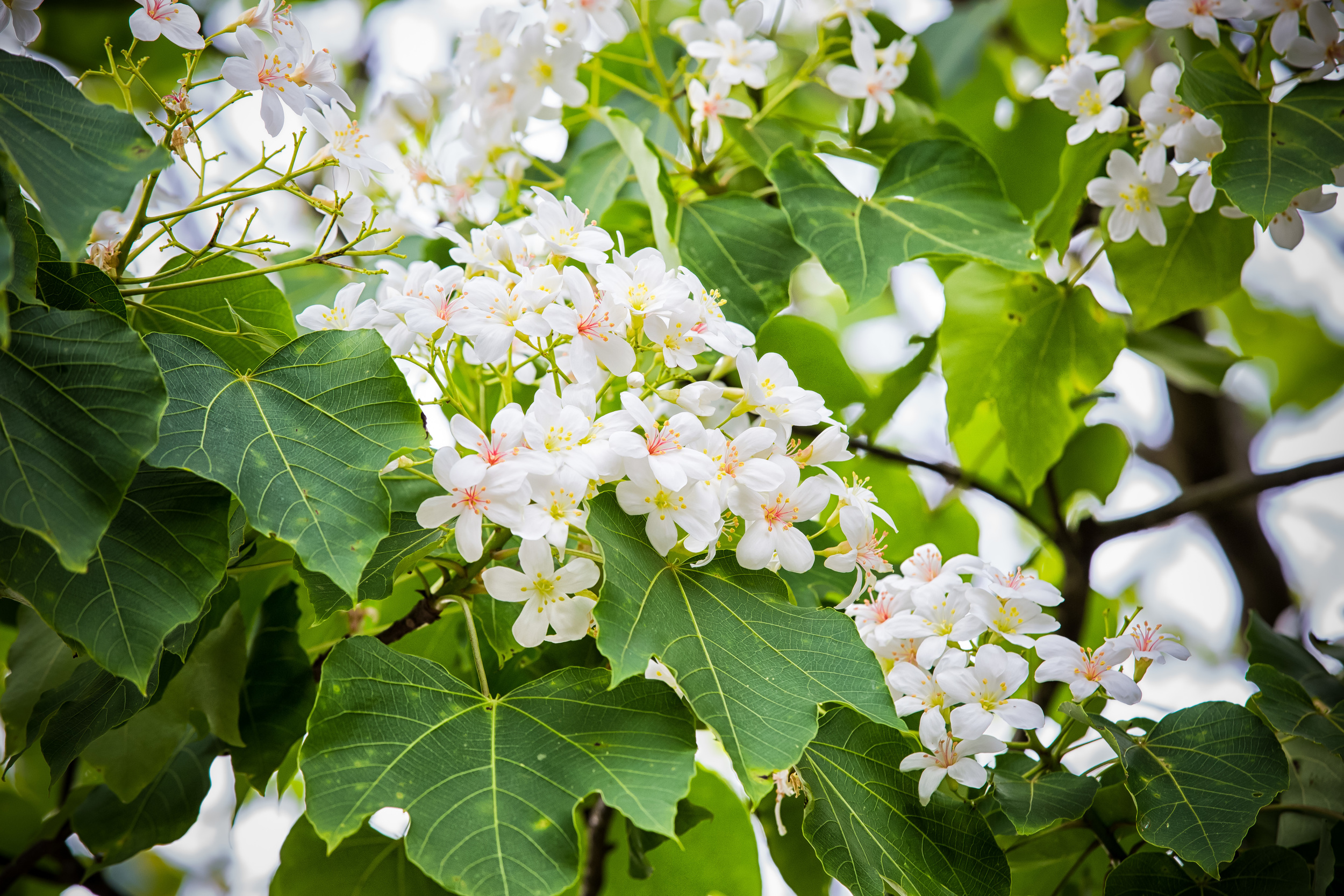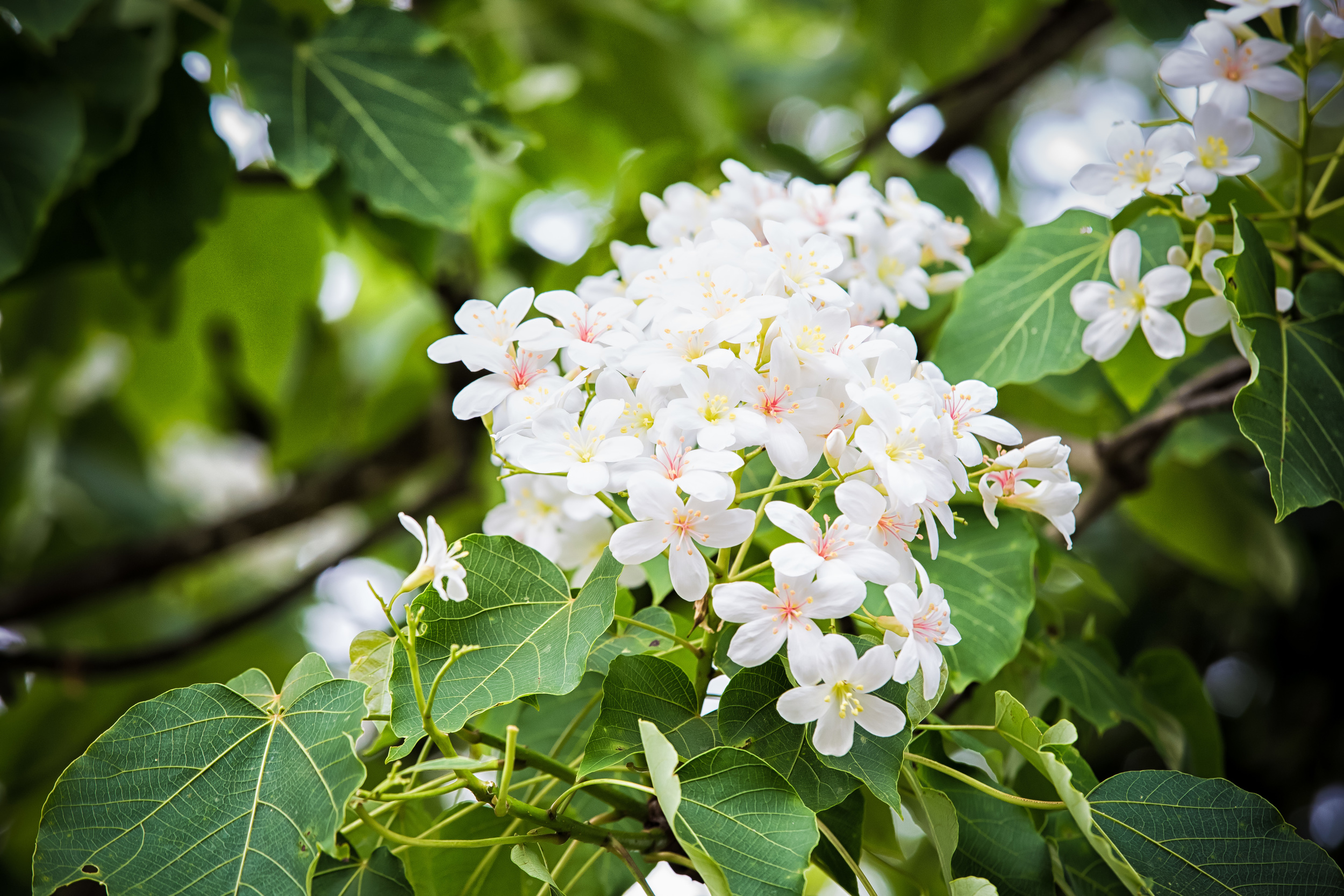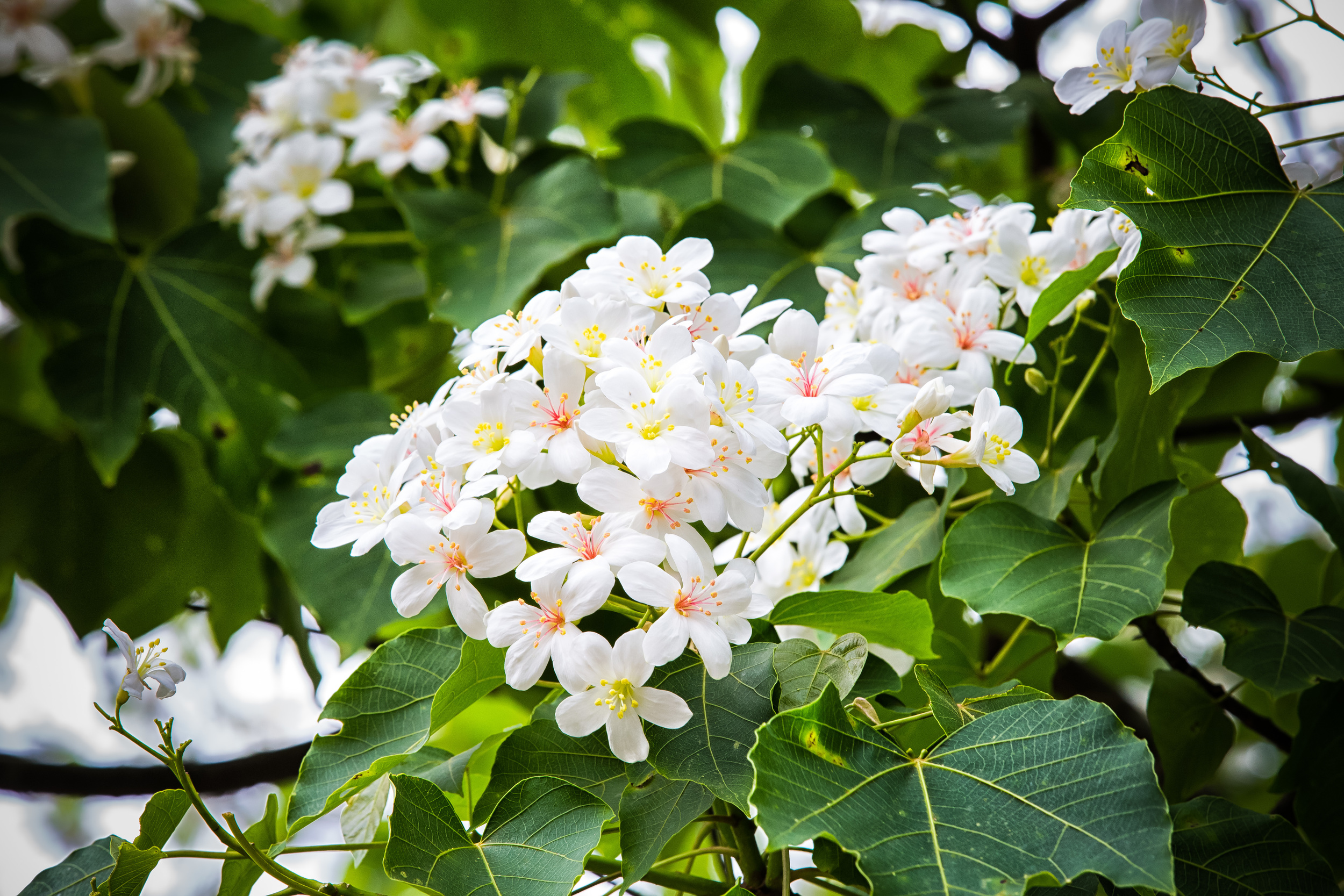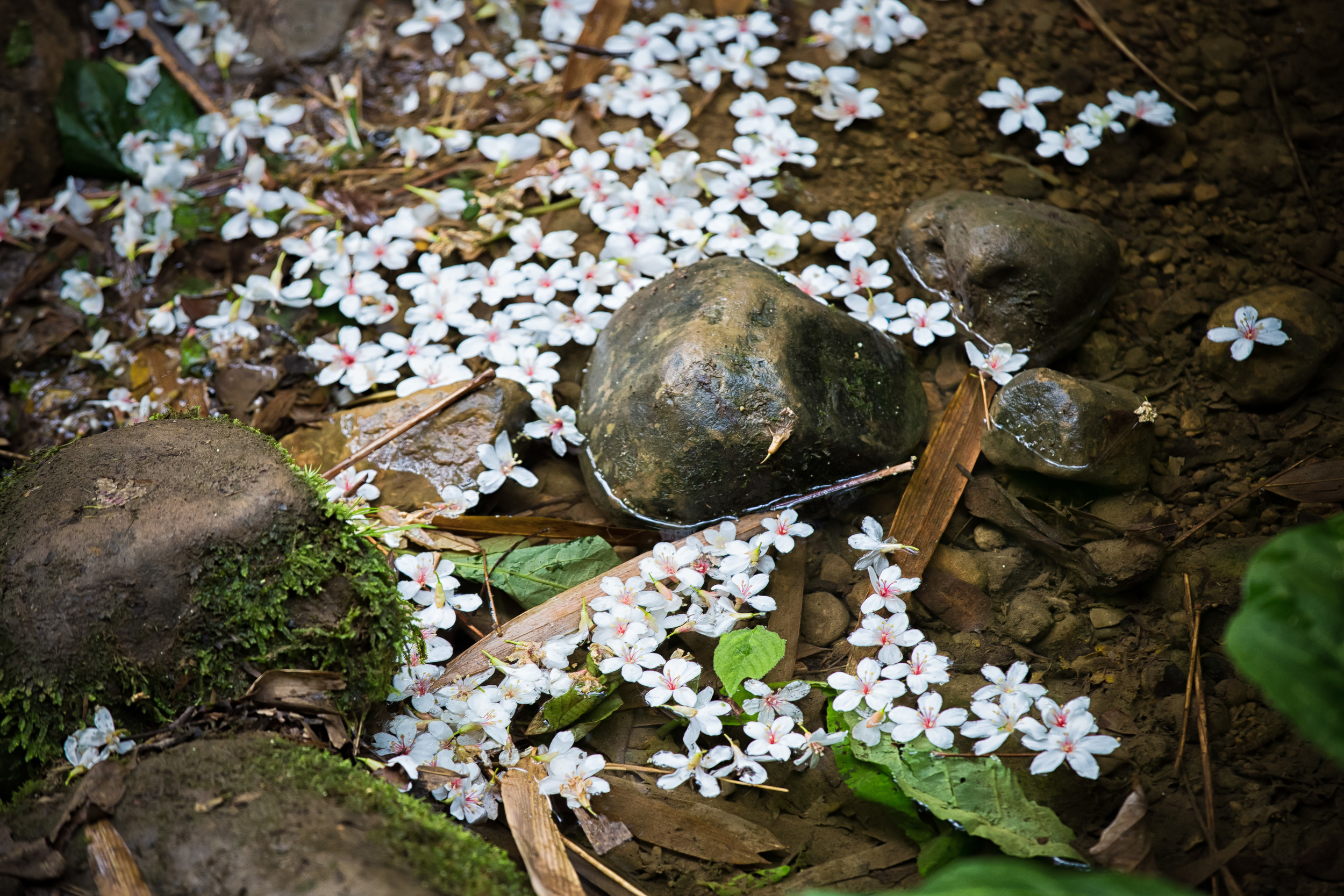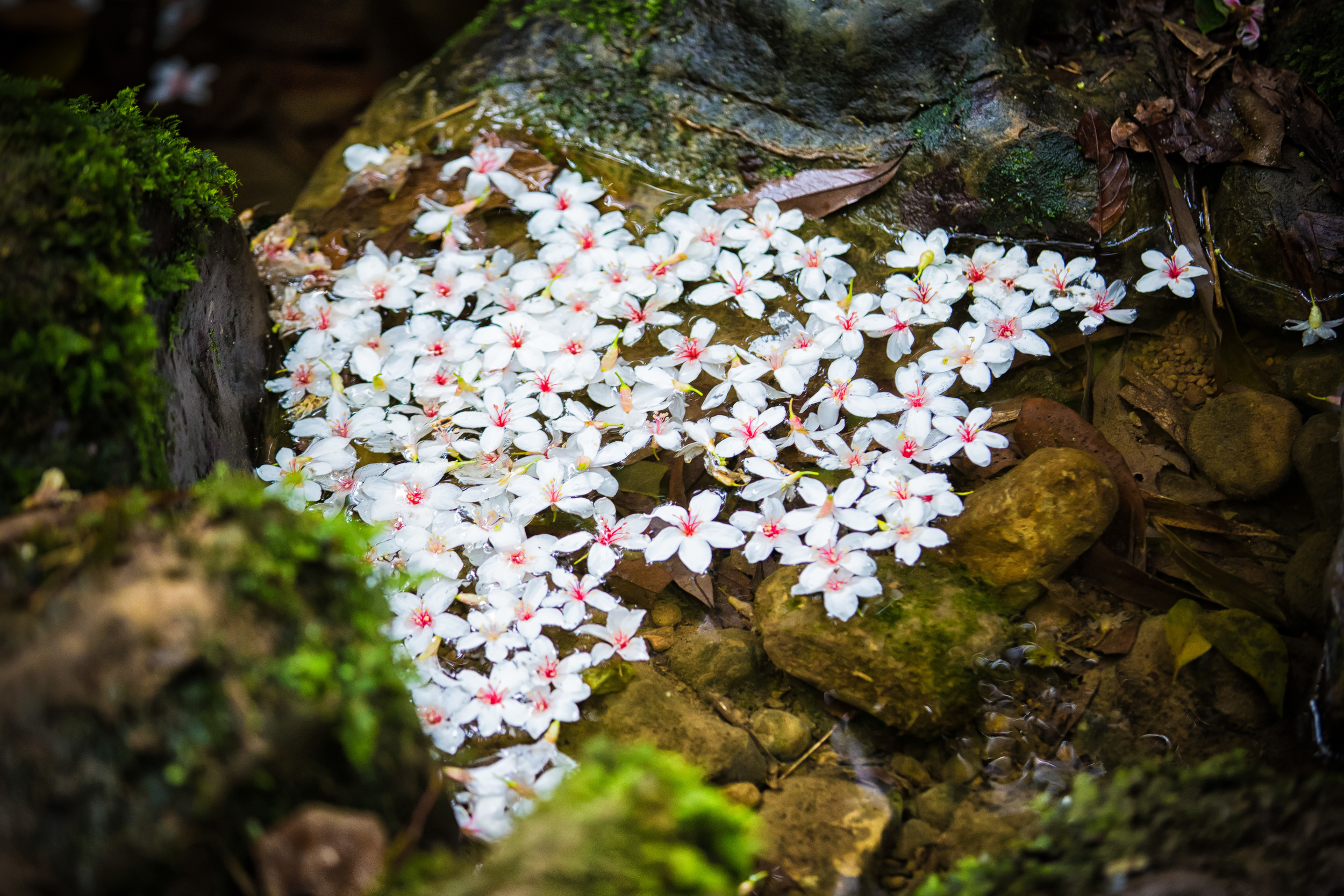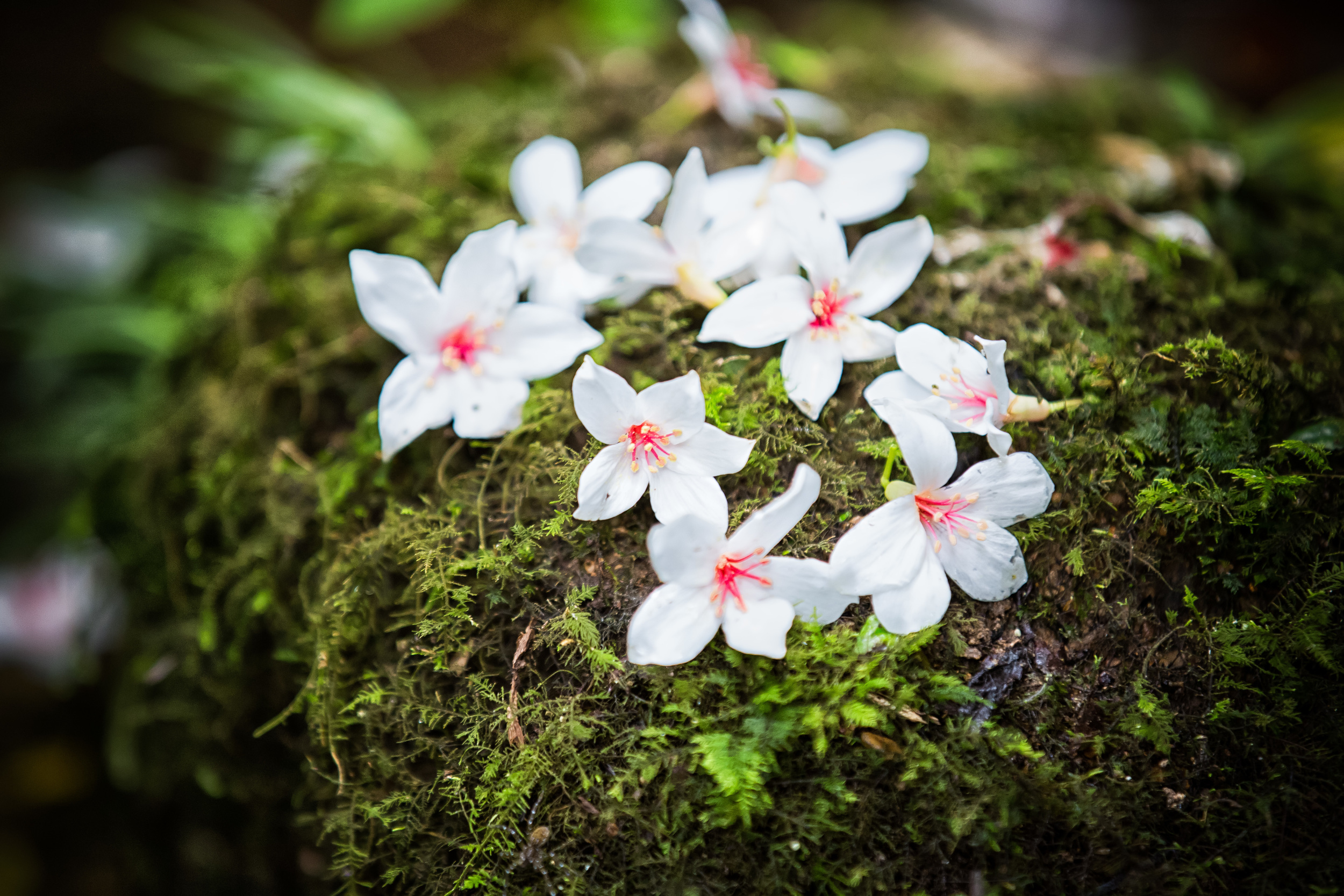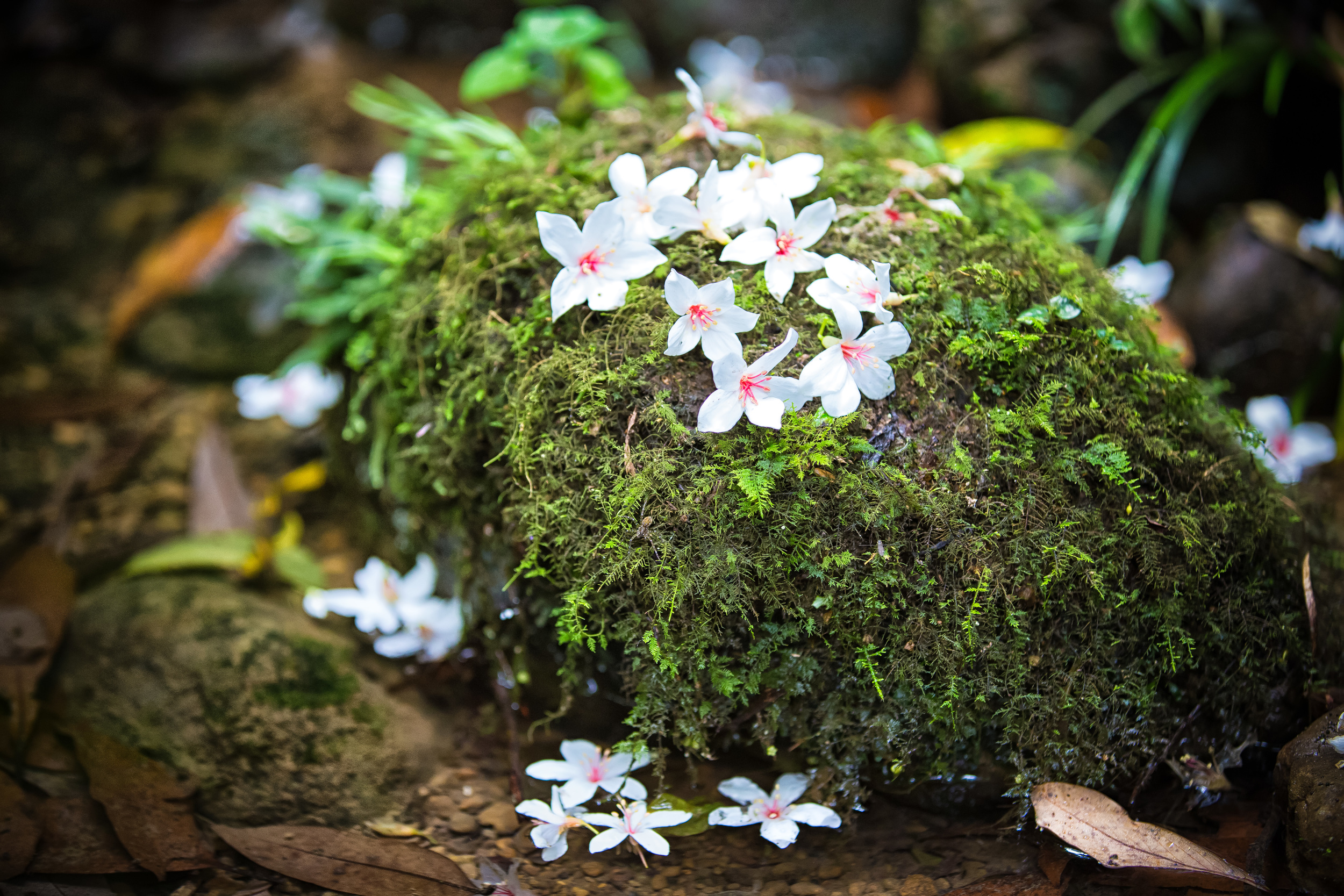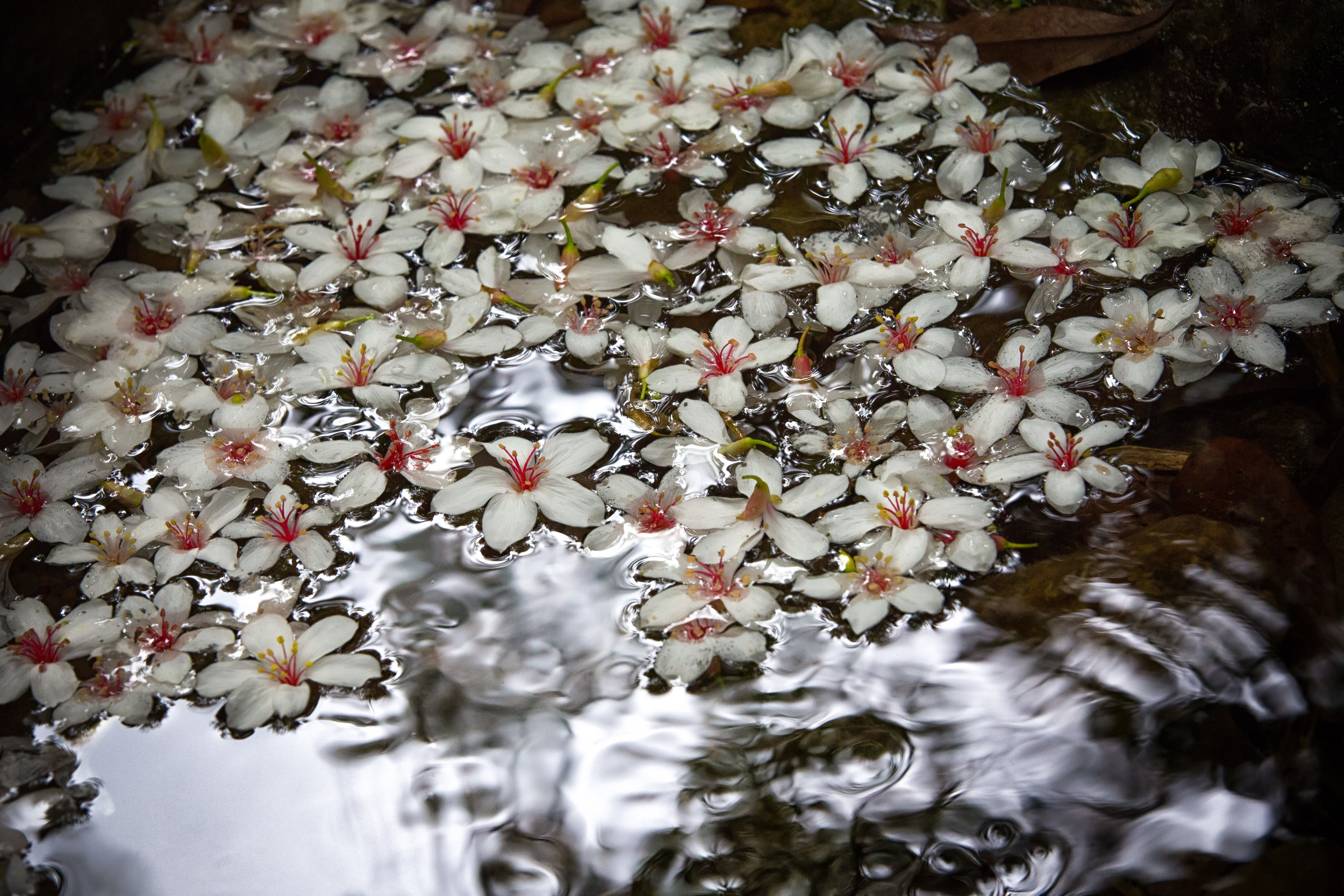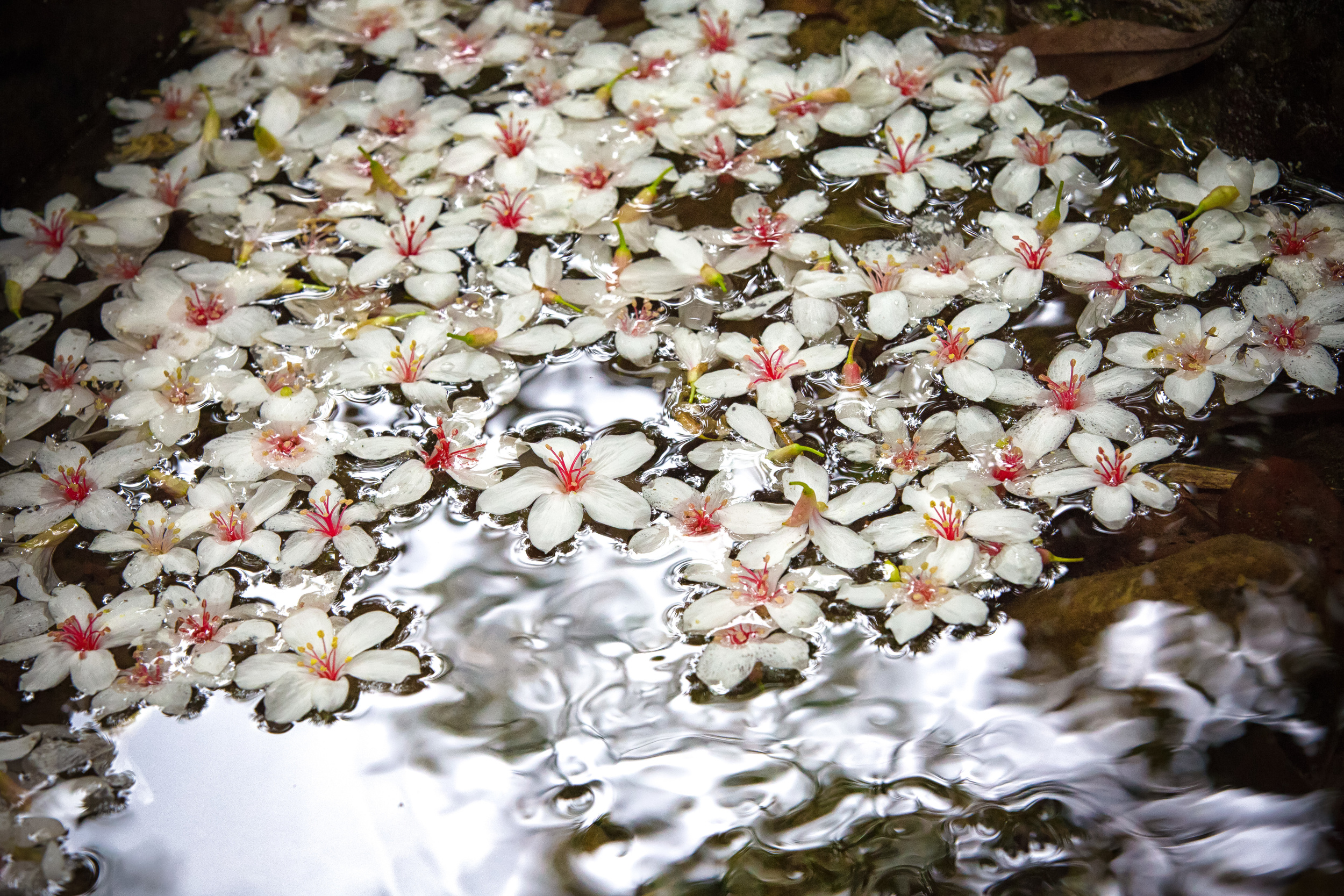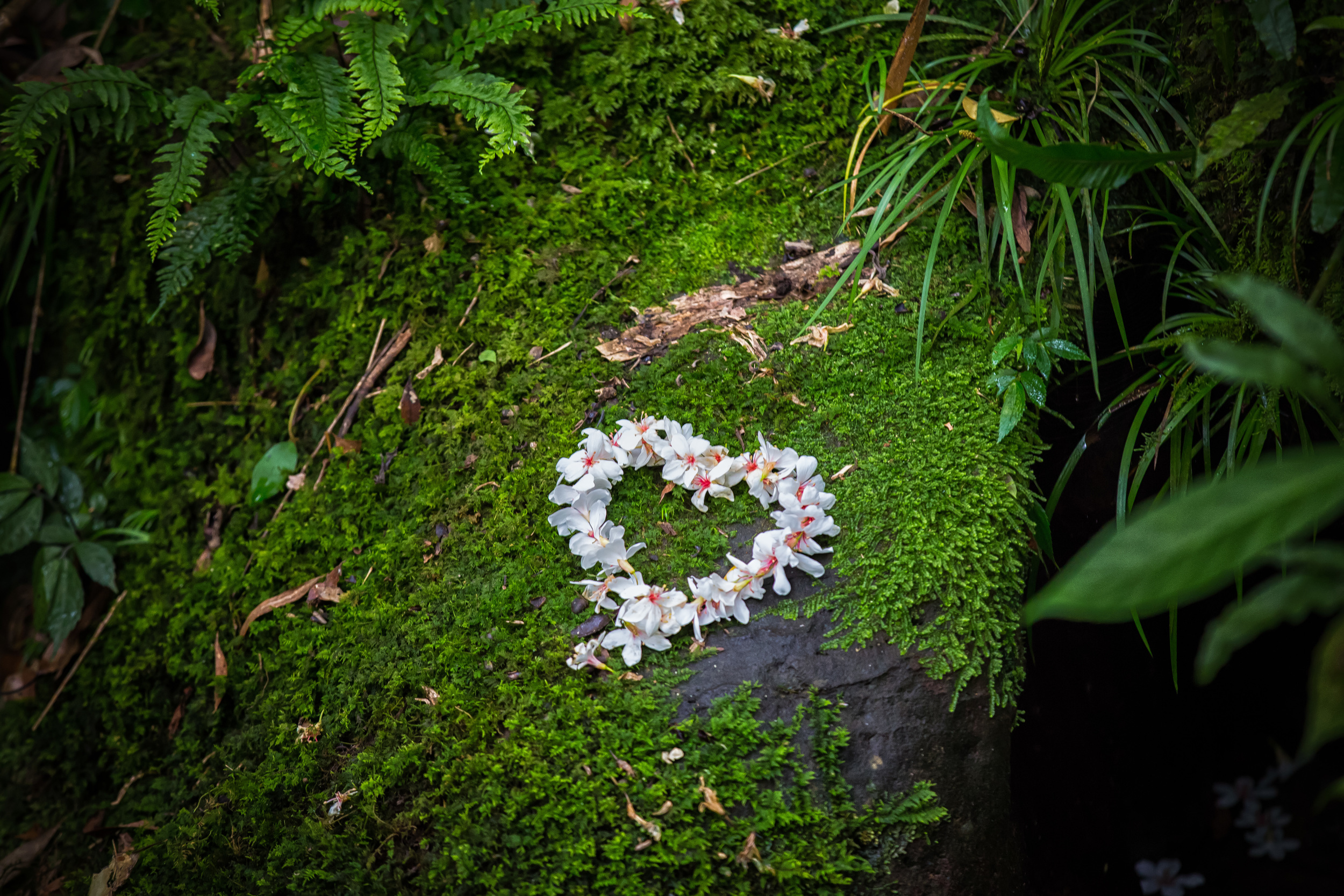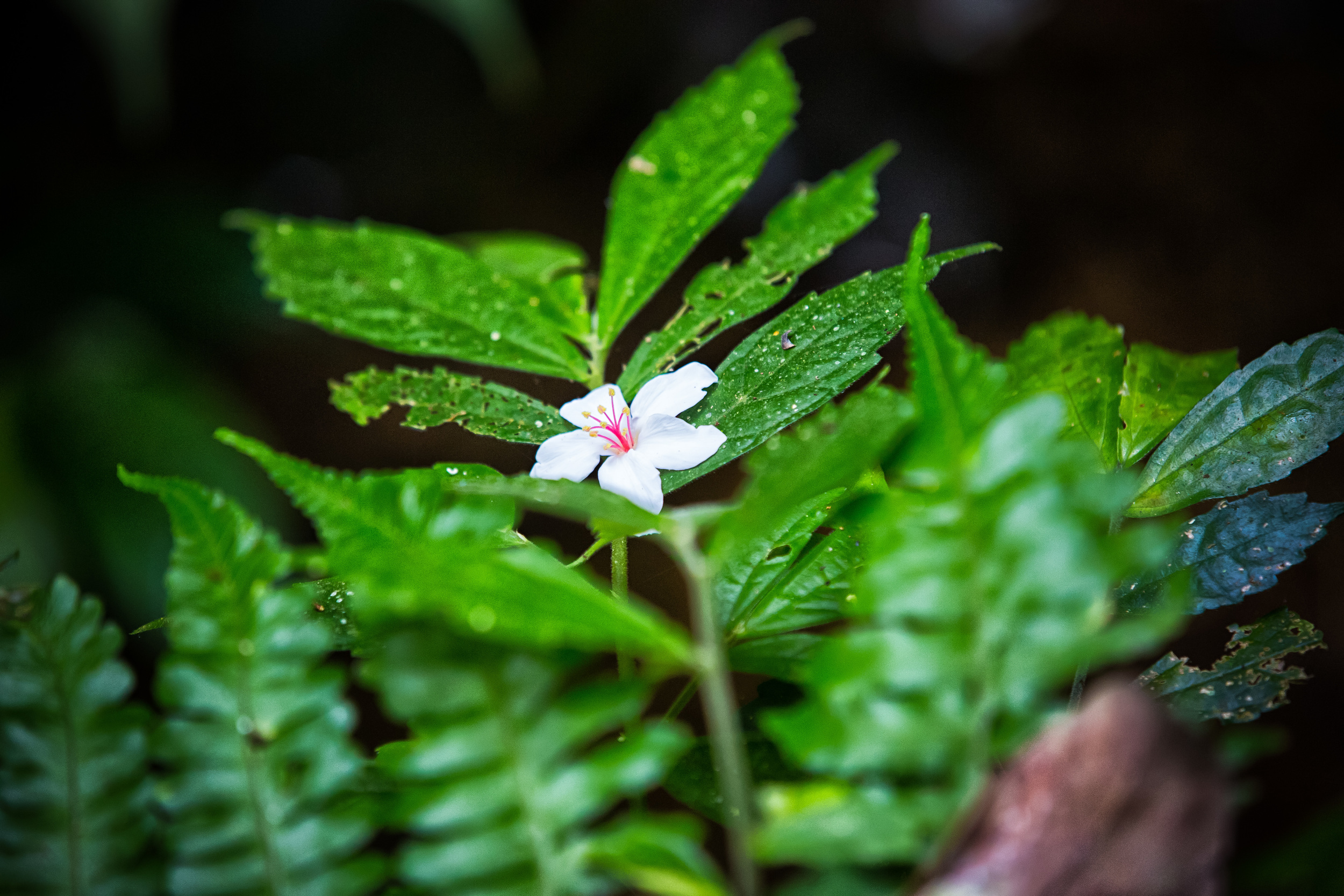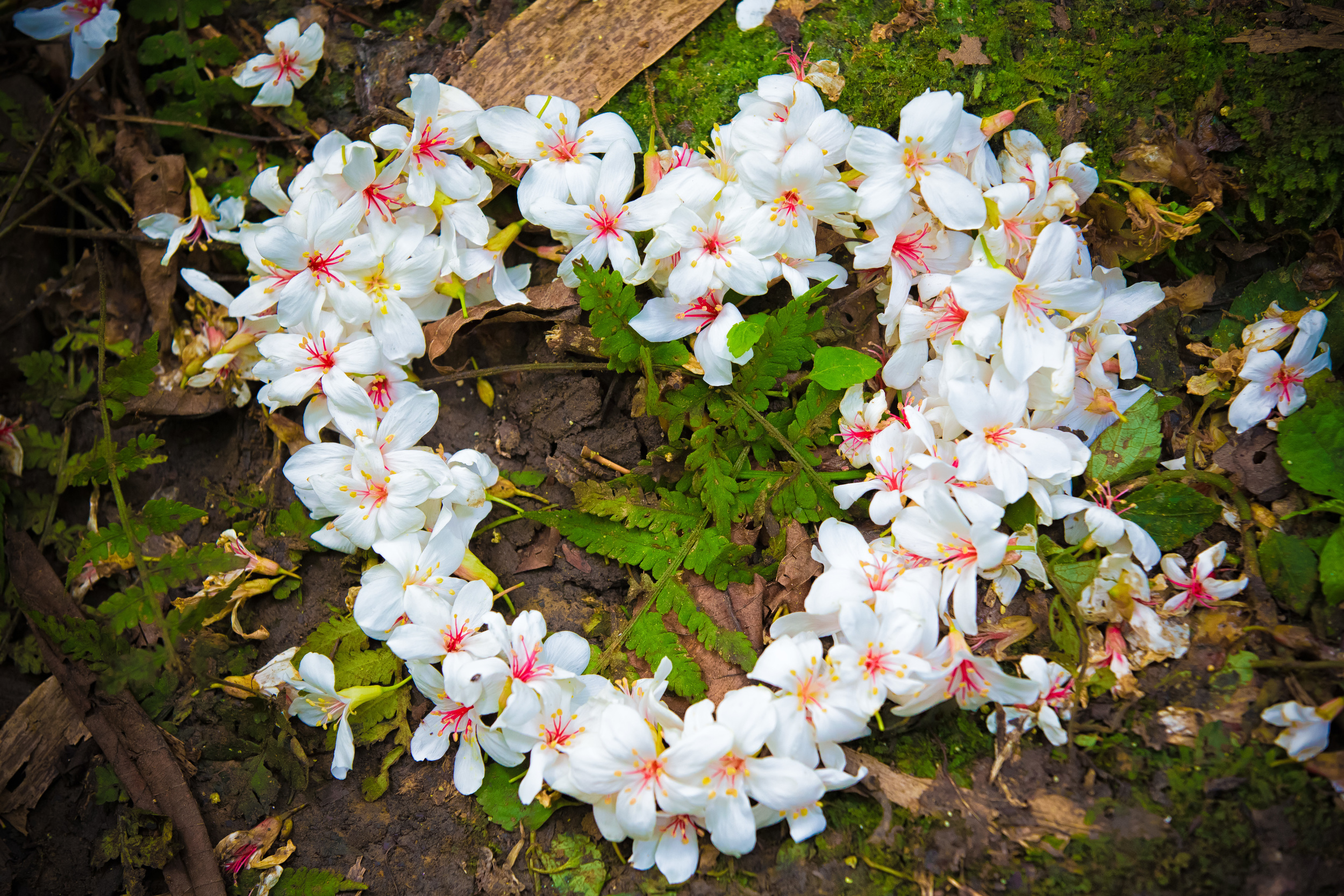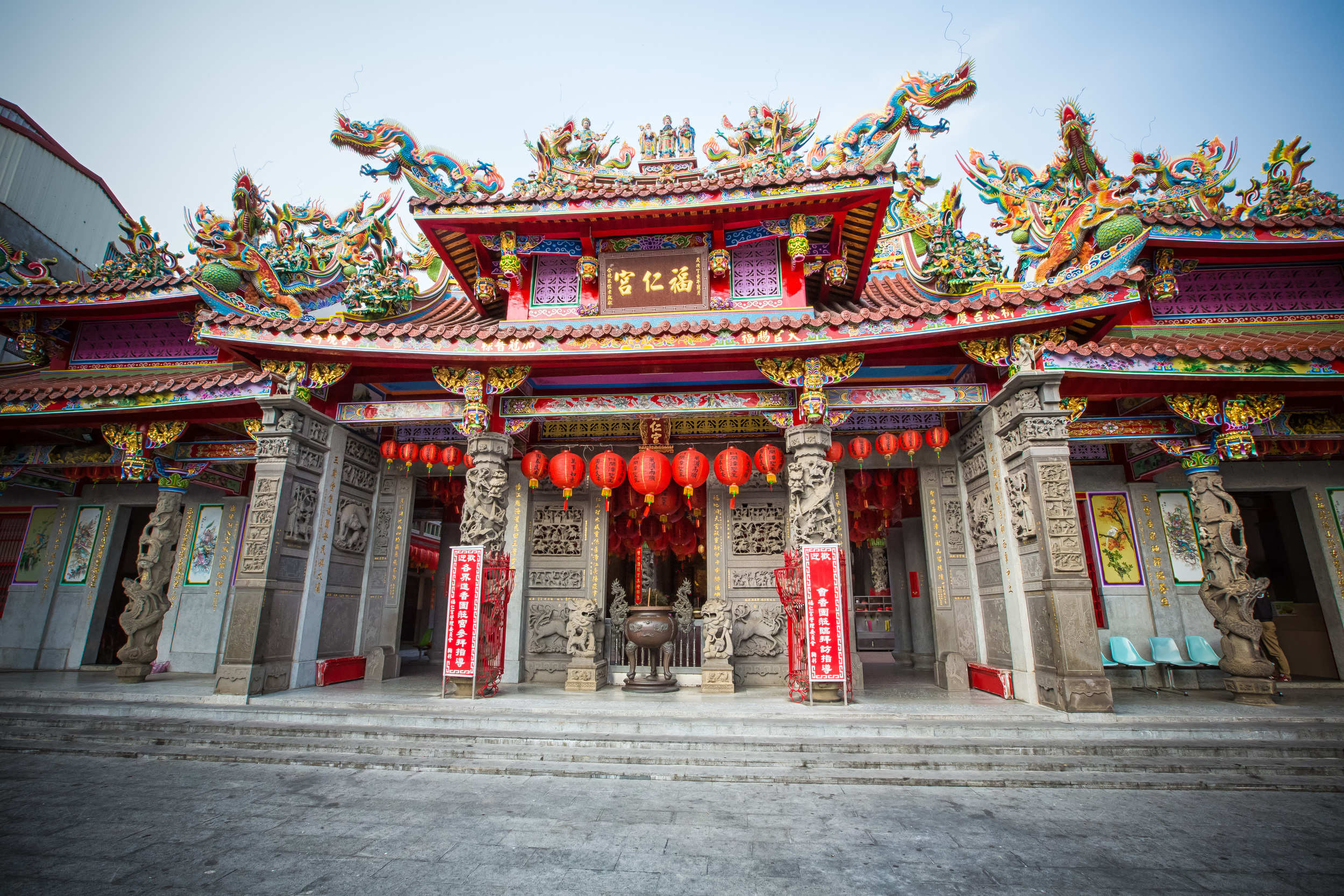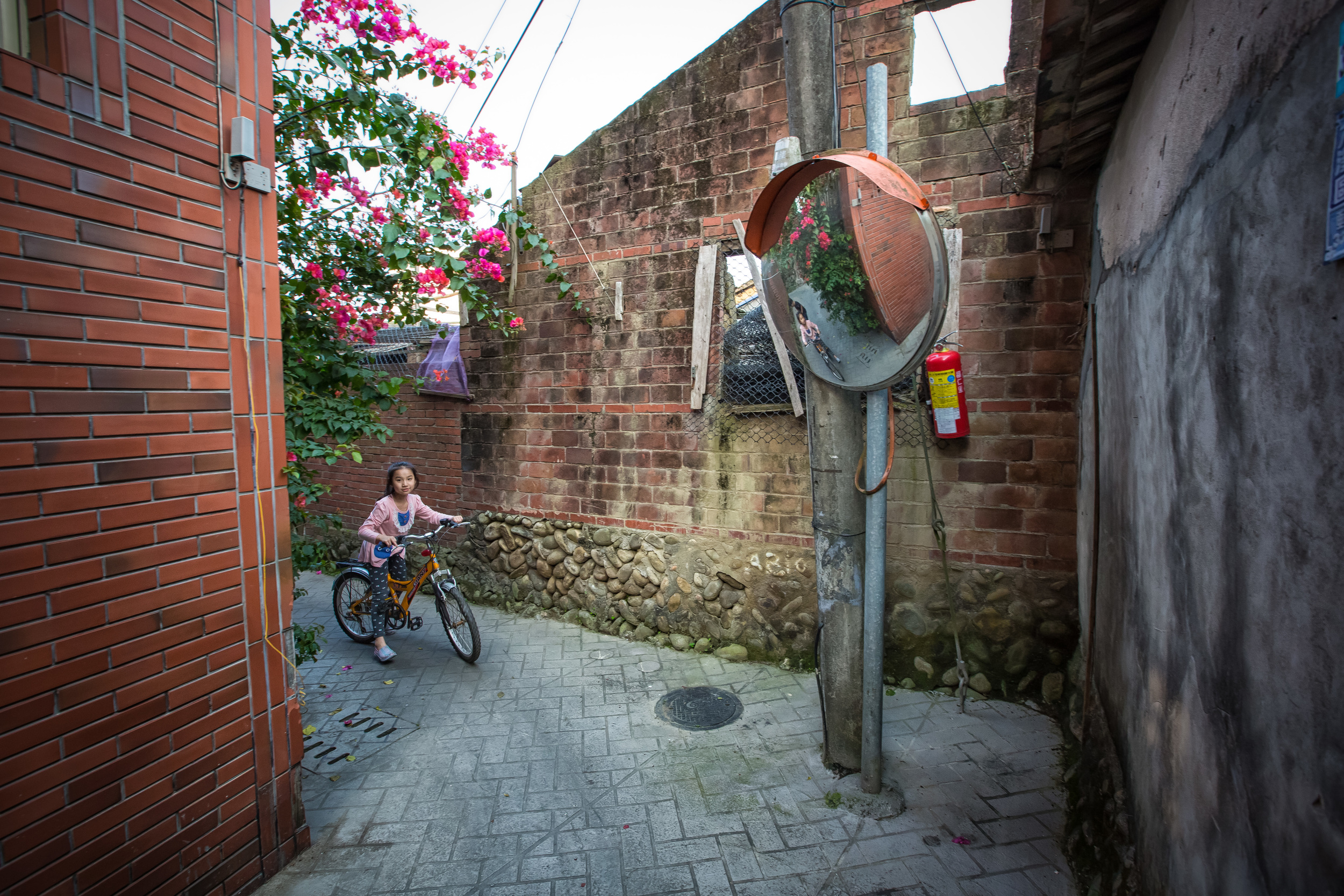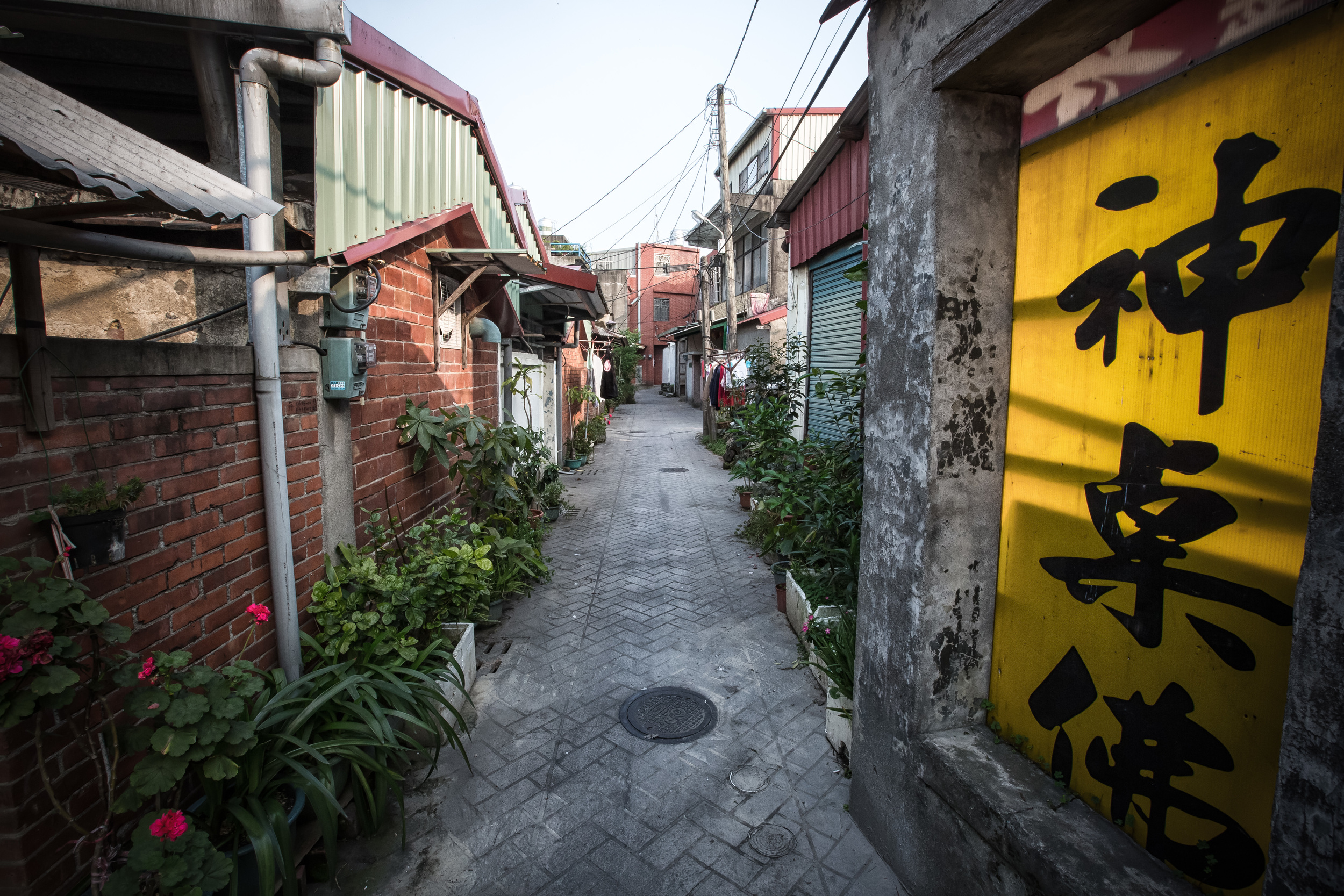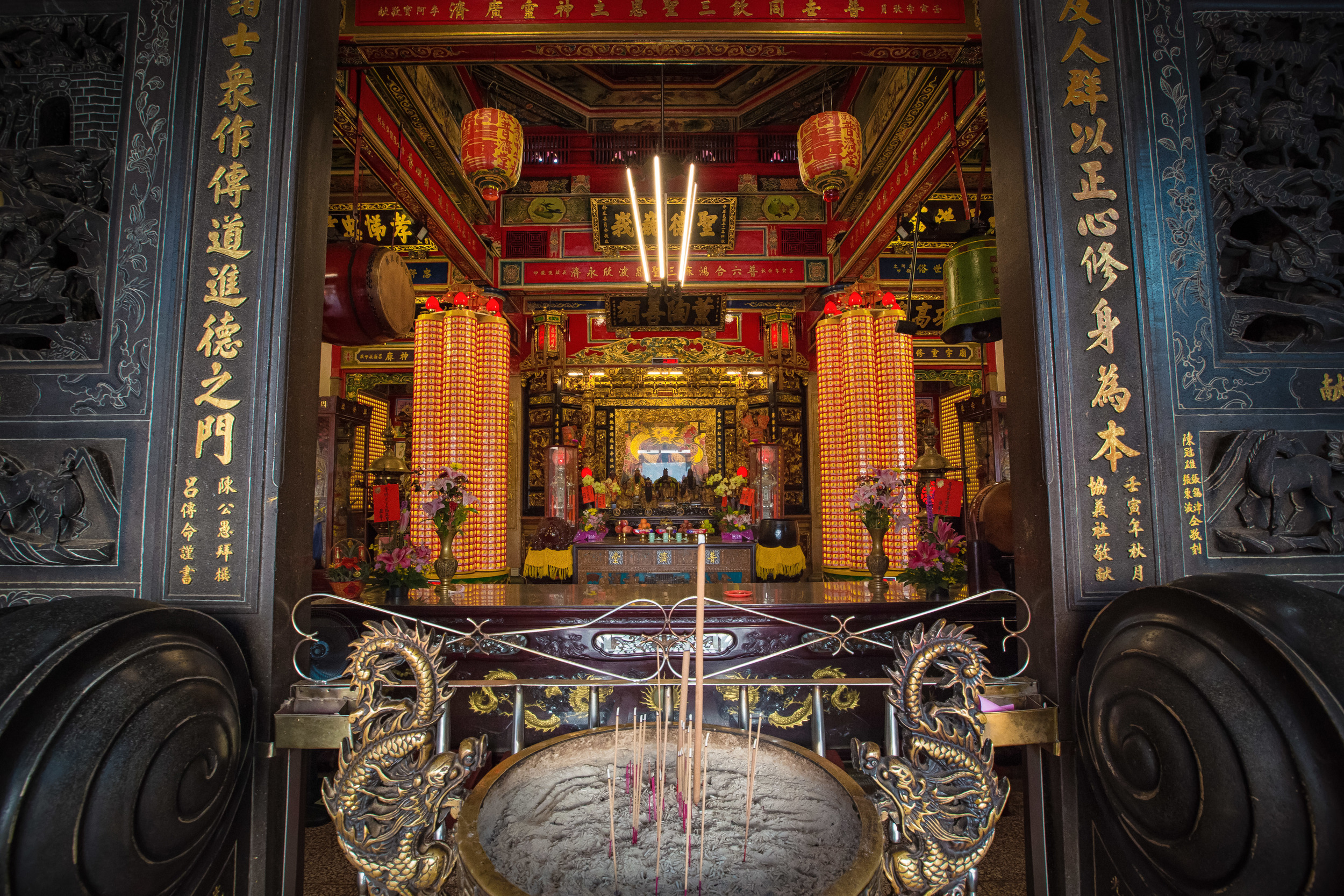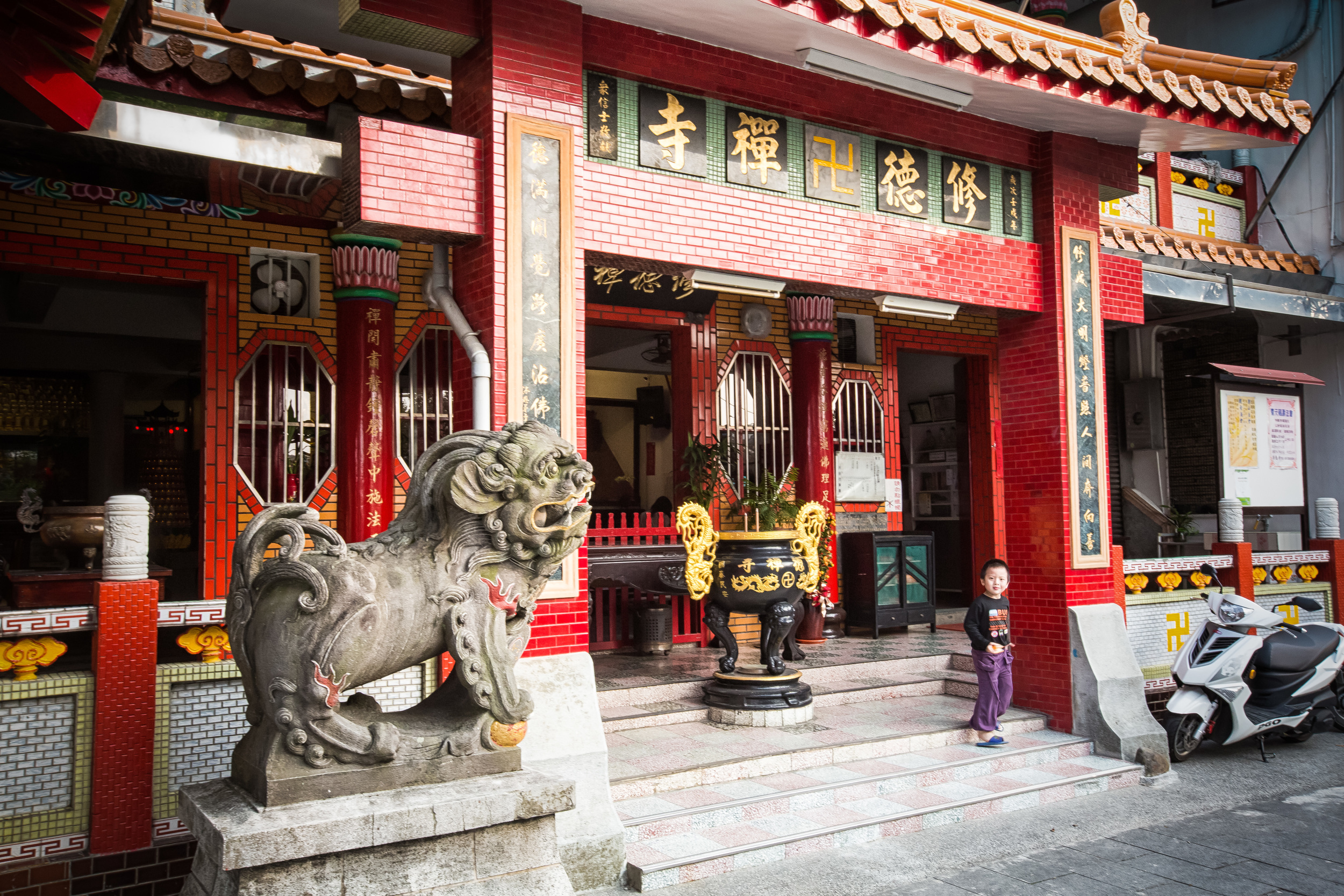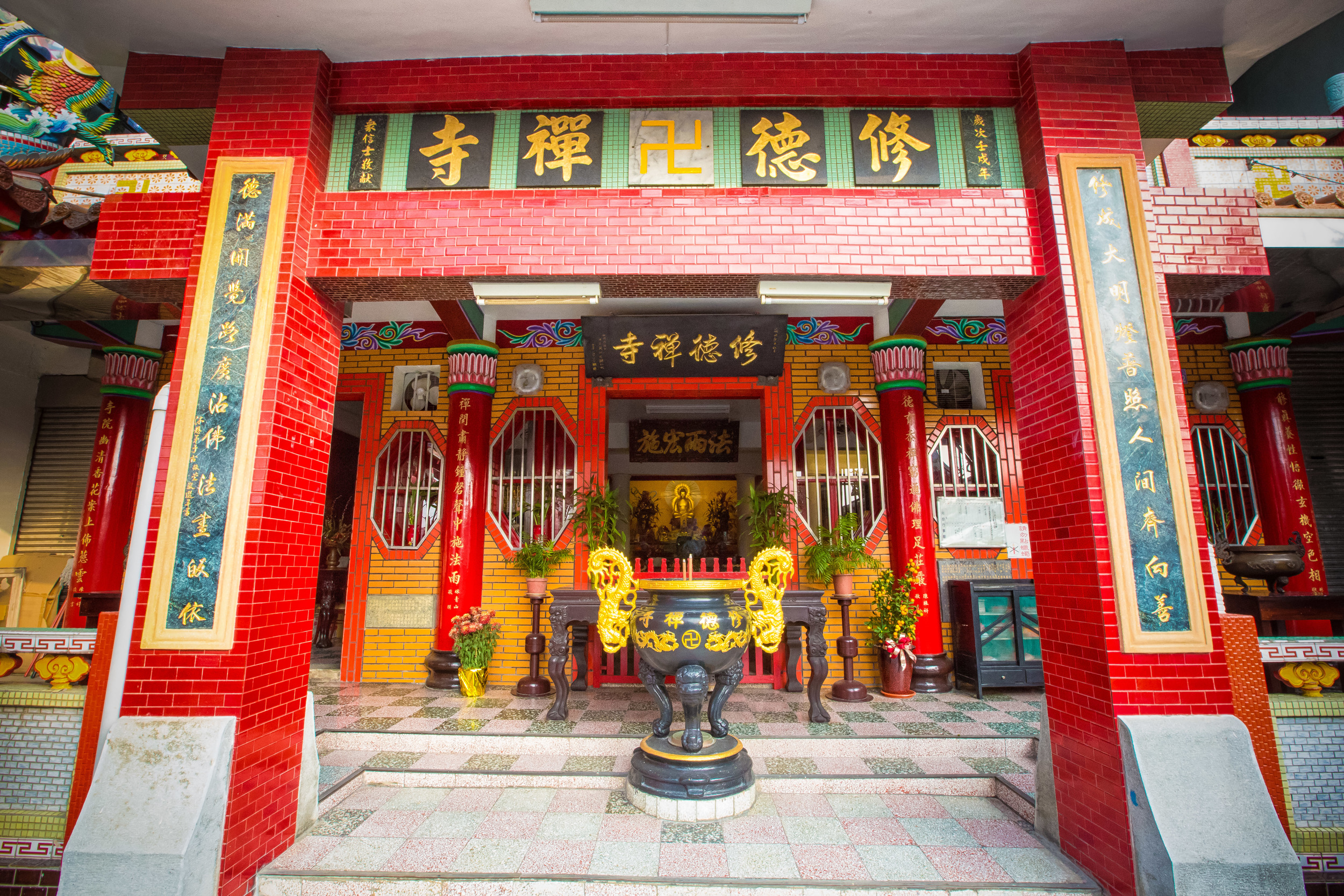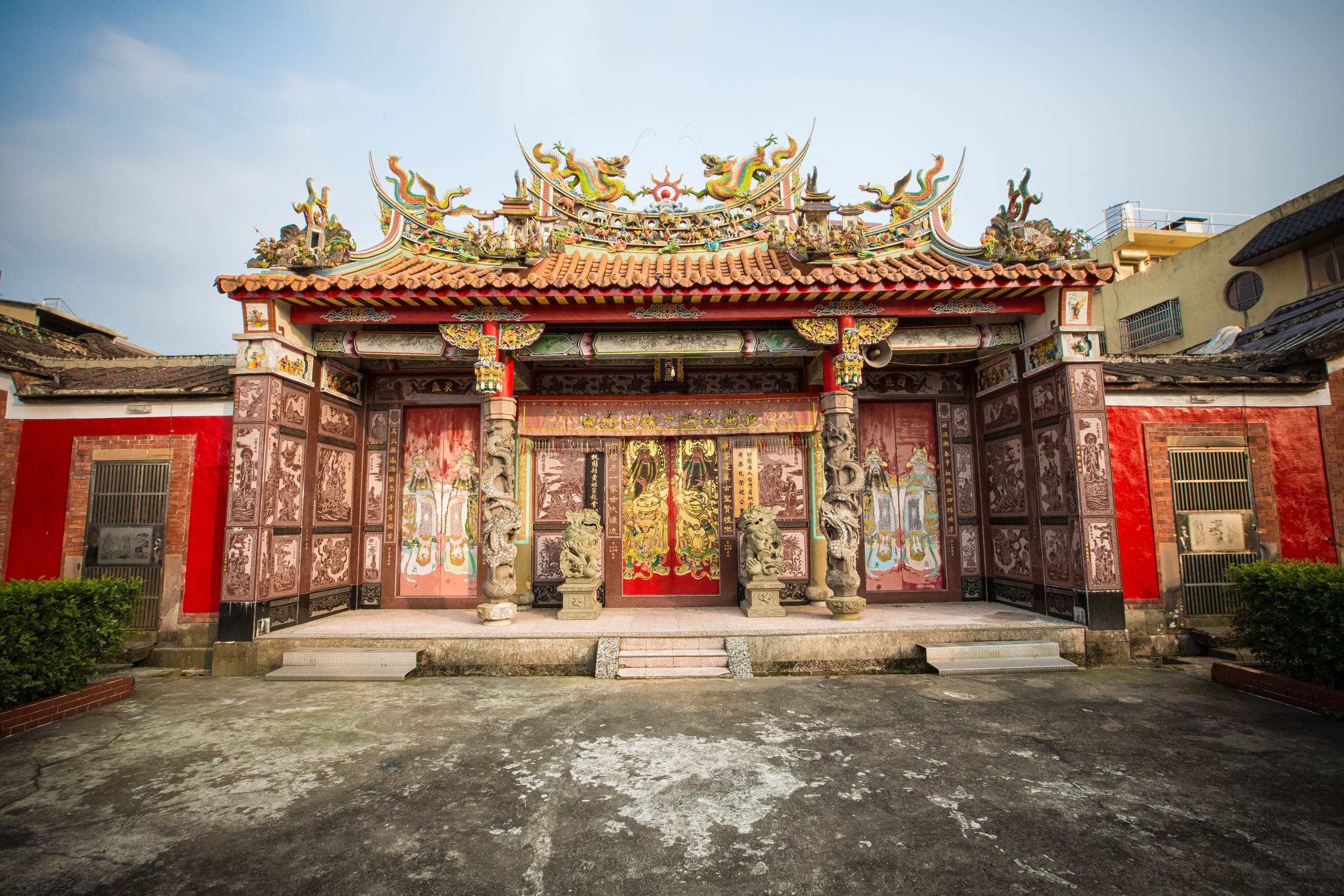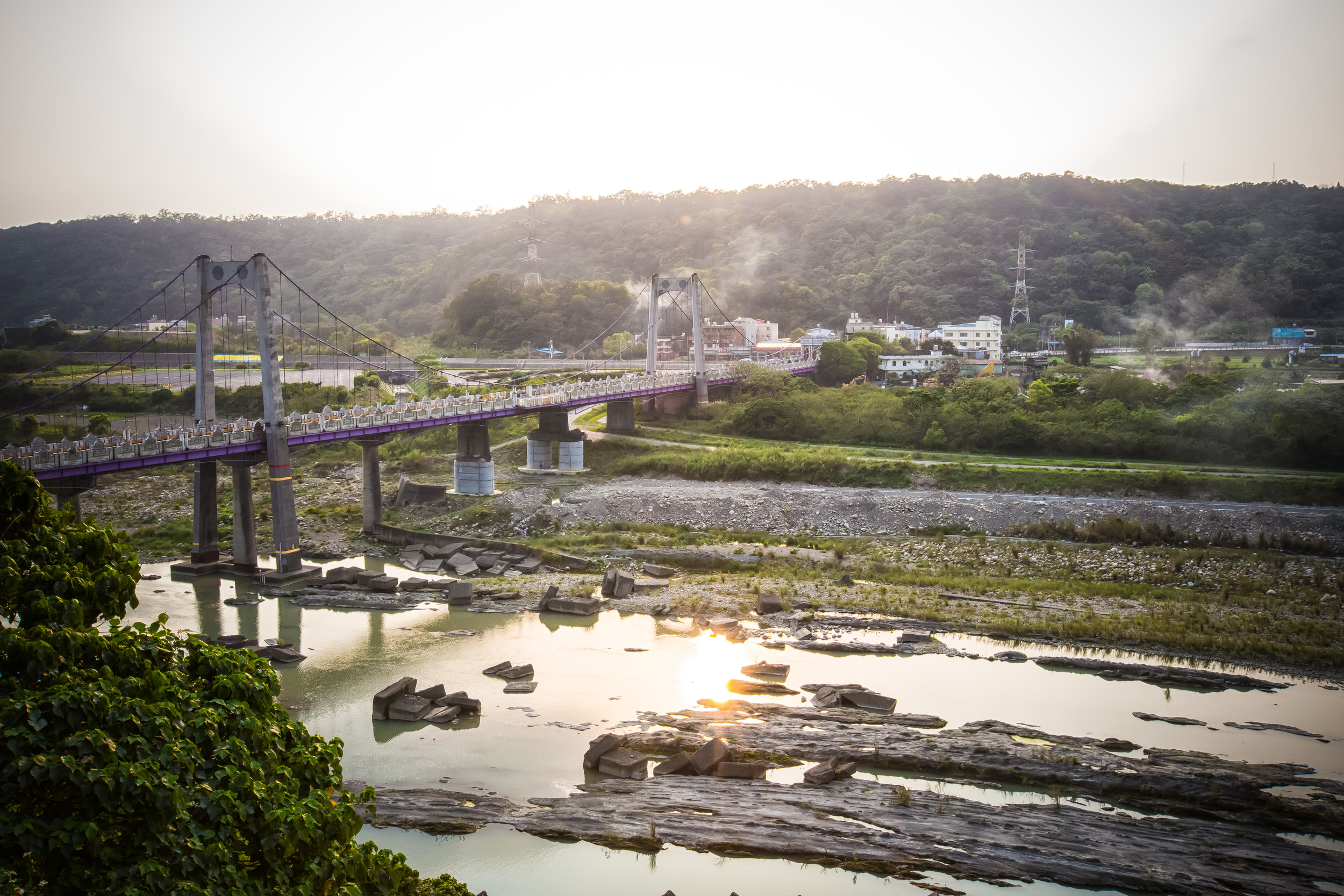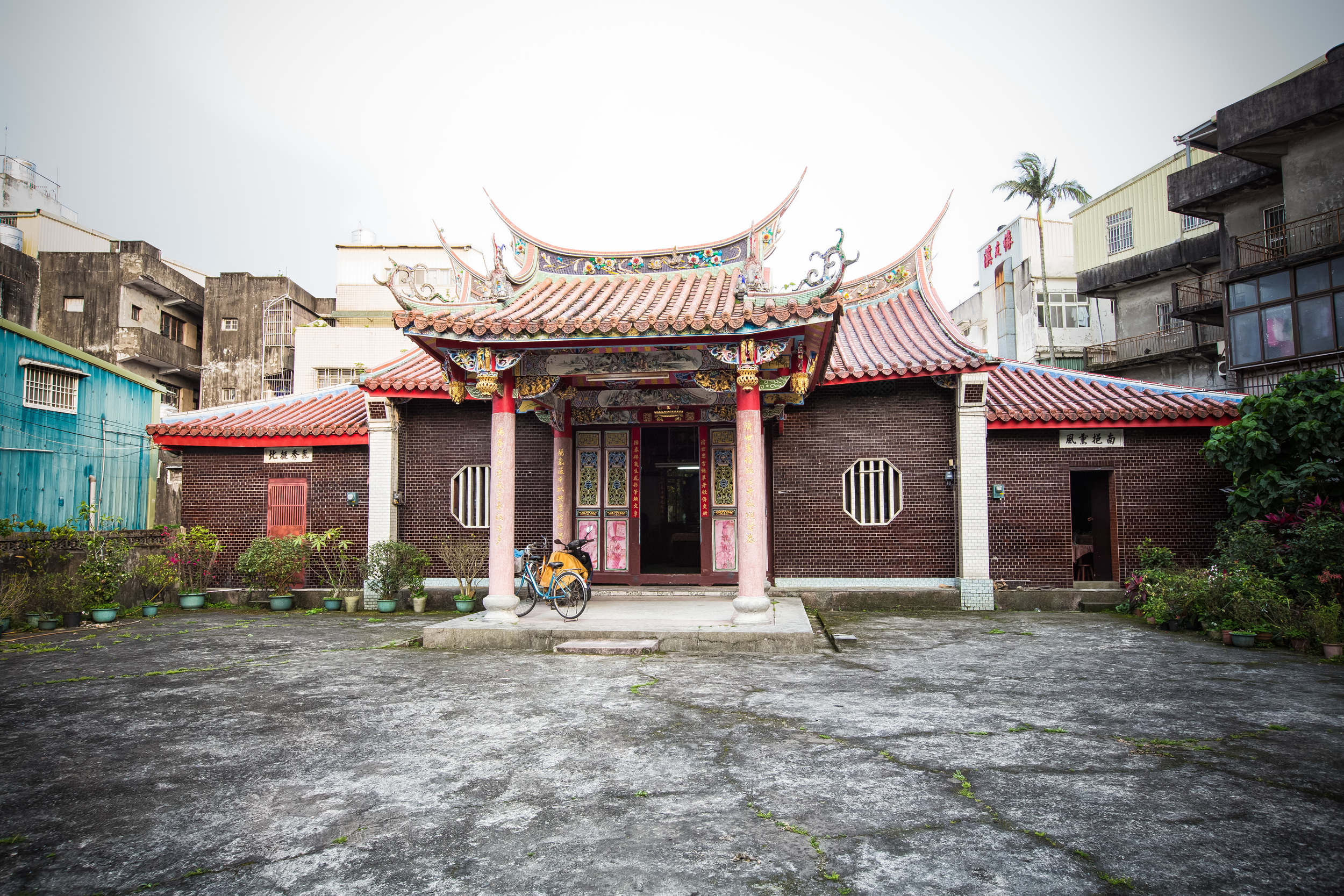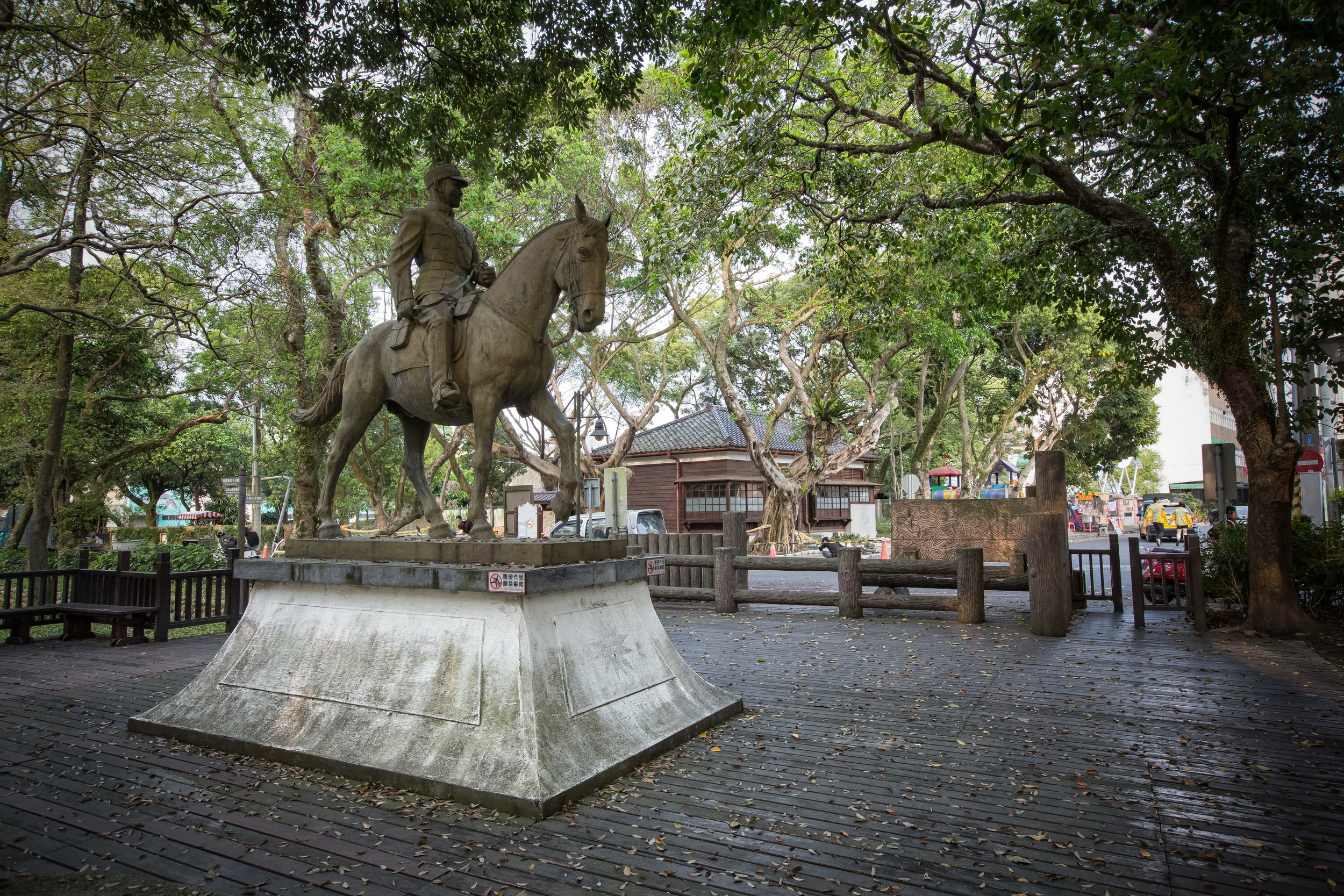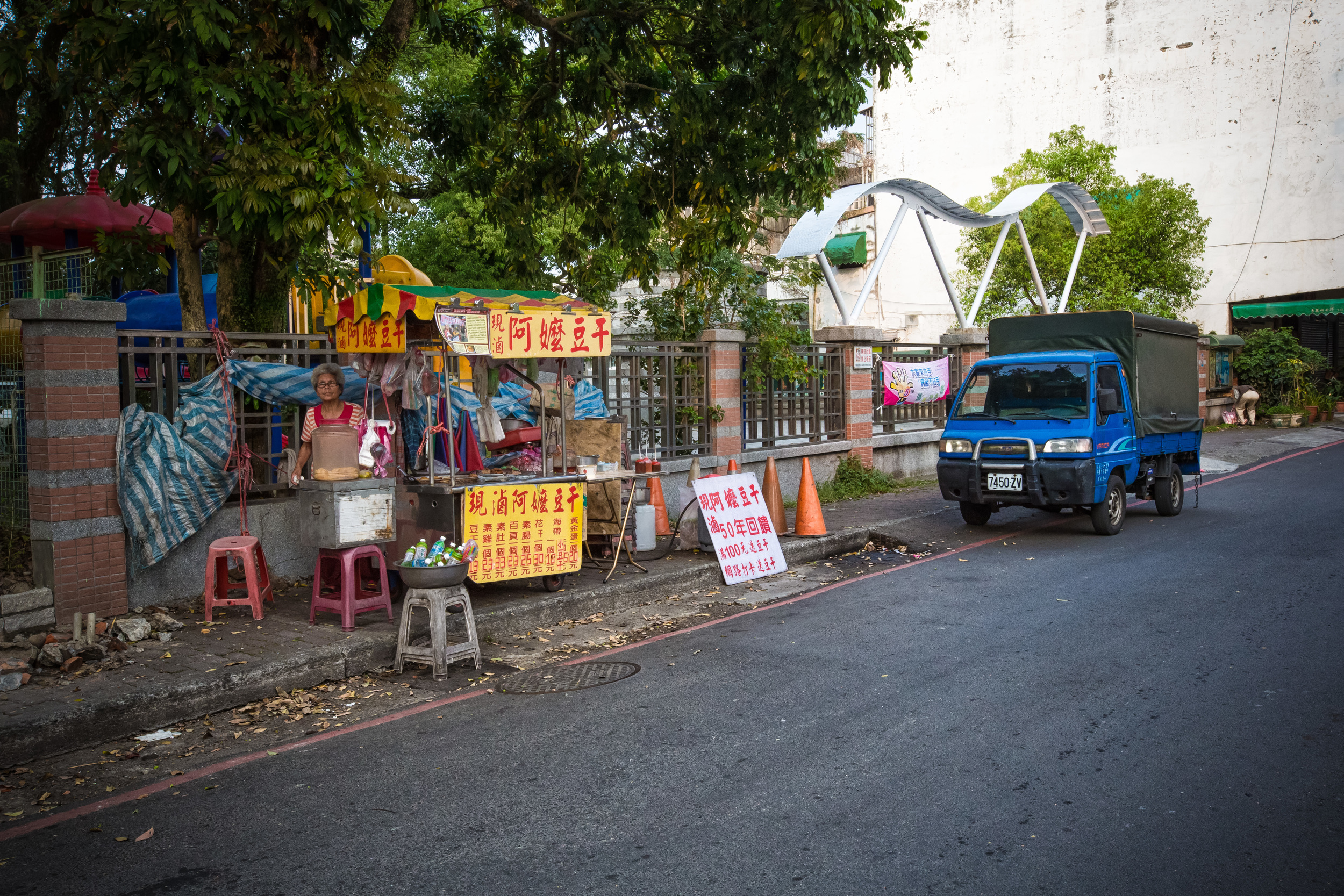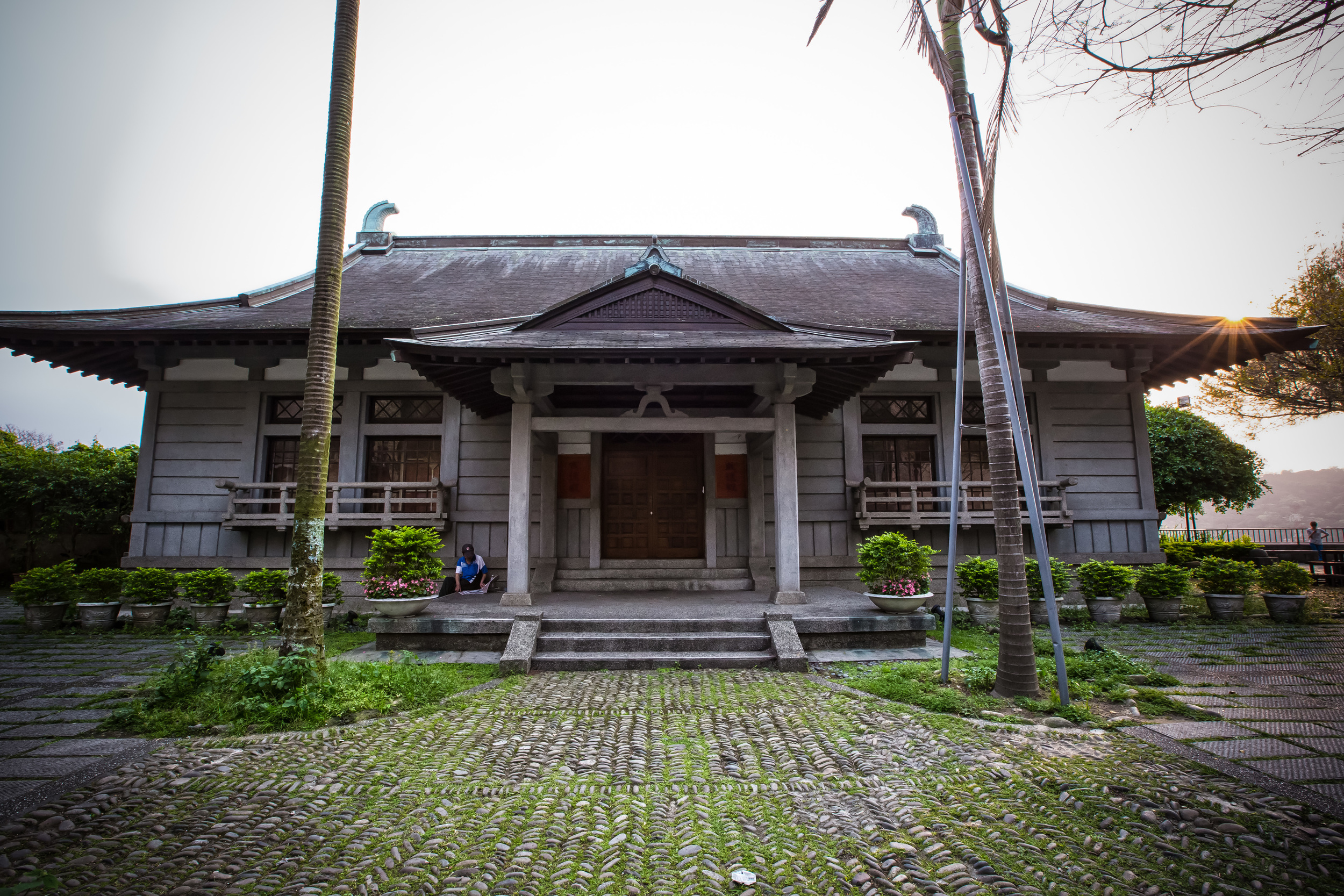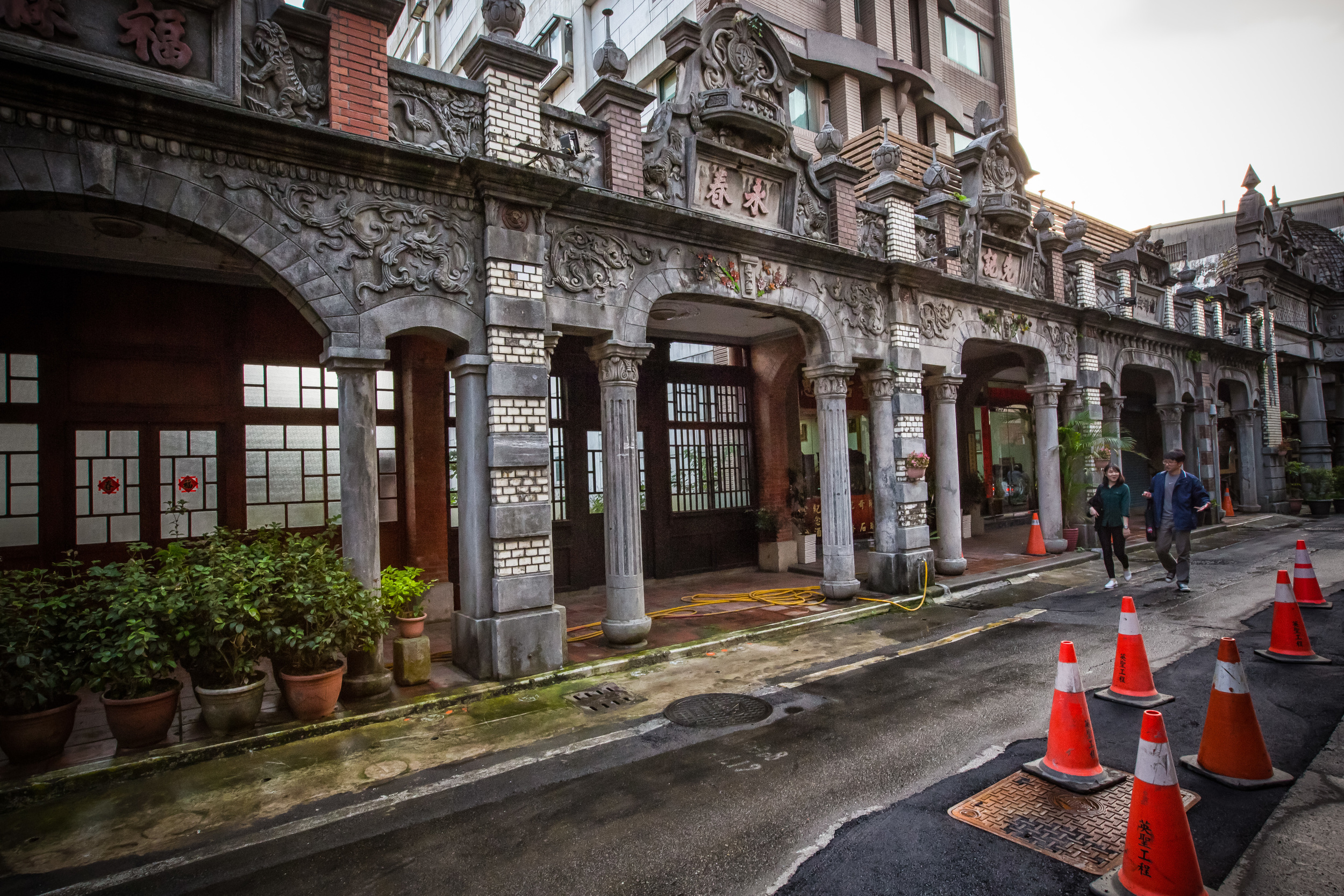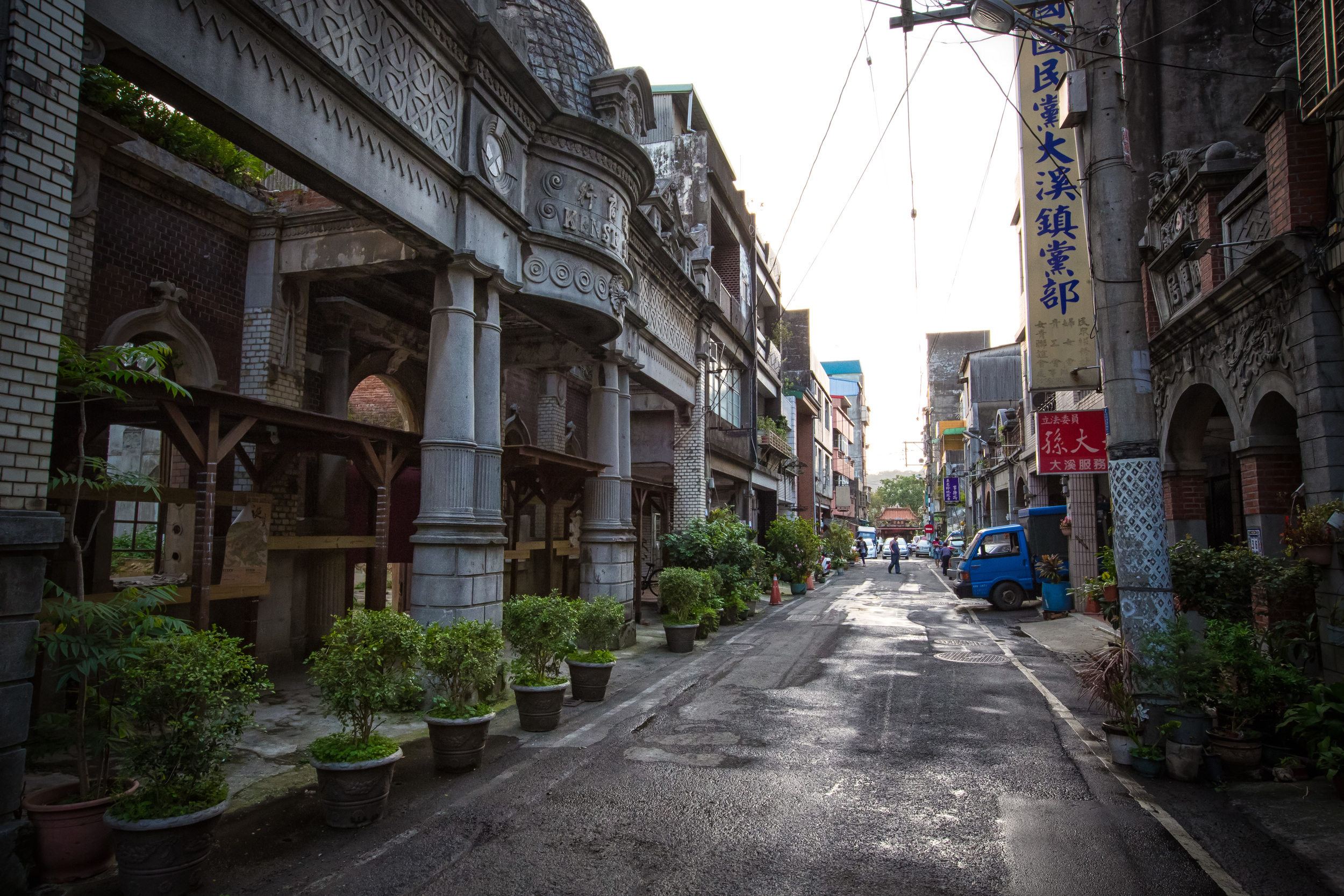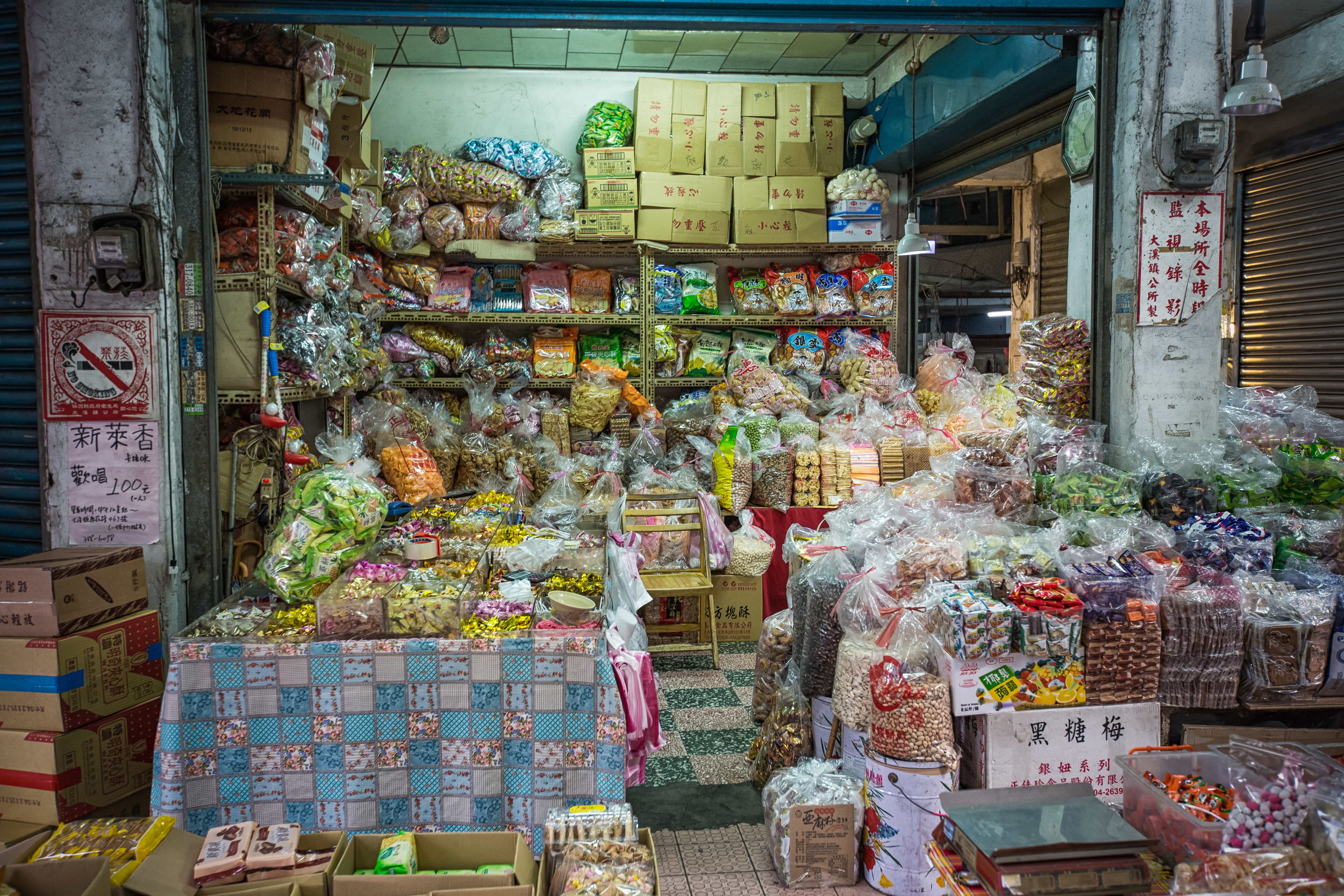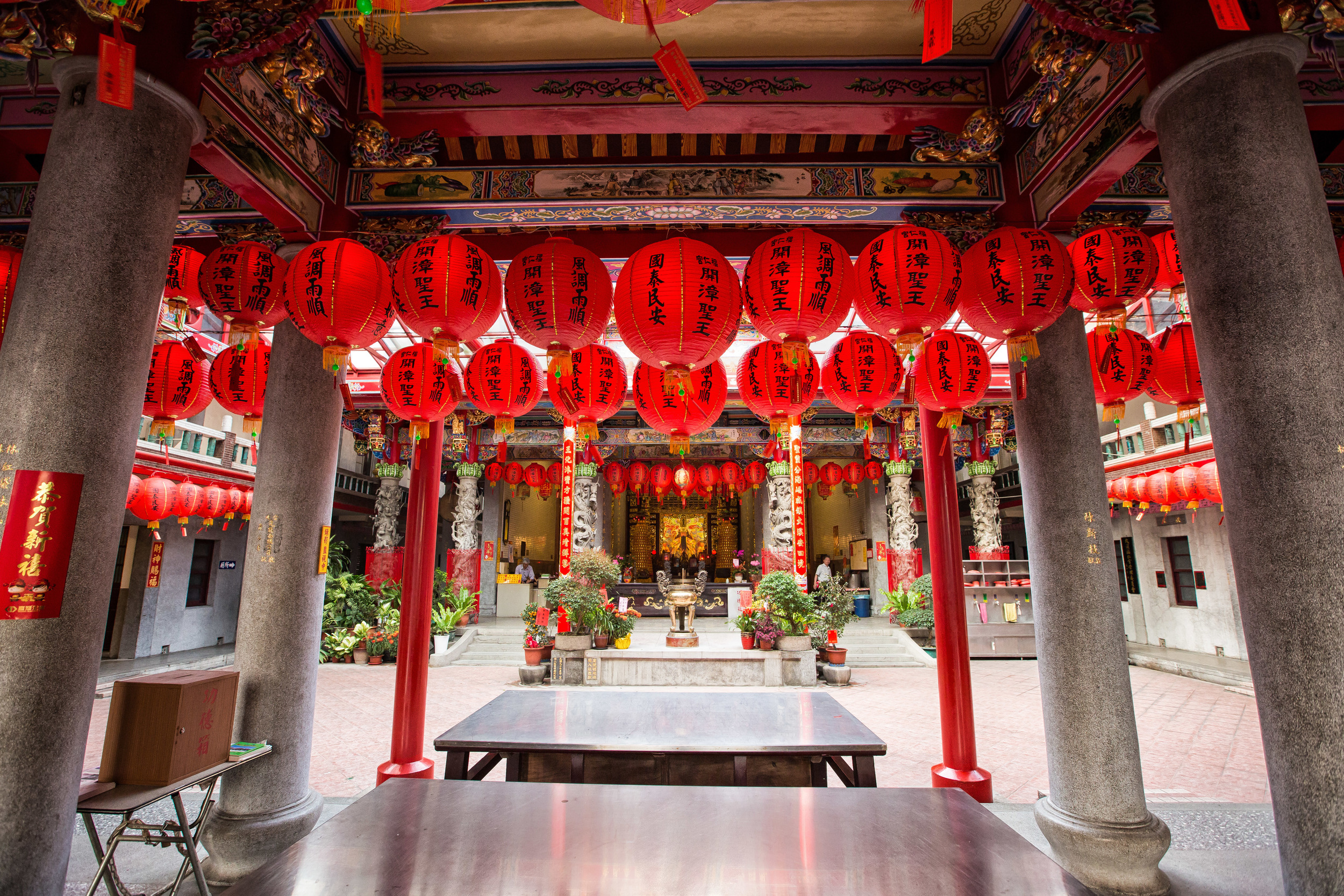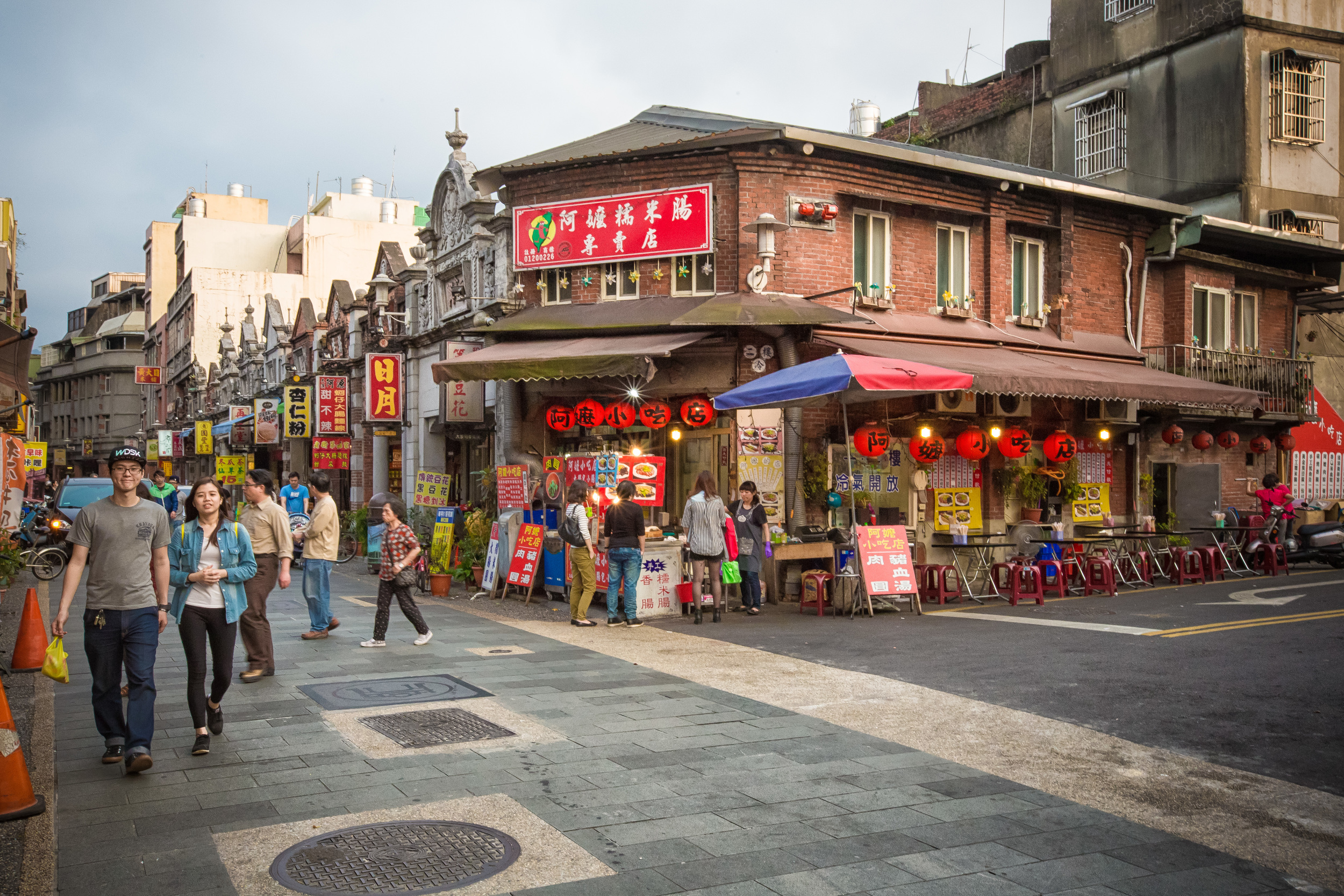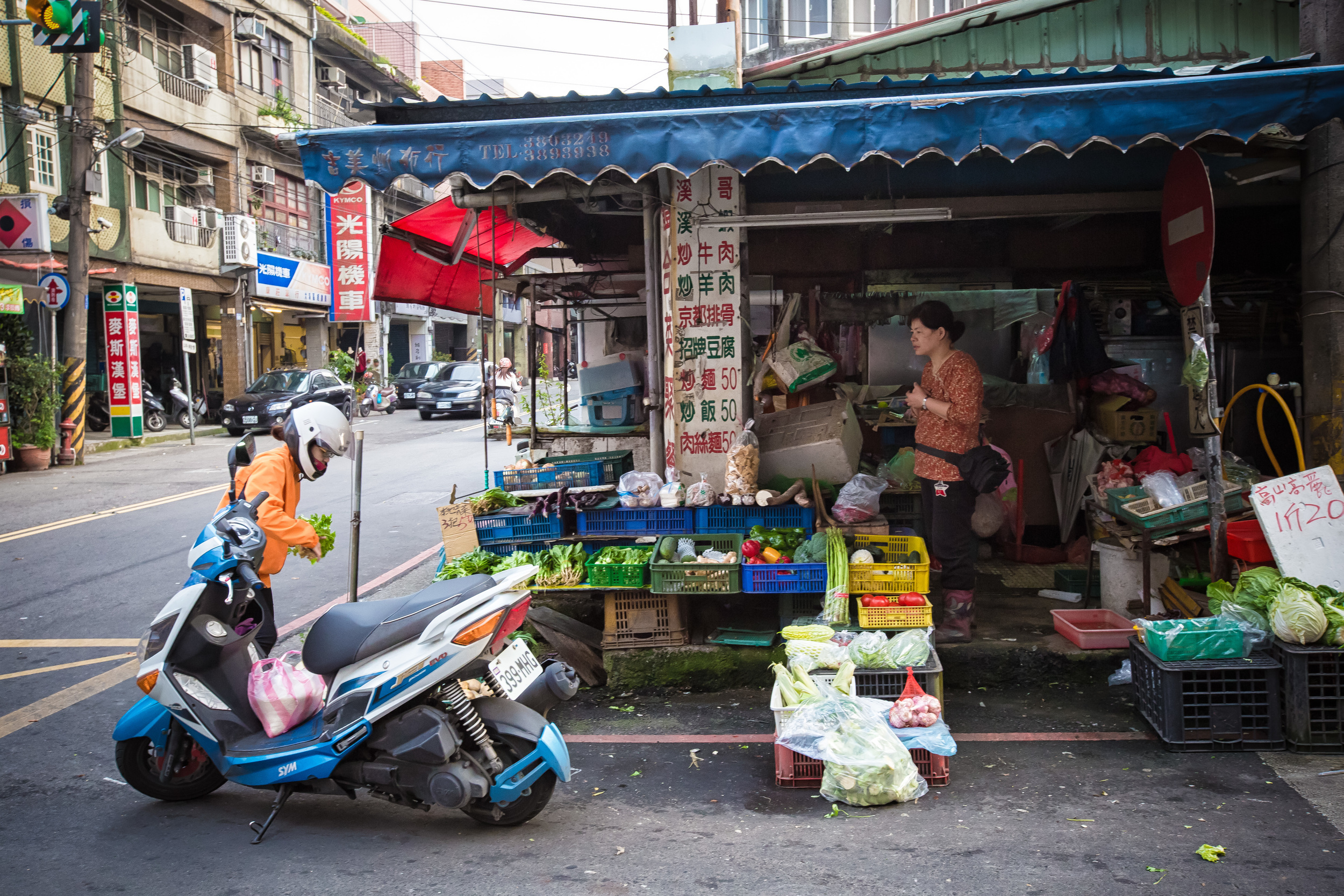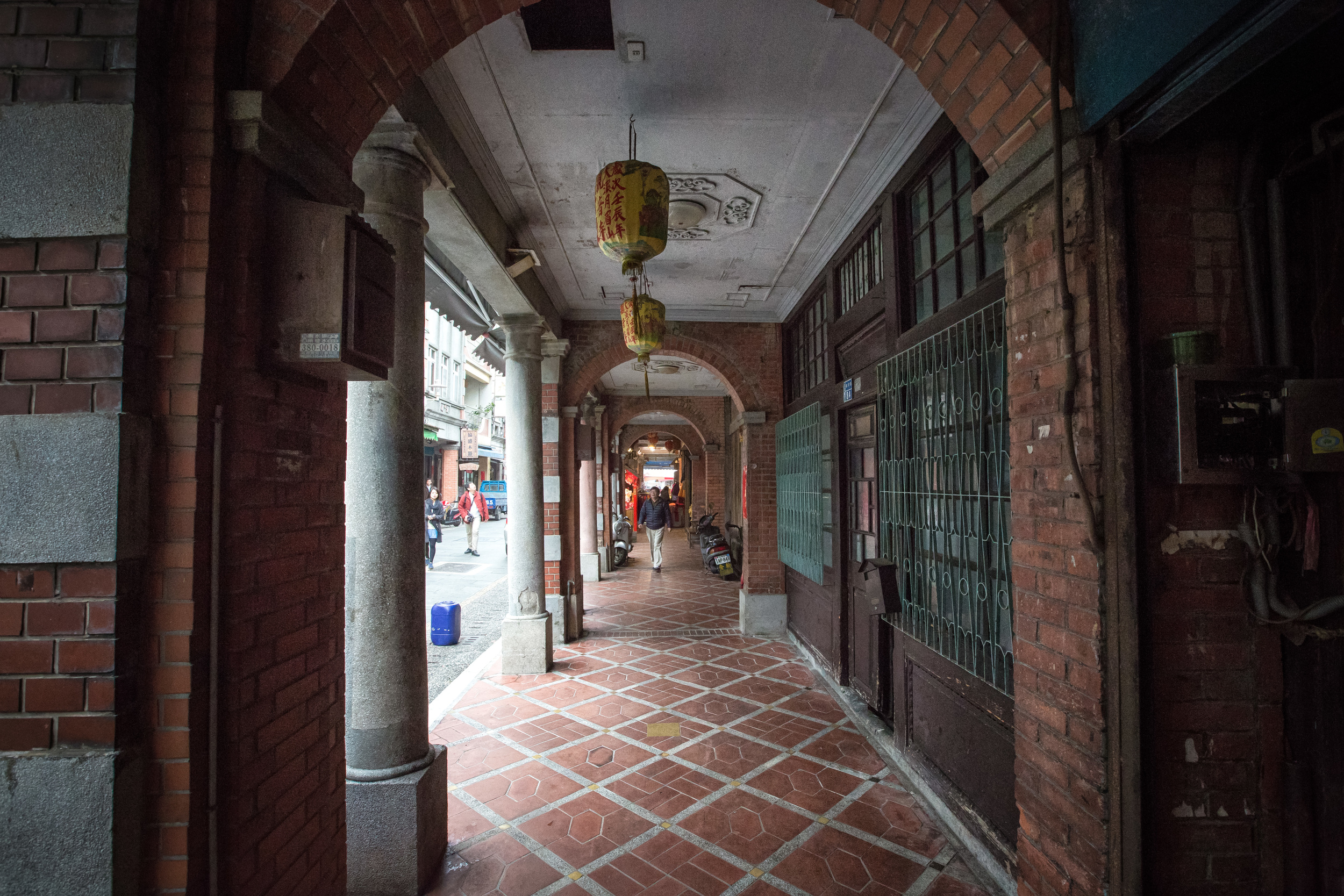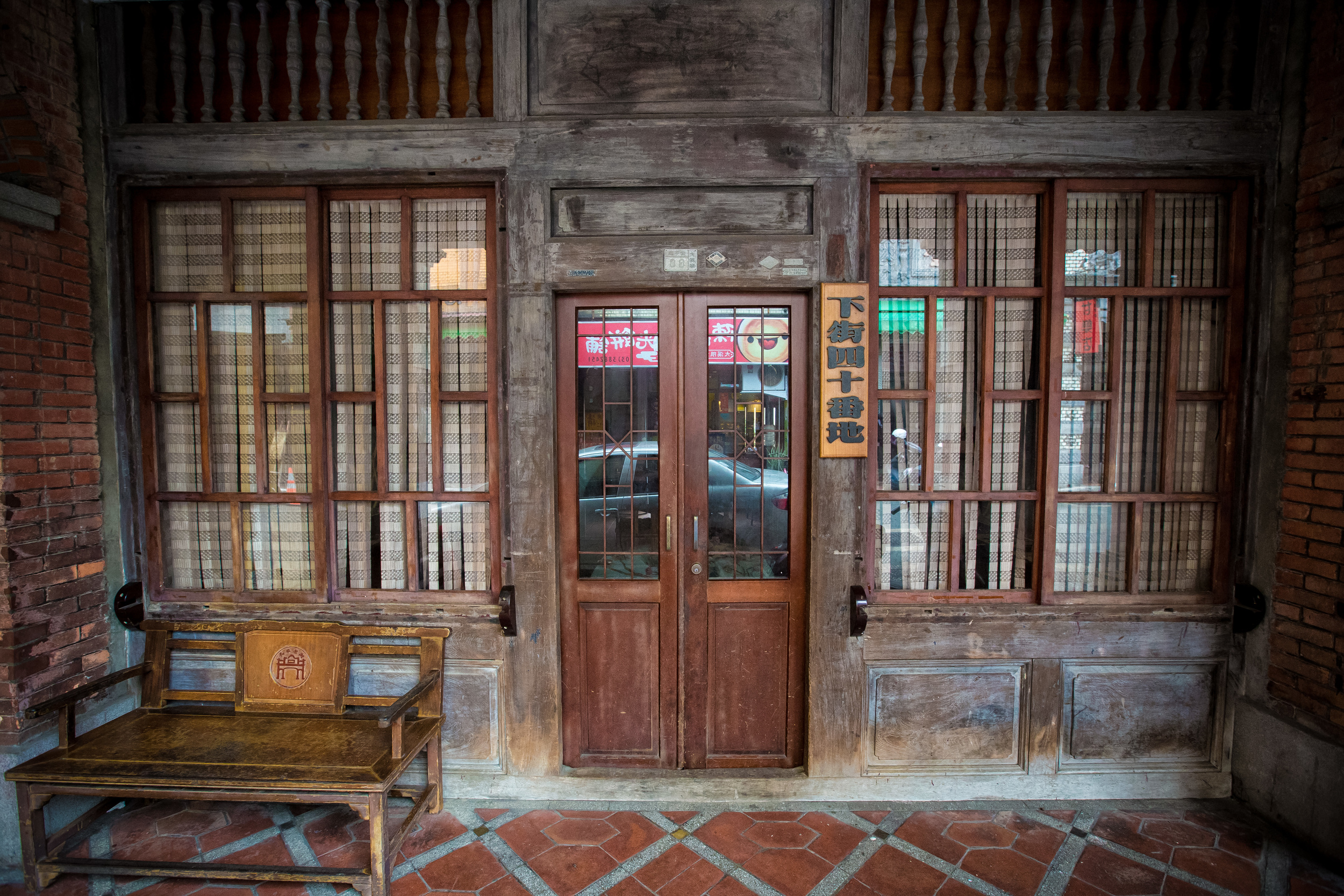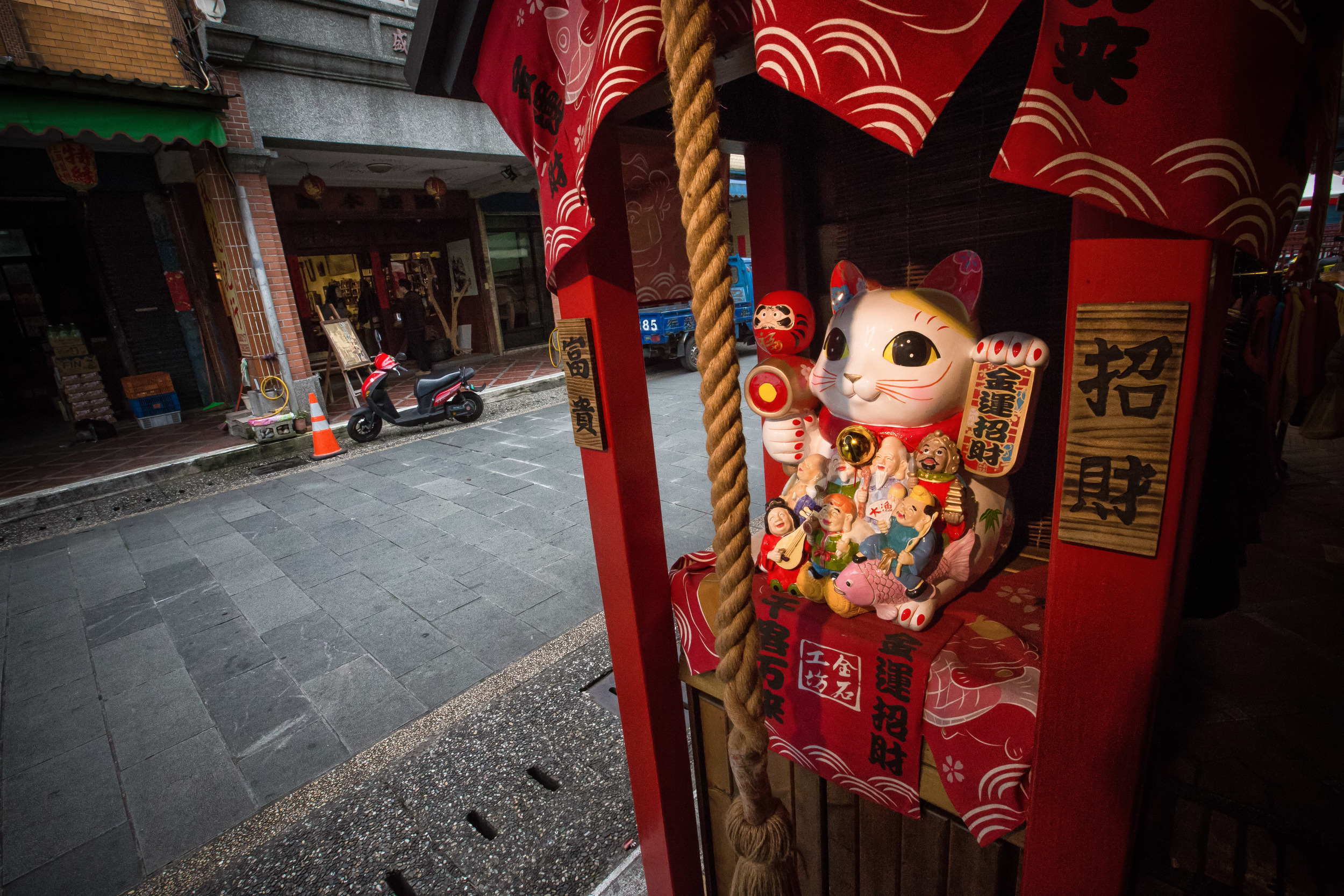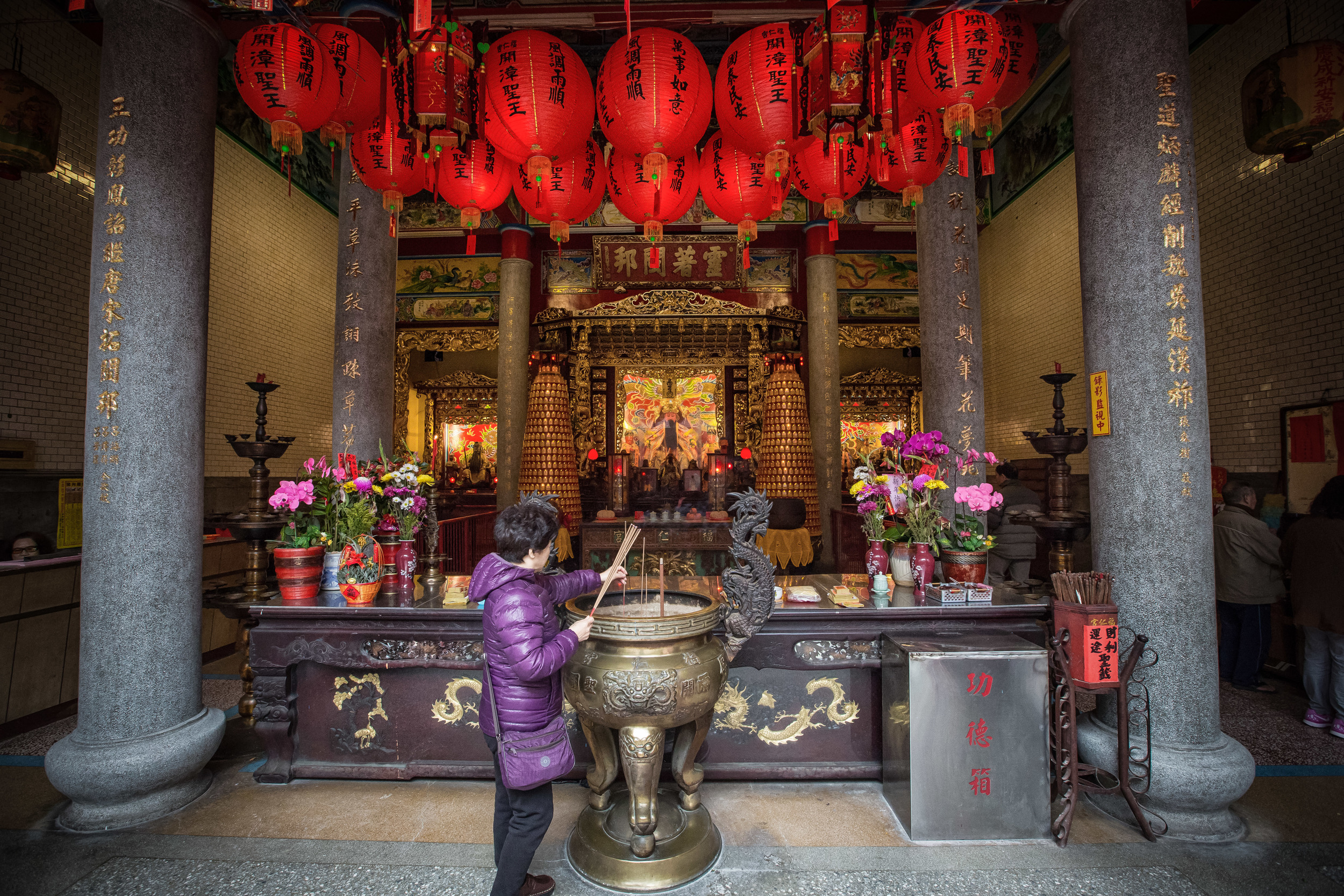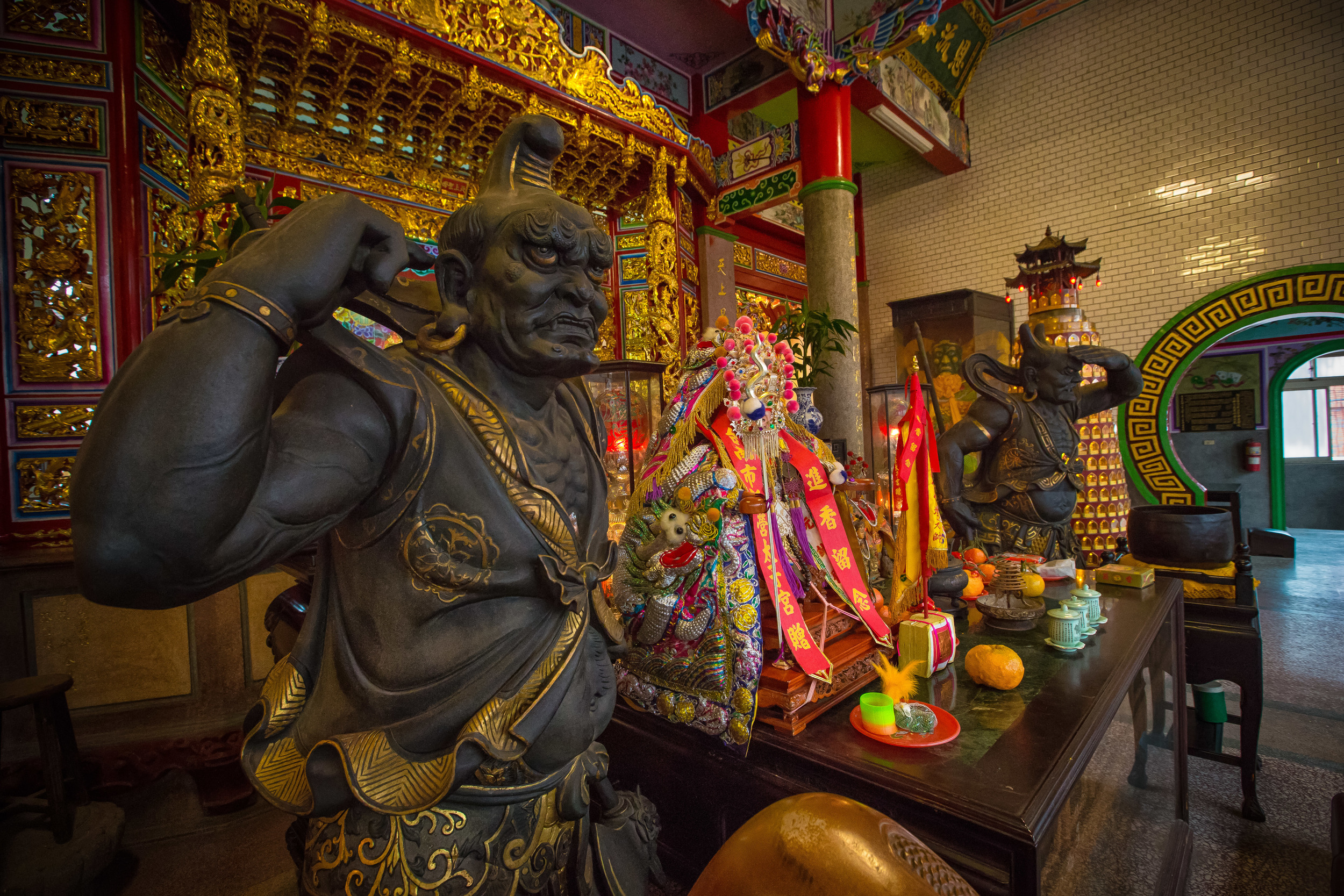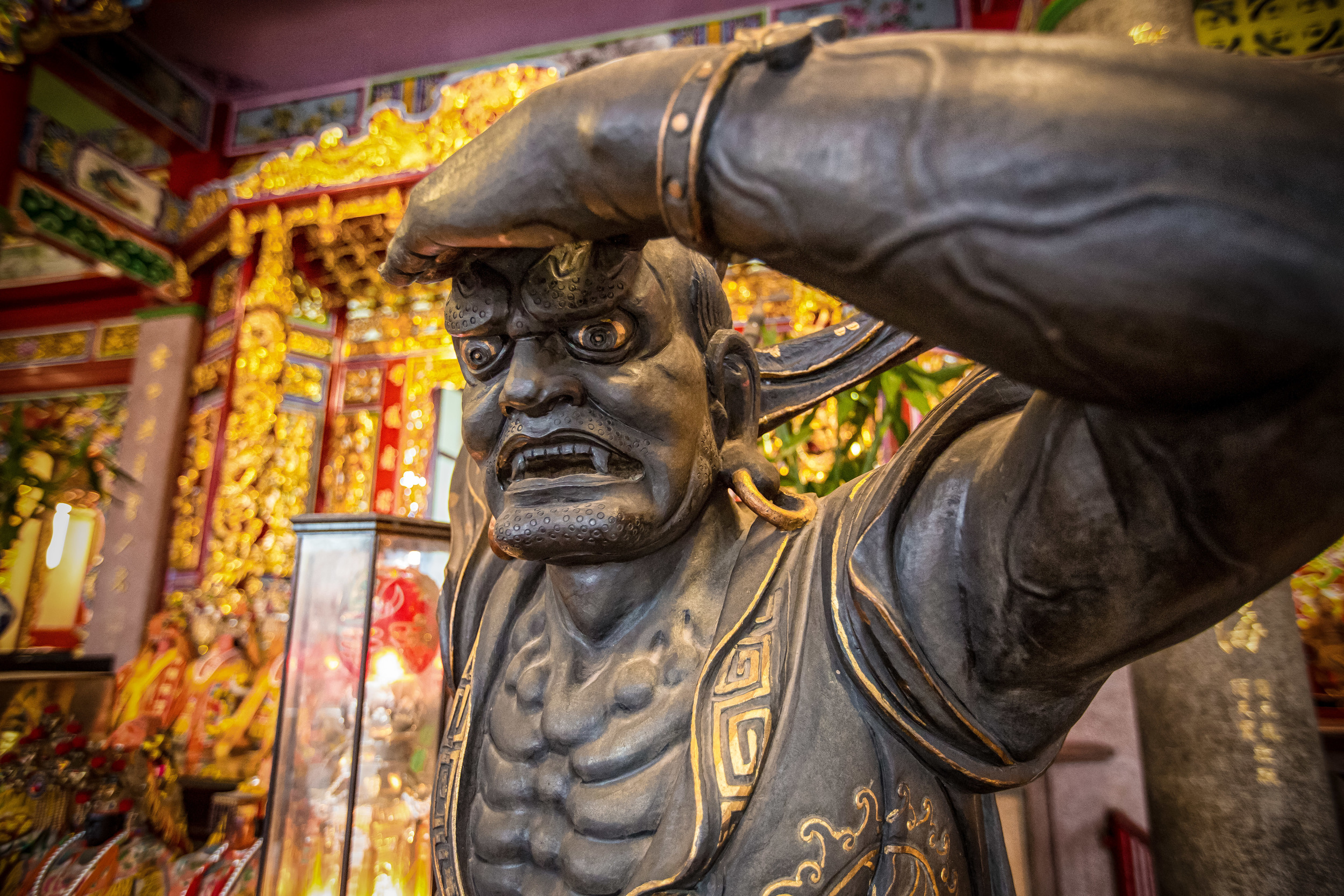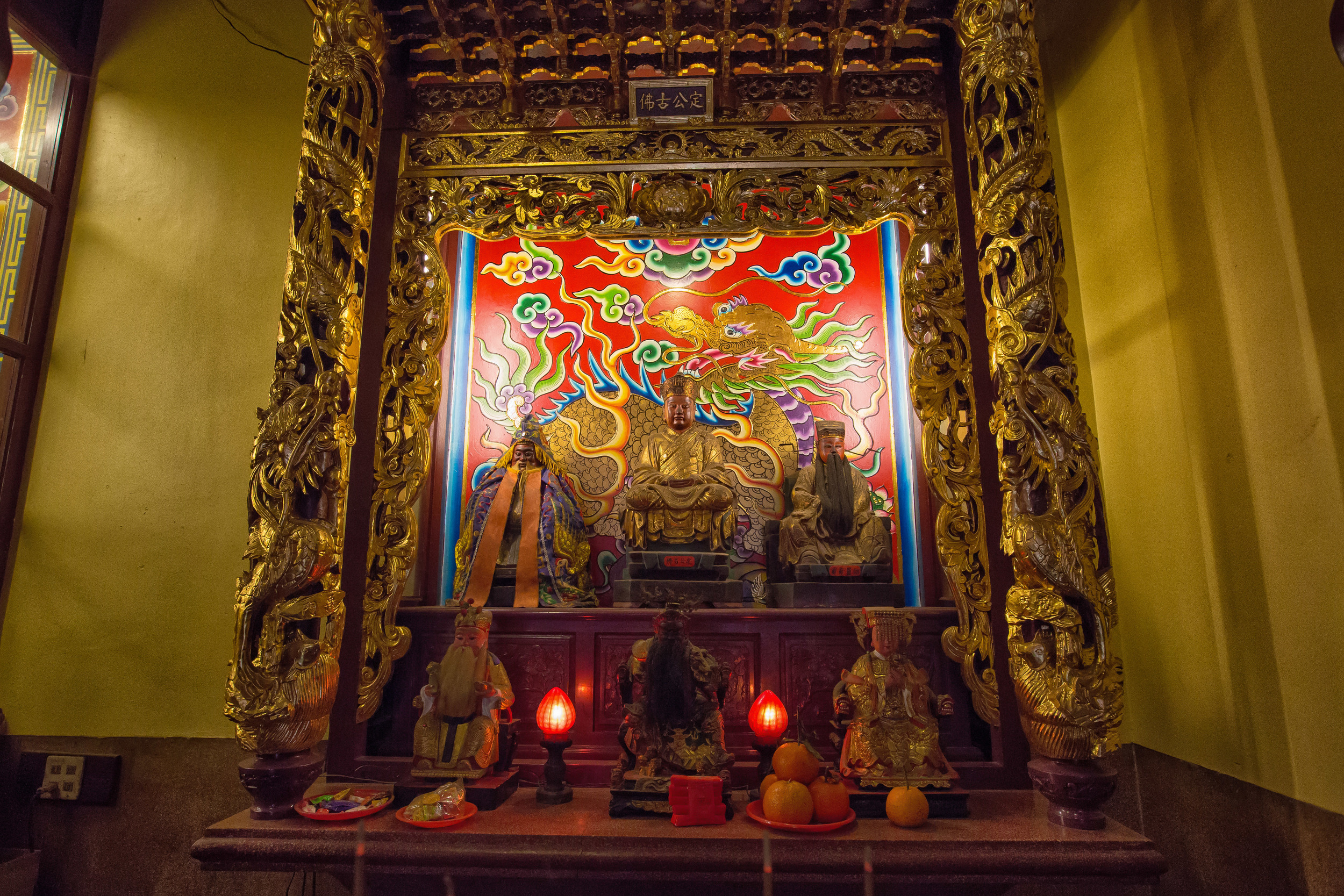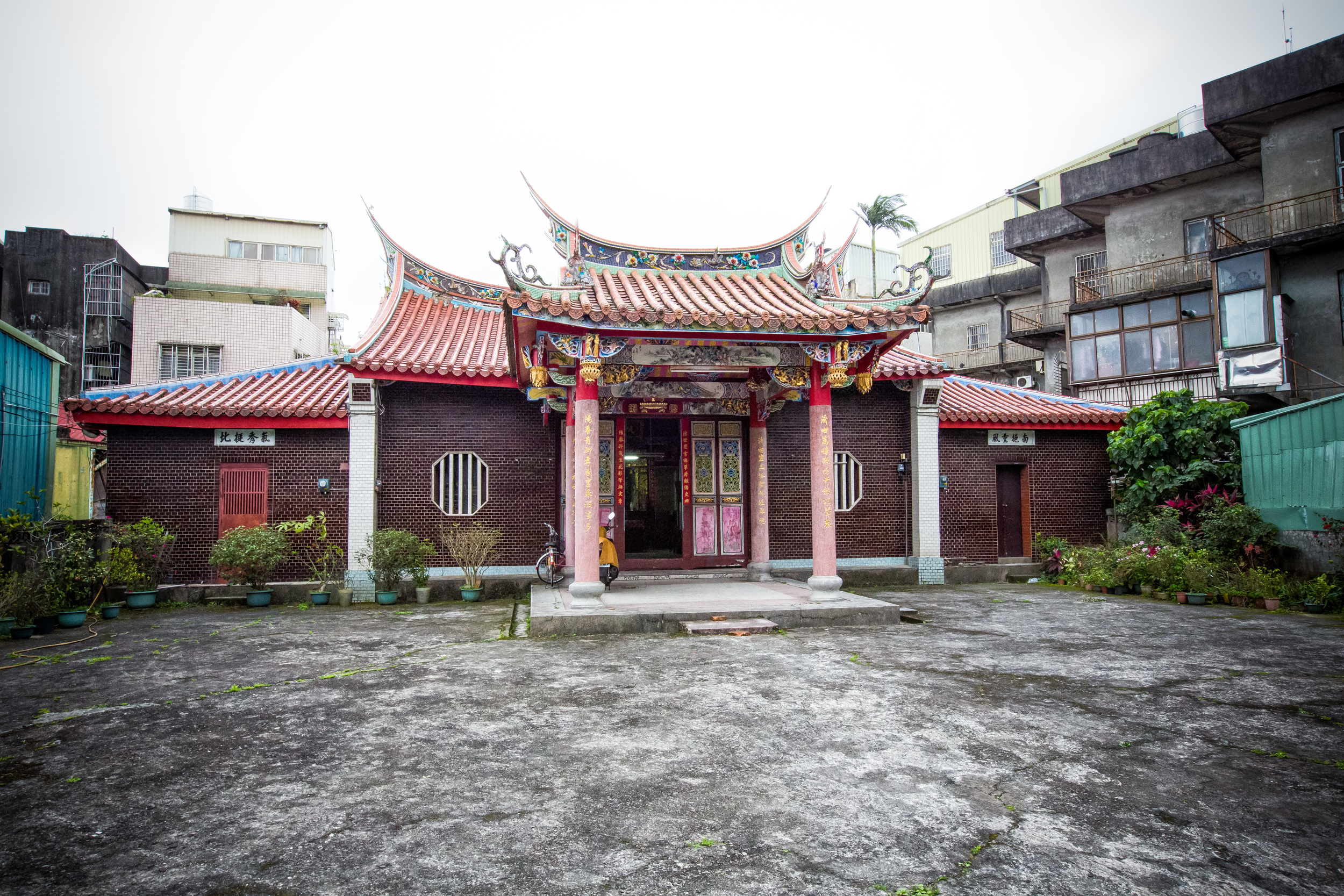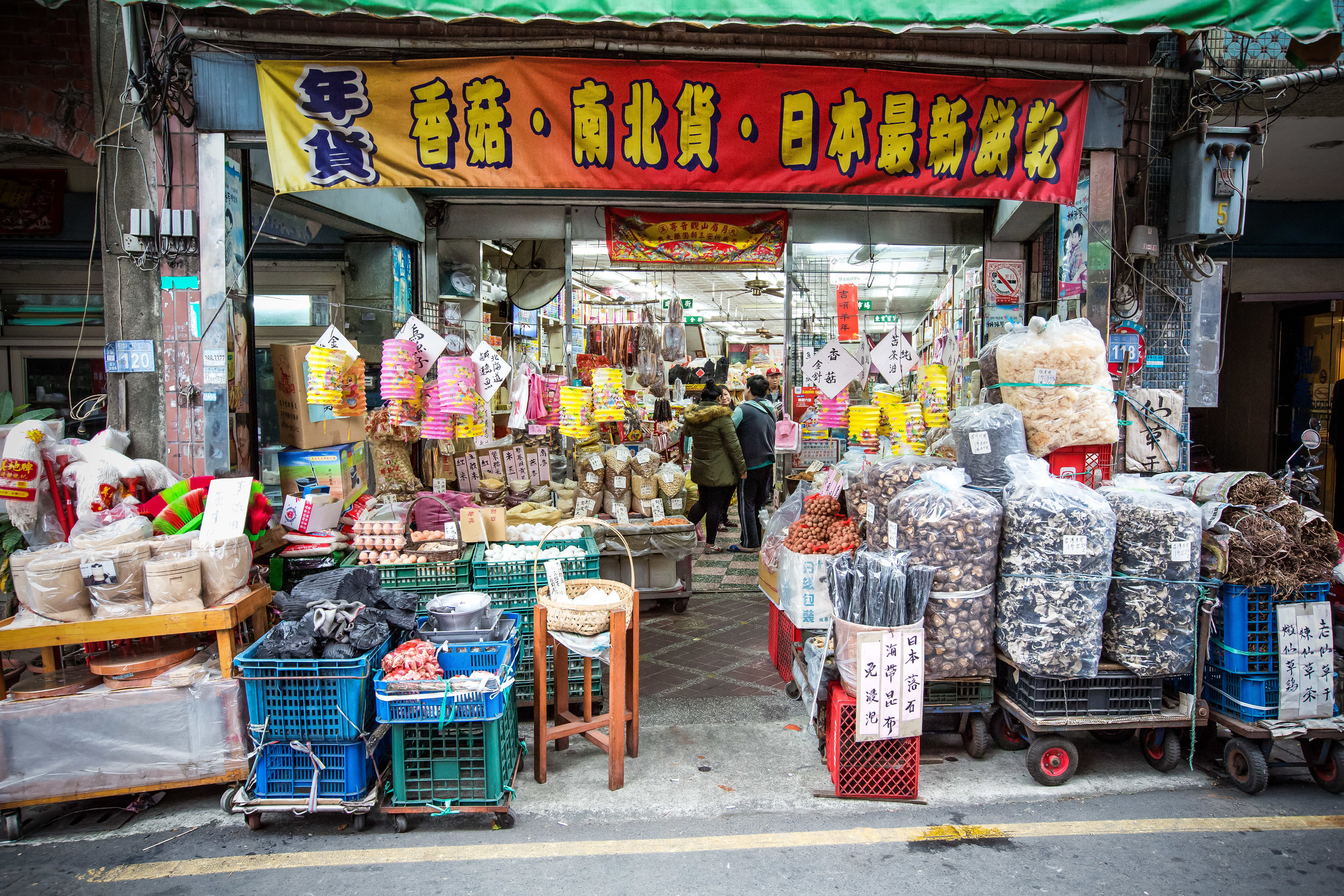Taipei has some of the hippest, stylish restaurants that you'll find anywhere in the world. Wherever you go in the city, you will be overwhelmed by the design of some of the restaurants and when it comes to food, Taiwan is extremely well-versed in the culinary arts. We are also lucky to have Food bloggers like the Hungry Girl's Guide to Taipei who do an excellent job of introducing new places and keeping us up to date on what the new trends in dining are in the city!
When modern design is what you are used to, it can sometimes be a bit strange to walk into a restaurant like Laotoubai (老頭擺客家餐廳) here in Taoyuan and not feel a sense of awe as you will be dining in a home that is over one hundred years old and certainly spares no effort not to look it!
As far as the food goes, Laotoubai is your typical Hakka-style restaurant which serves up all the traditional dishes you would expect. Their take on Ginger Intestines (薑絲大腸) and Salty Pork (鹹豬肉) are the best I've had (I live in a predominately Hakka area) and their fresh River Shrimp (炸溪哥) are taken from the river next to the restaurant!
The food is only one reason why this restaurant is so awesome though and actually isn't the reason why I'm posting an article about a restaurant on a photography blog. The house, which seems to be a mansion is the former residence of Hakka farmers and is a large traditional three-section house (三合院) which still features a lot of the old furniture and decorations the original inhabitants would have used.
Each of the dining rooms in the restaurant has something cool and of historical value to see including traditional beds, old dressers, mirrors, wall paintings, scrolls, record players, farming hats and antique tools such as a rice tiller.
The restaurant is great for exploring and they don't waste time with plaques to explain everything like a museum does.
While I was walking around taking photos, a few parents were also walking around with their children explaining what all the antiques were used for which was teaching a valuable lesson of Taiwan's history that they probably wouldn't have gotten in any textbooks.
I've been to this restaurant several times over the years and it has always been one of my favourite in the area I live in - While it can be busy, it isn't similar to those in Taipei as you won't likely need to make reservations (unless you need one of the larger dining rooms.)
In summer, I prefer sitting outside in the courtyard on the picnic tables to enjoy the weather. If you choose to sit outside, they have a few tamed chickens that walk around keeping you company!
Whether you're looking for great food or dining in a place where you can learn a bit about the past, this restaurant is a great example of both - and also proves that you don't have to shell out wads of cash for the hippest interior designer in town to attract business!
It also provides excellent light and is appealing to the eye of a photographer!
Food Shots from my iPhone
I don't take food shots with my camera, but I'm not above taking some with my iPhone - Here are some shots of the food I had the night I visited. As mentioned above, my favourites were the Salty Pork and the Ginger Intestines! Hakka Cuisine is one of the best to be sampled in Taiwan and if you are in the country you should definitely give it a try!
How to get there:
Address/地址: 325 桃園縣龍潭鄉中正路三坑段546號 / #546 Chung-Cheng Road (Sankeng Section) Longtan Village, Taoyuan County.
Telephone: +886 3-4711359 / Website (Chinese Only)
Gallery / Flickr (High Res Shots)
